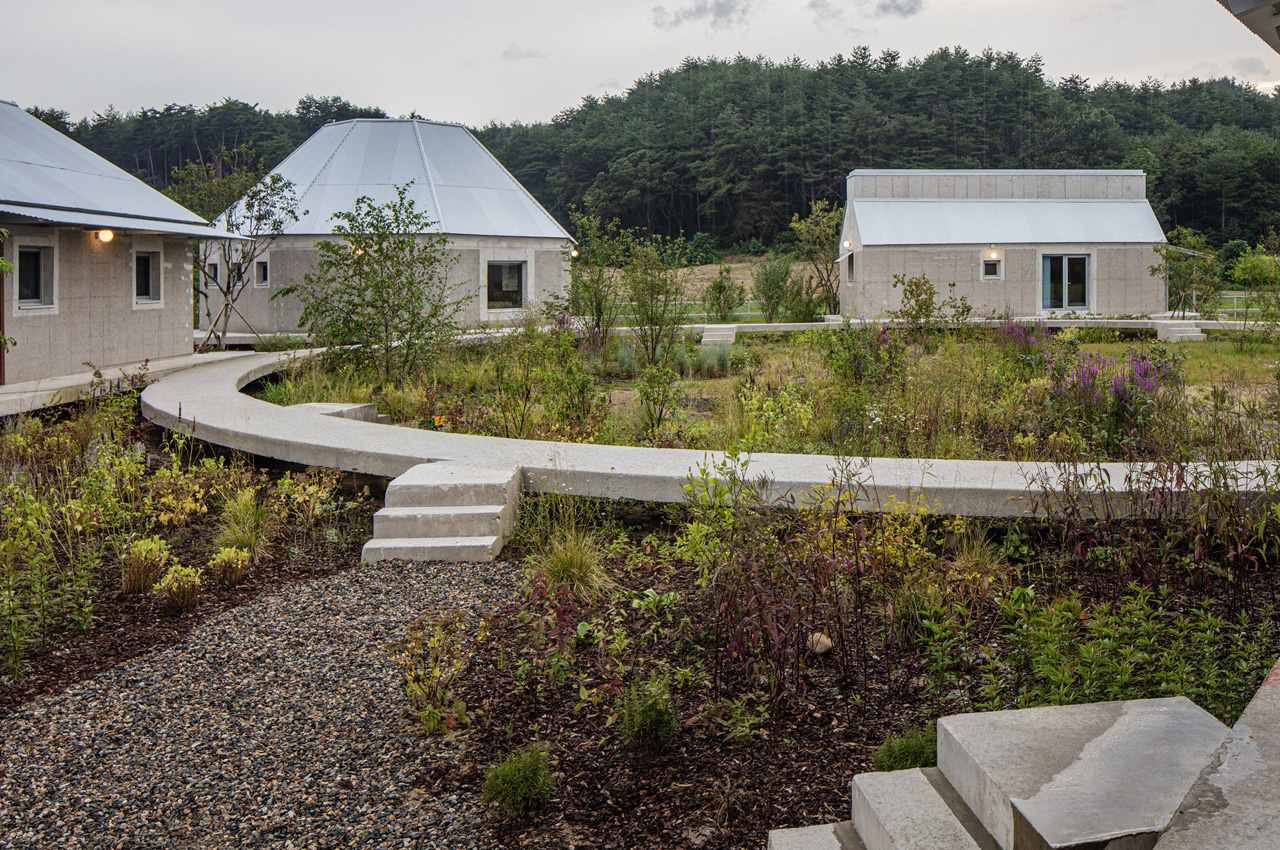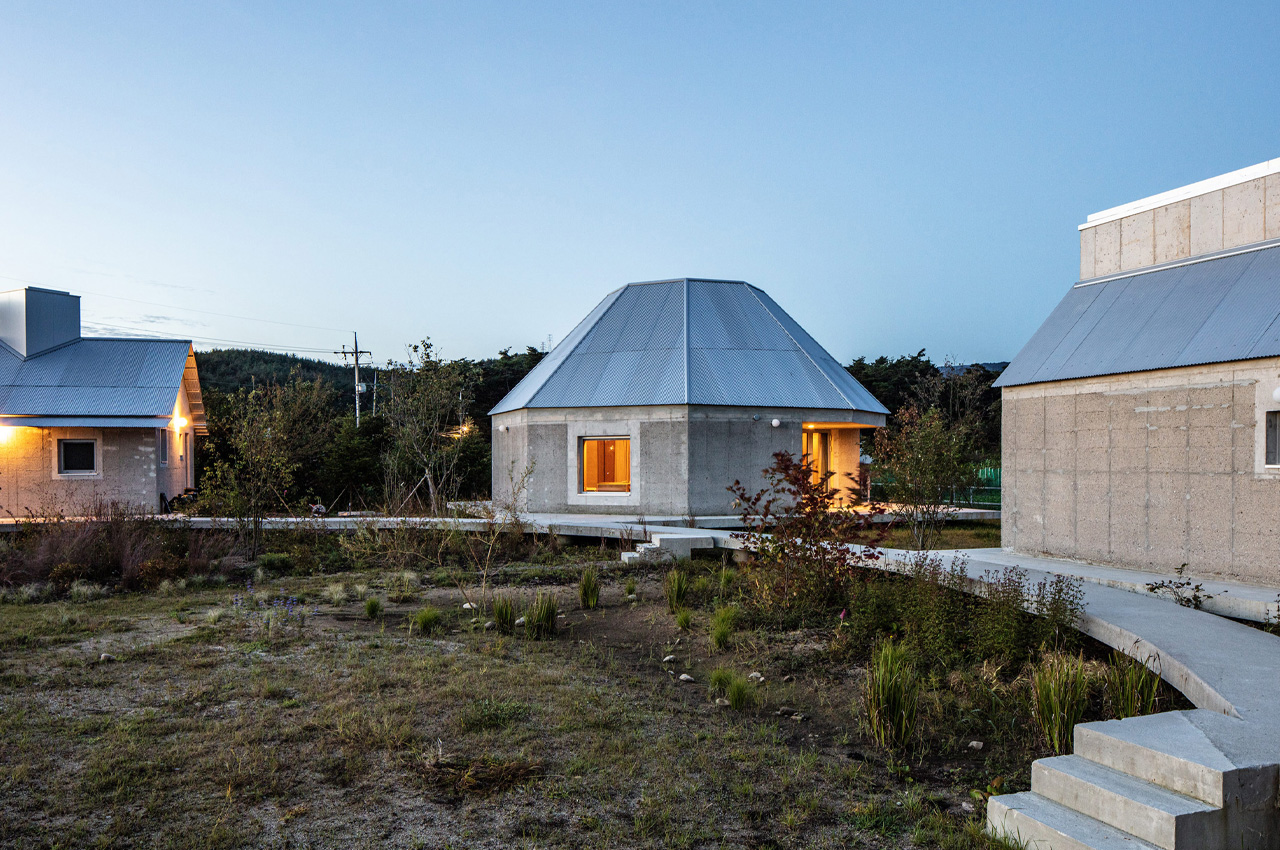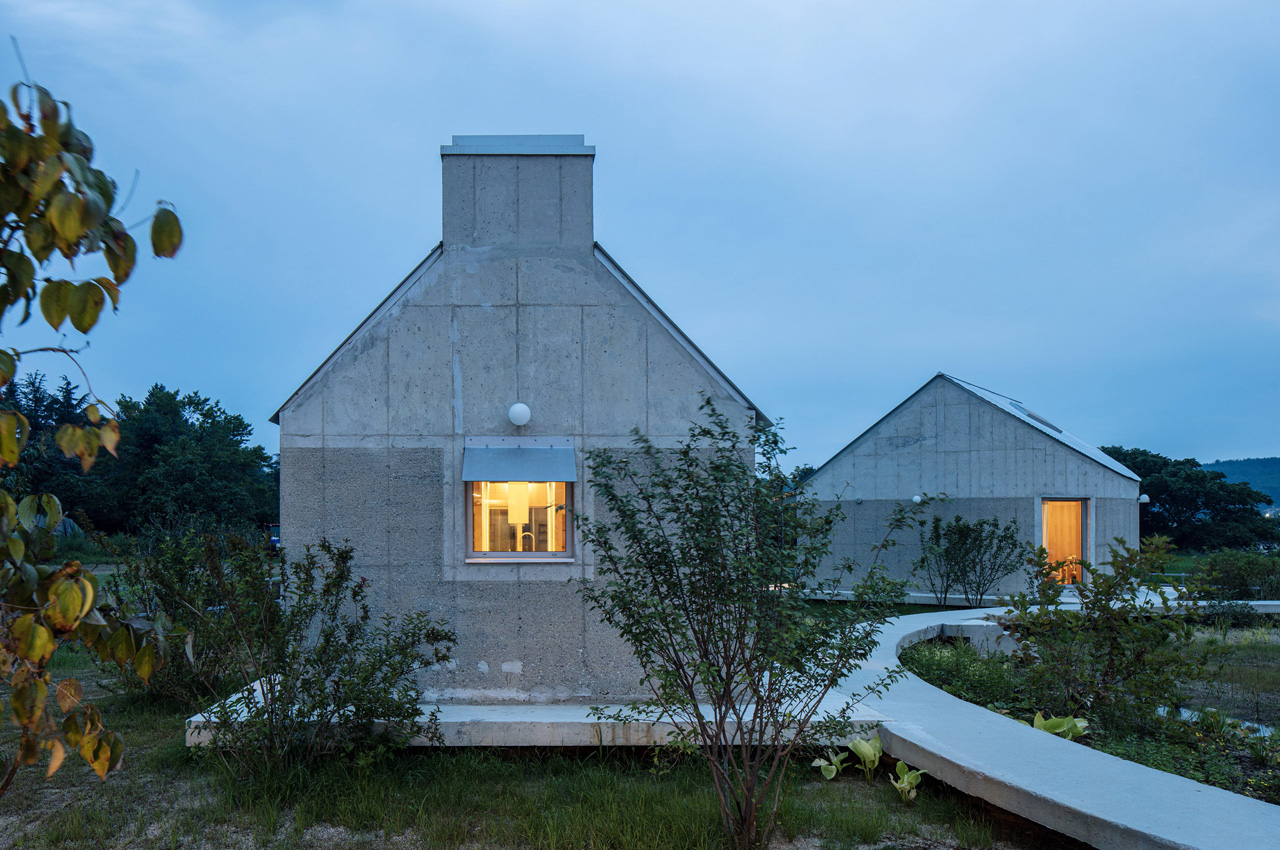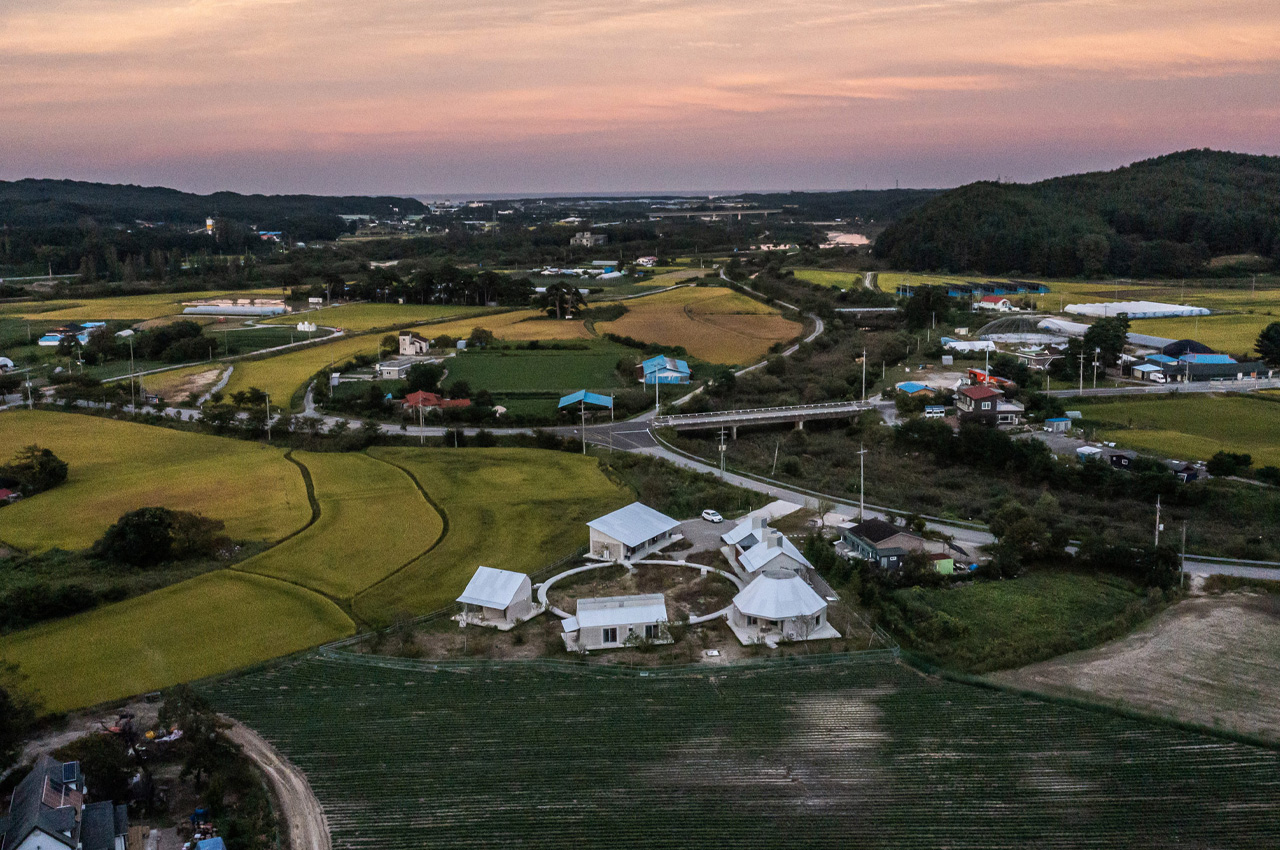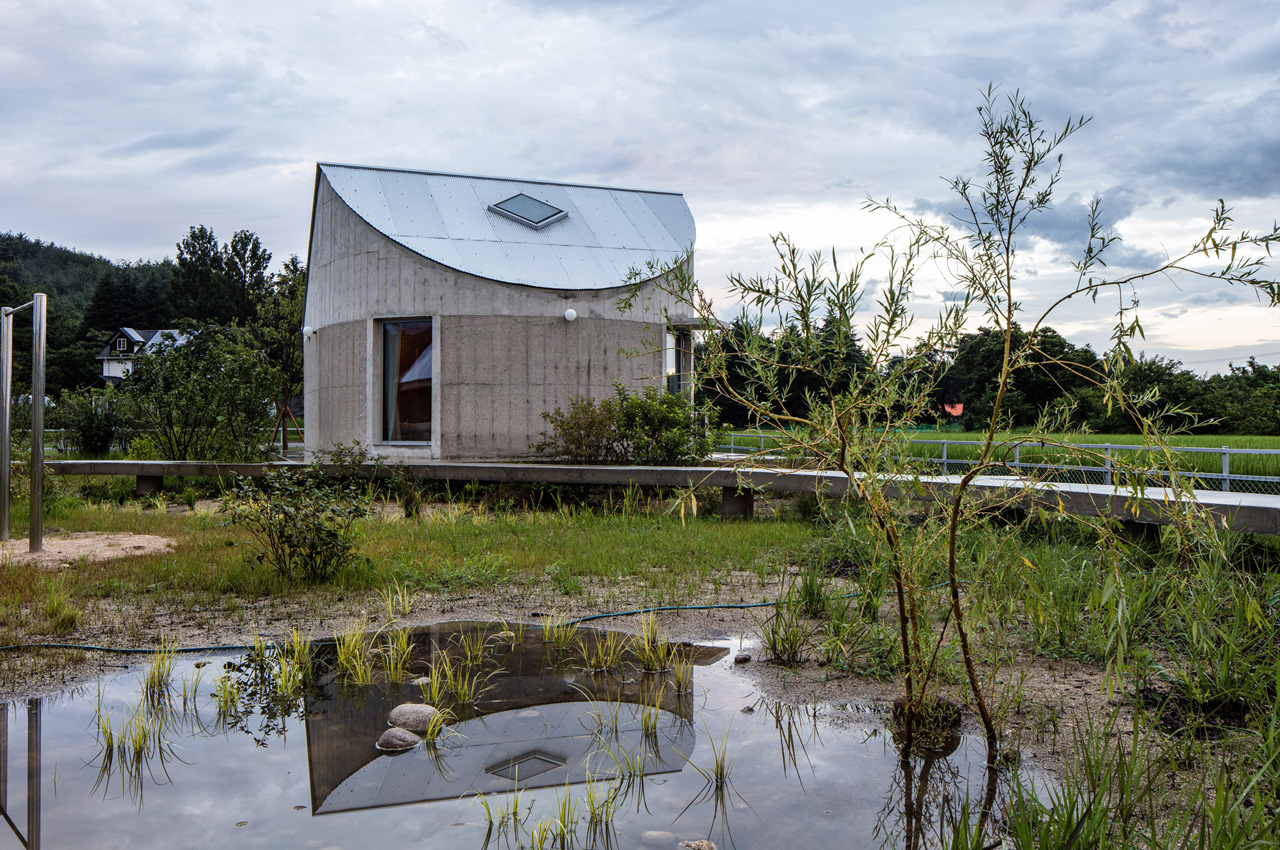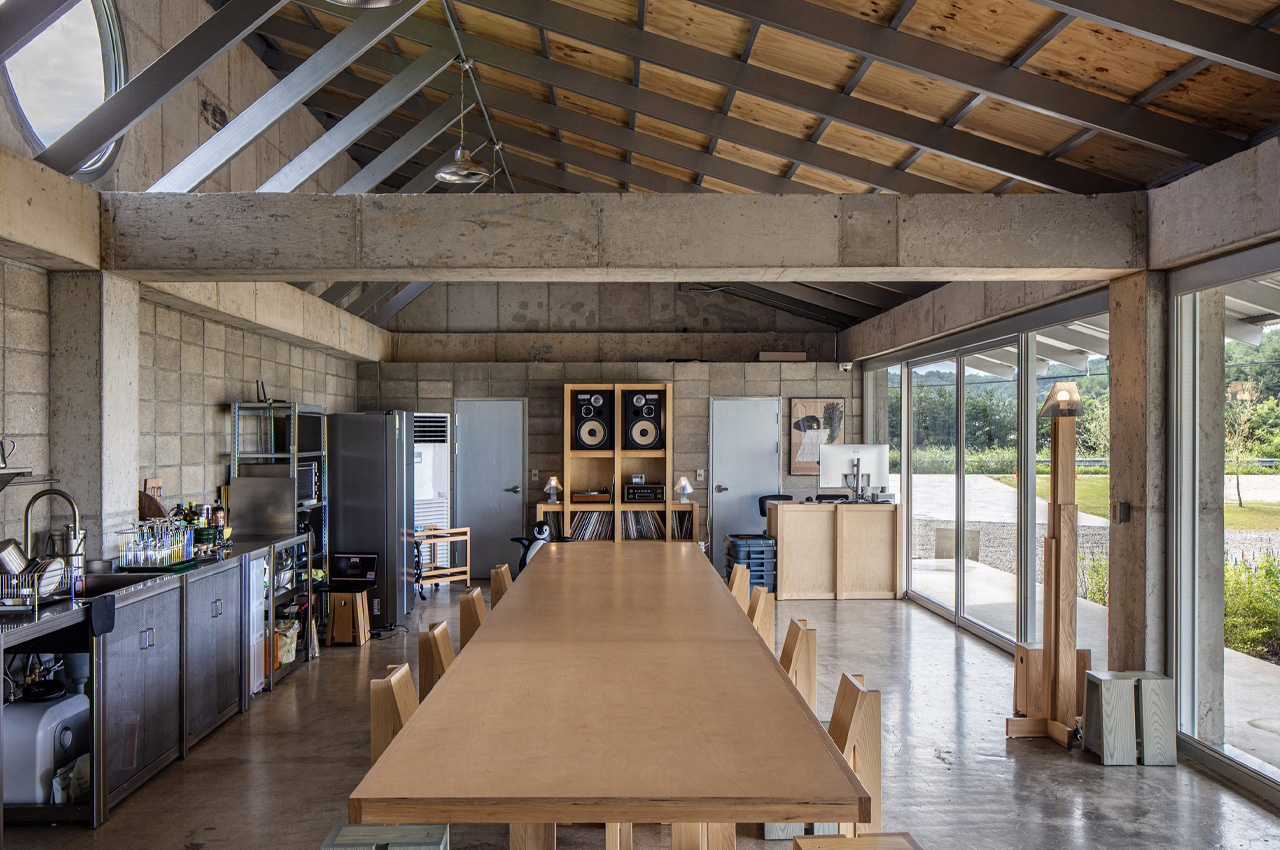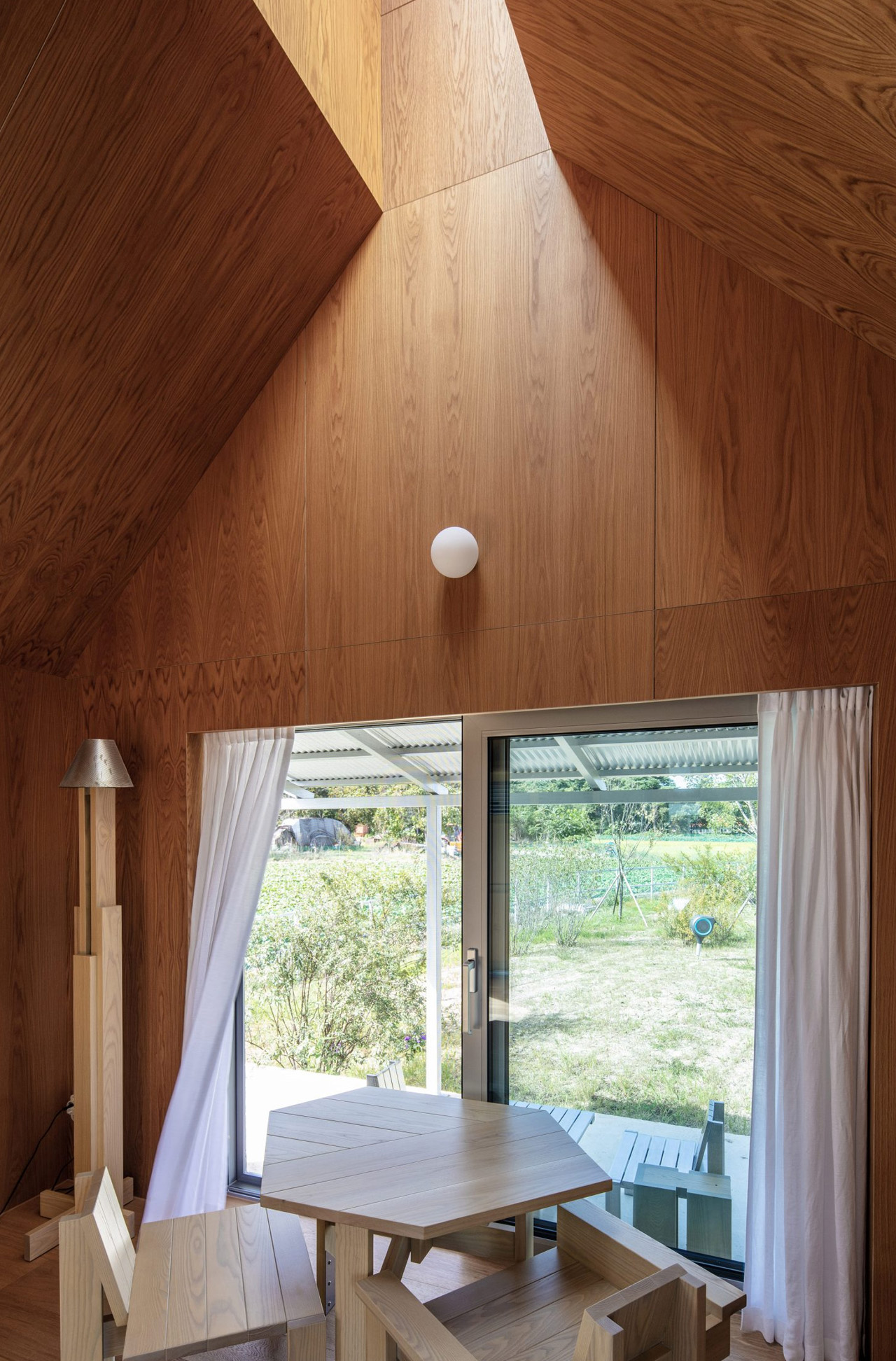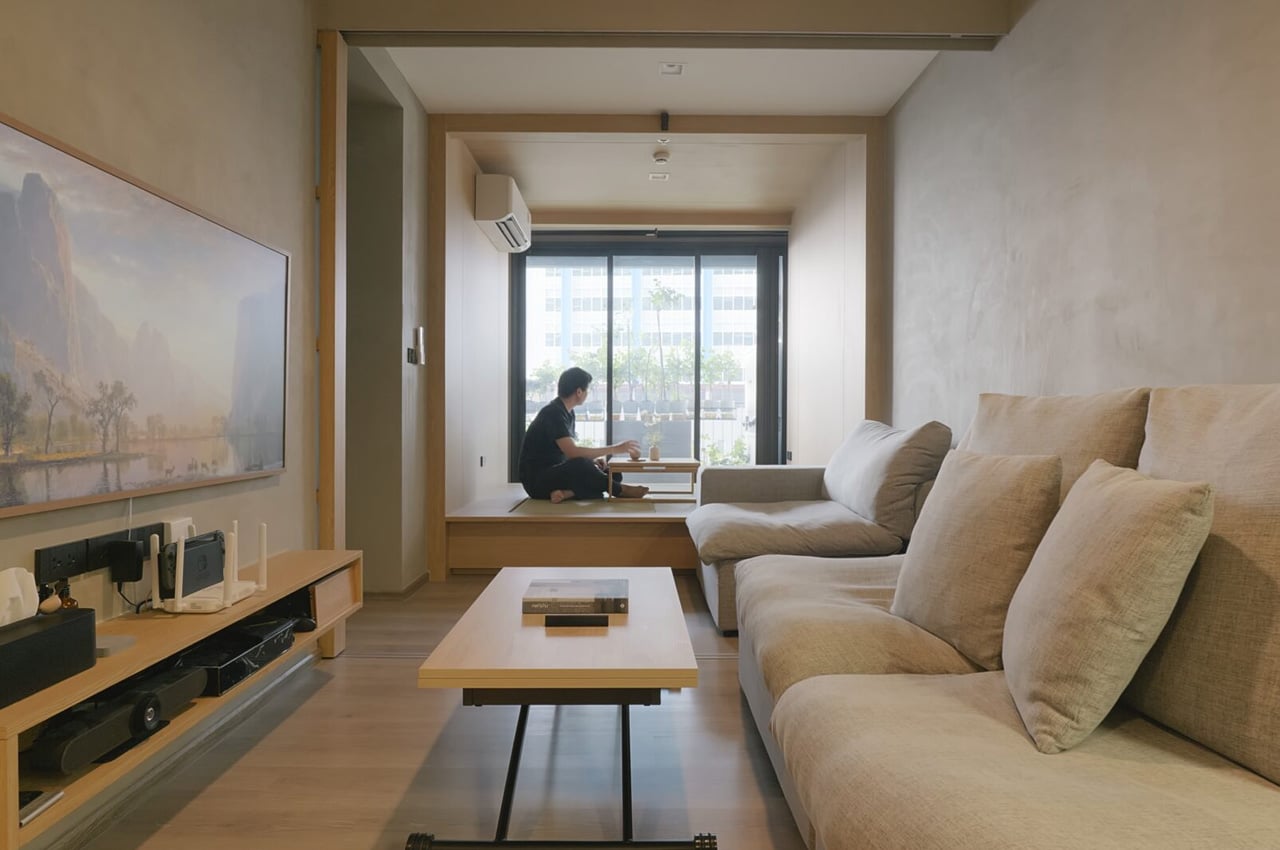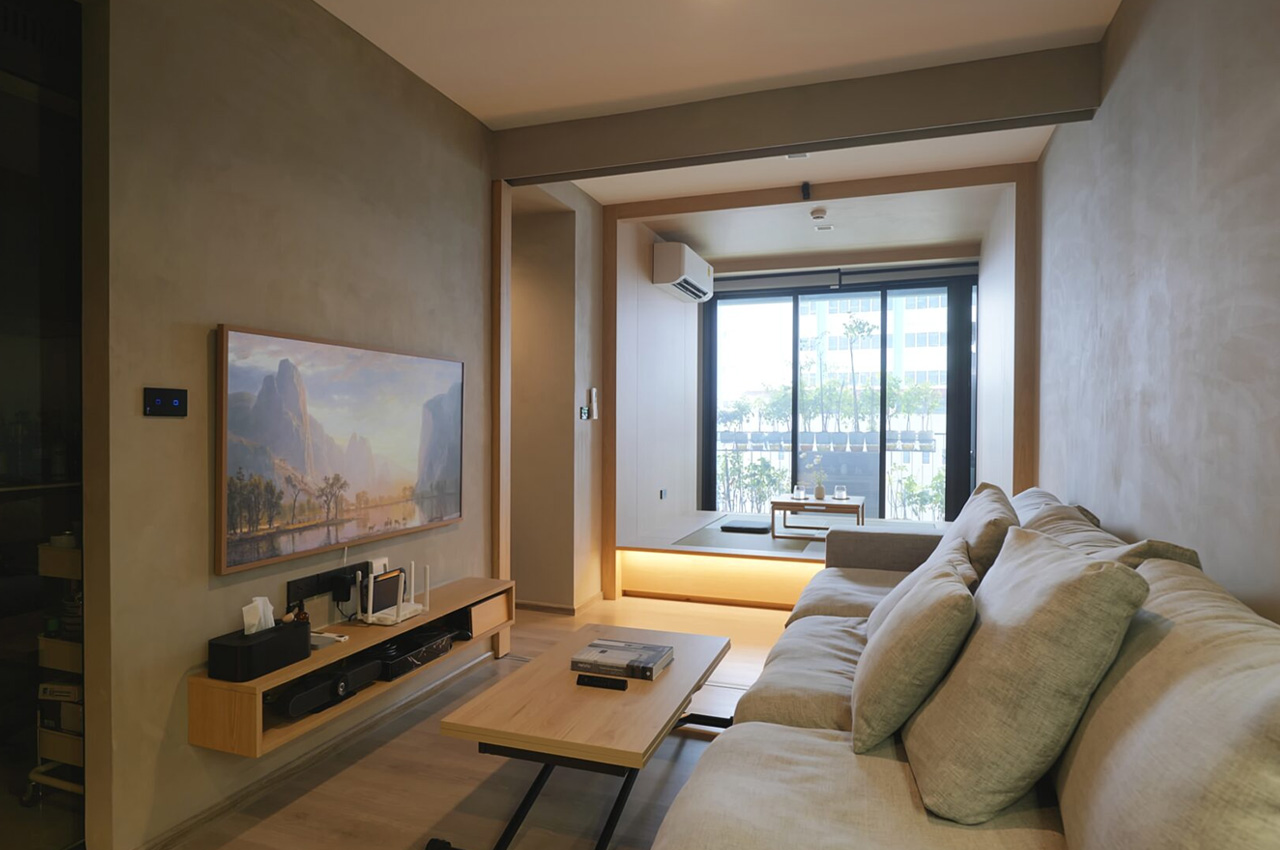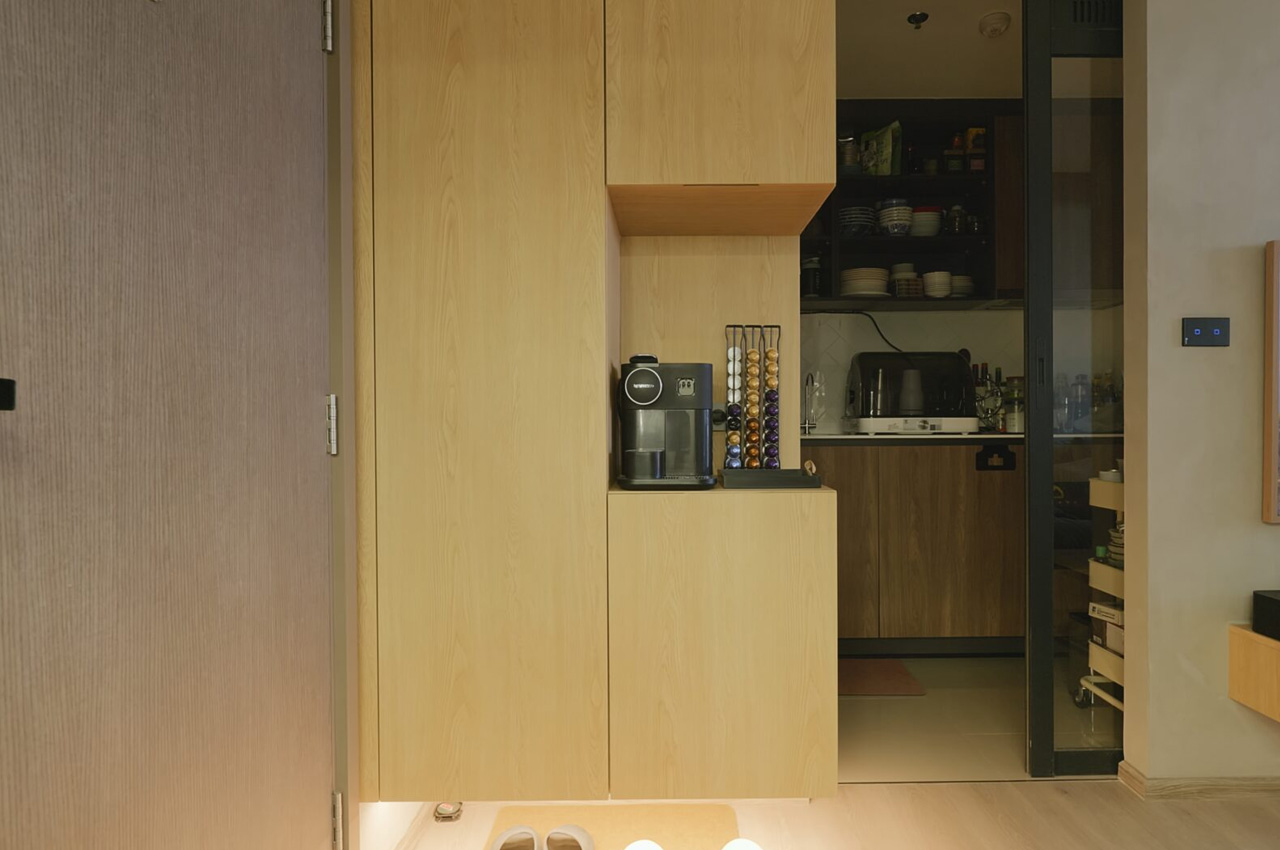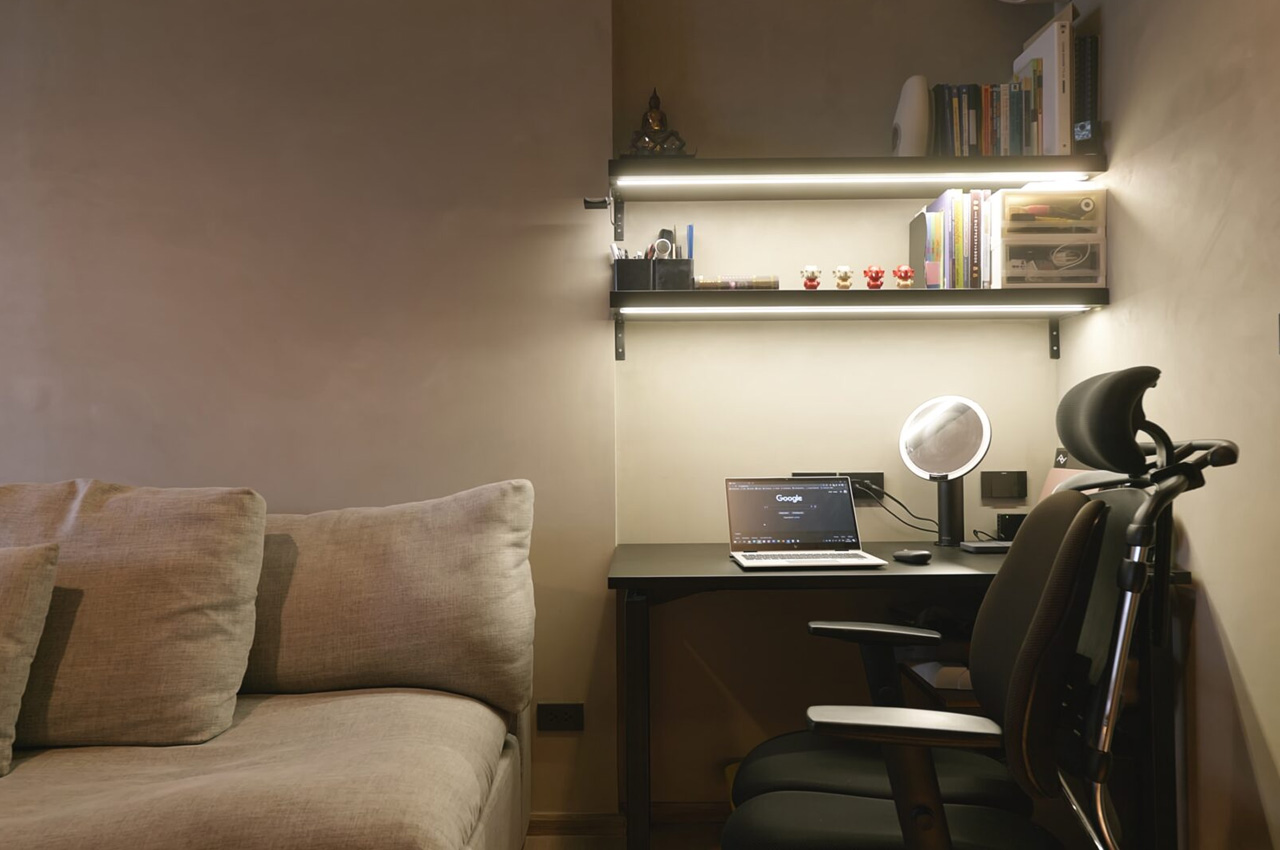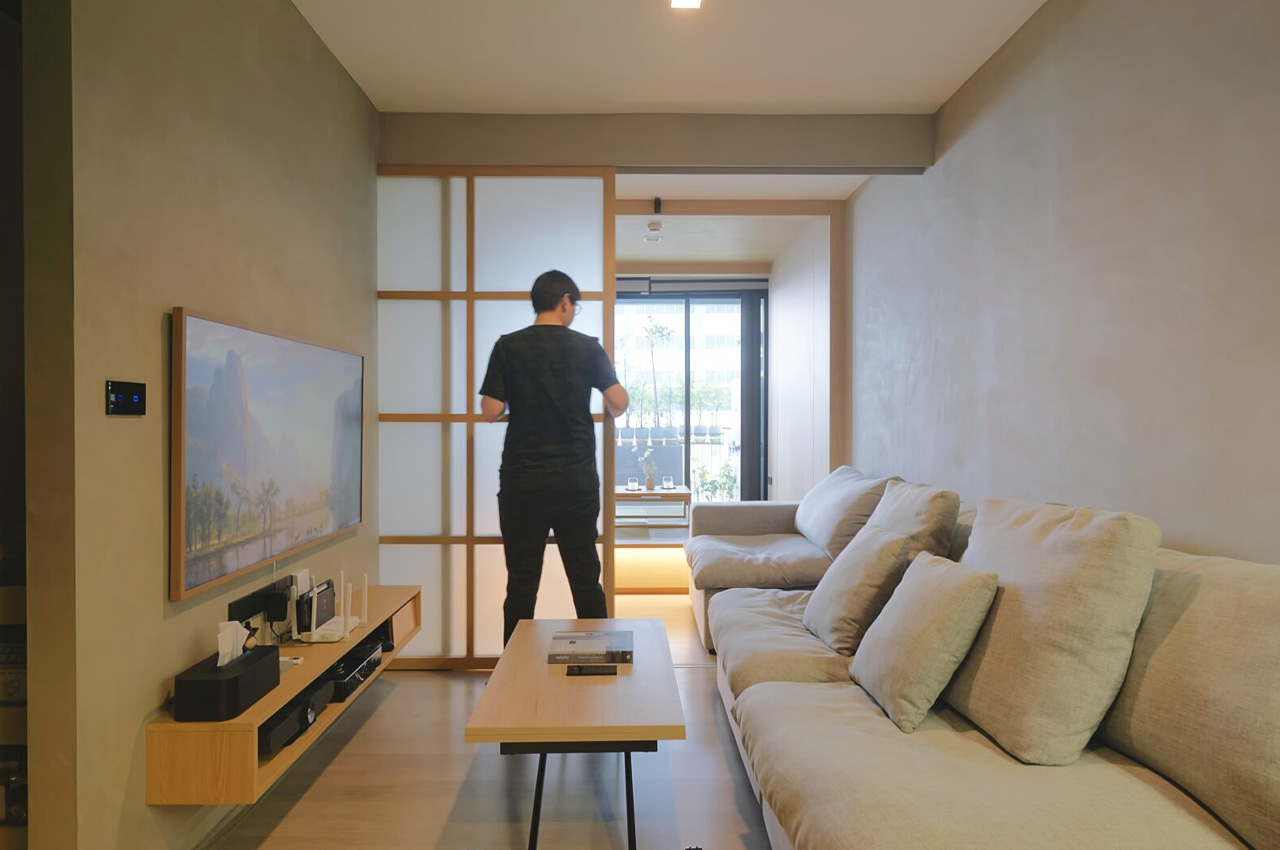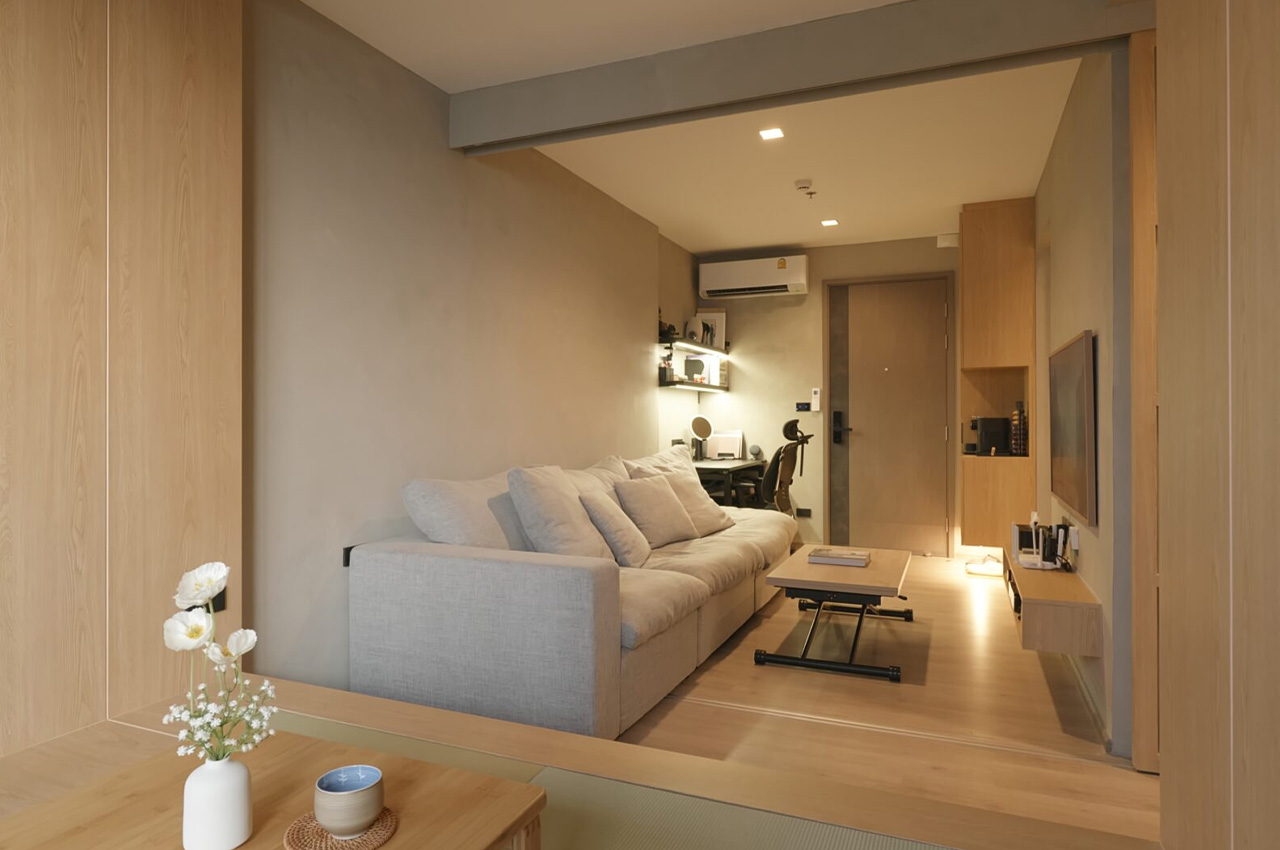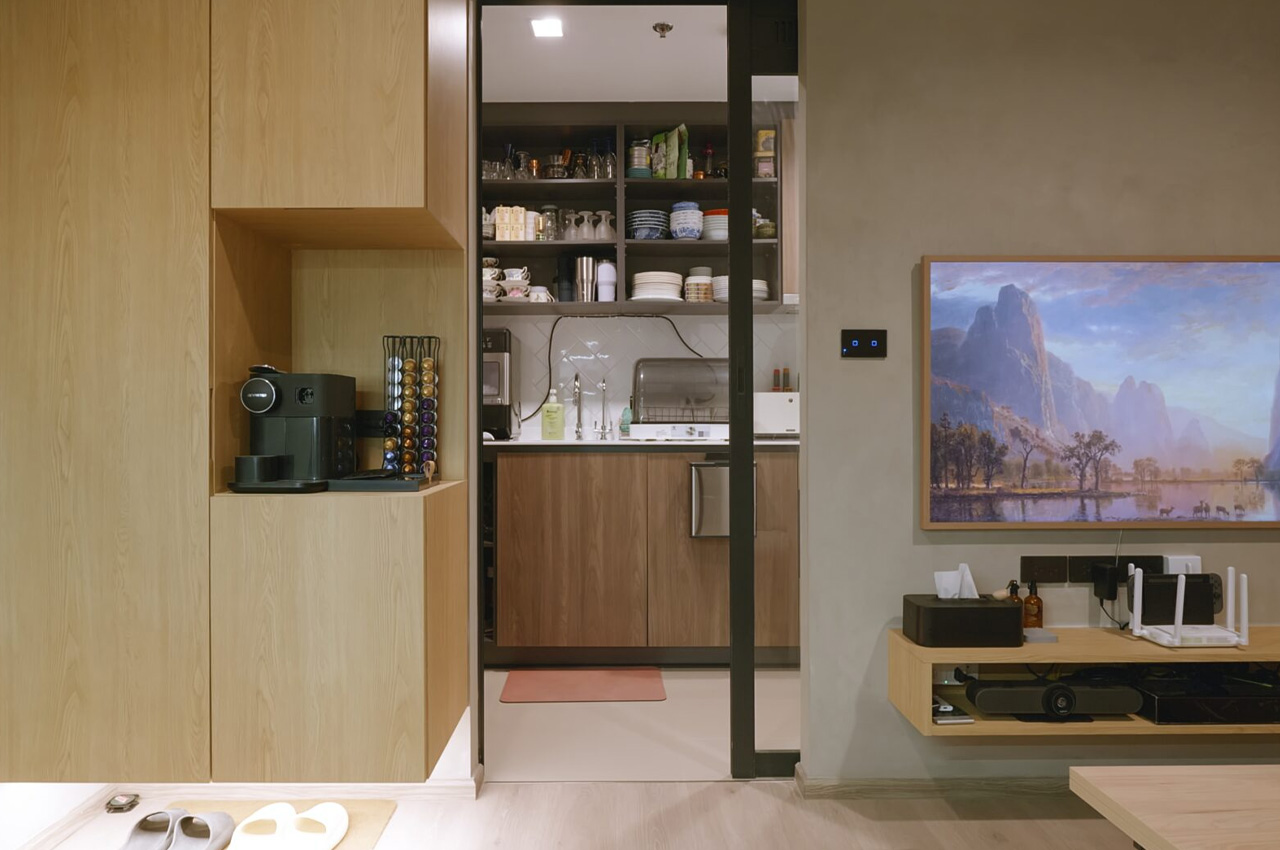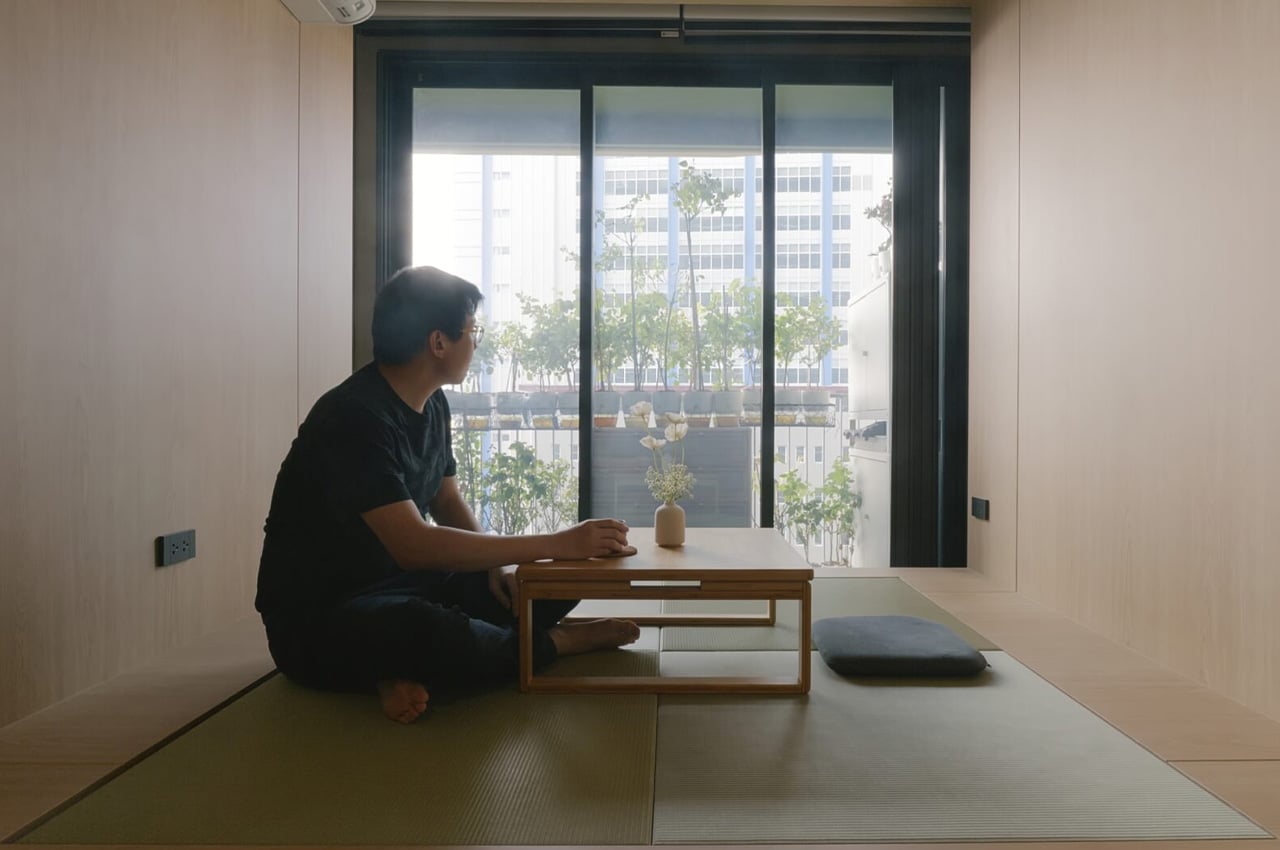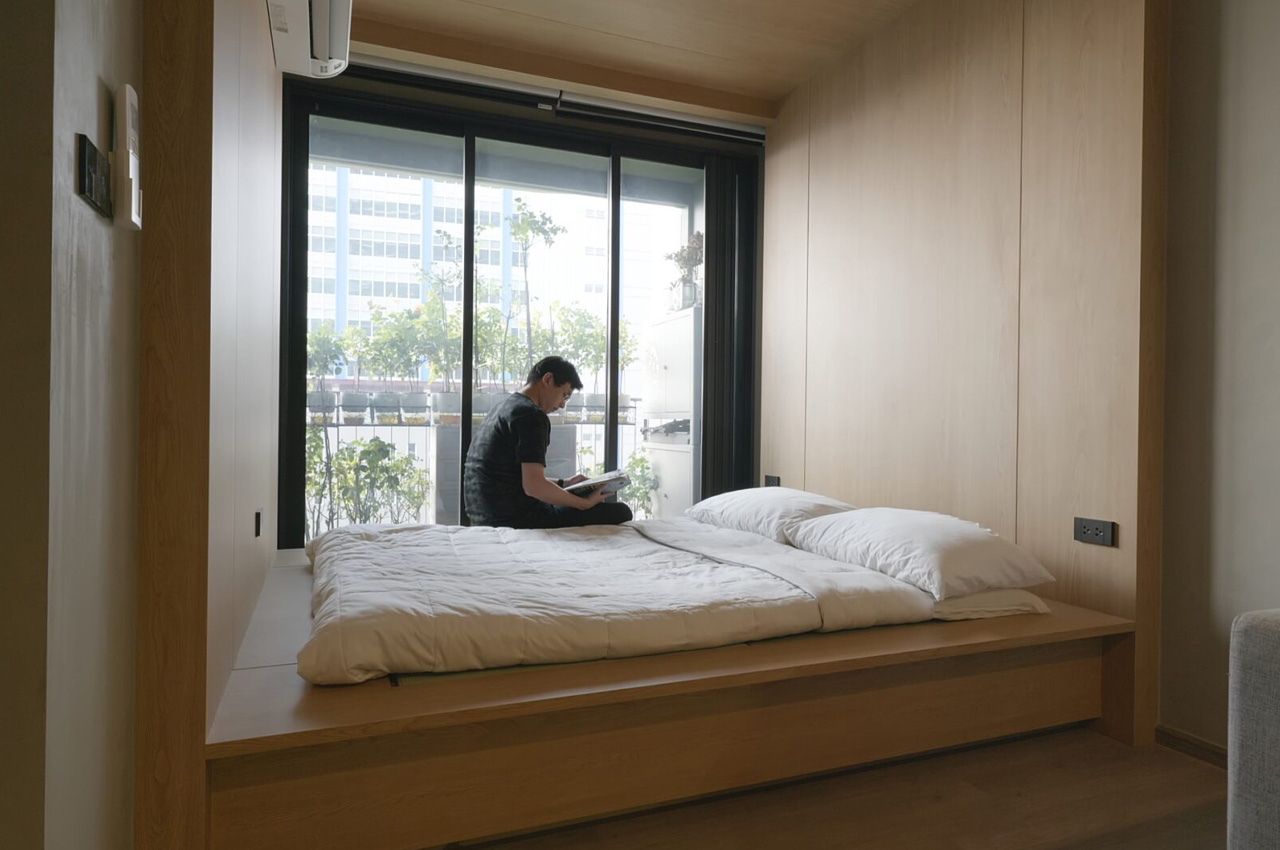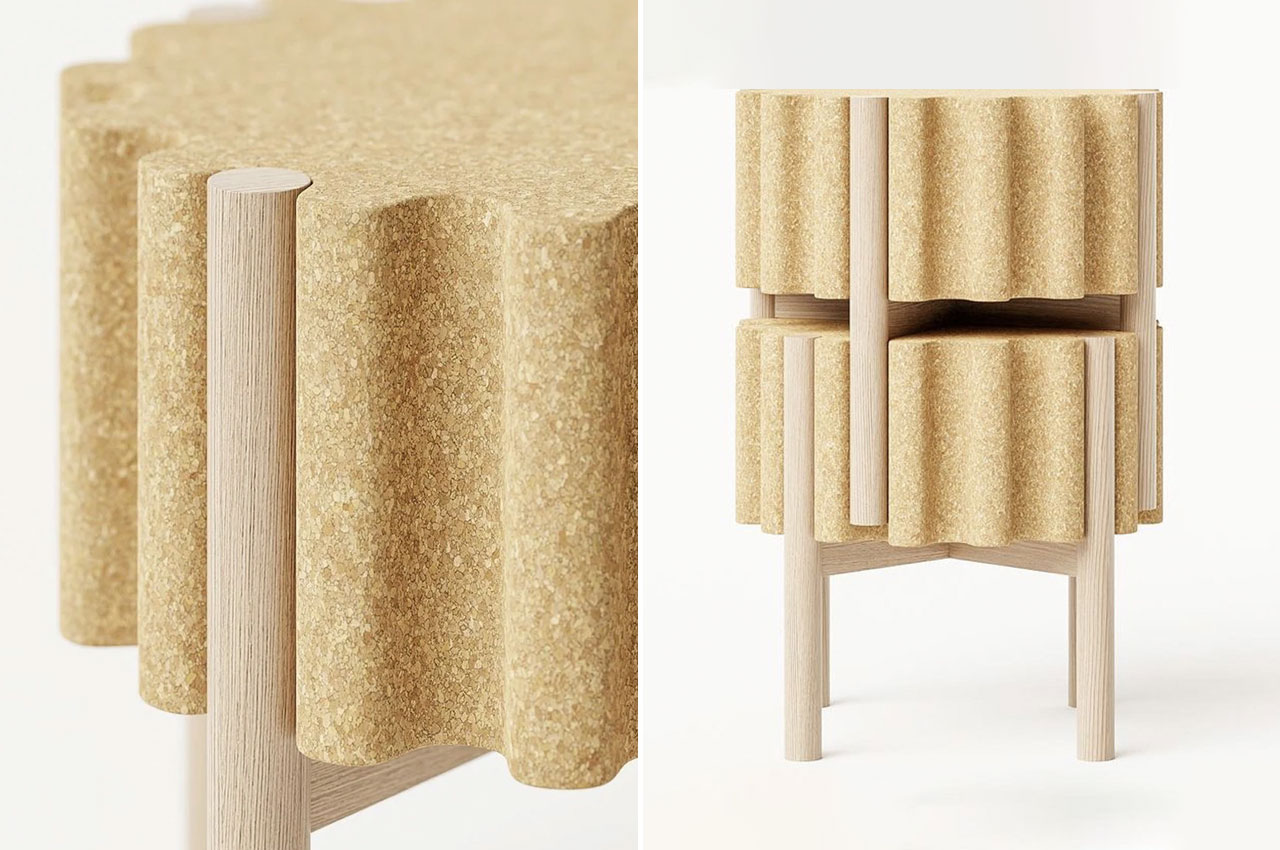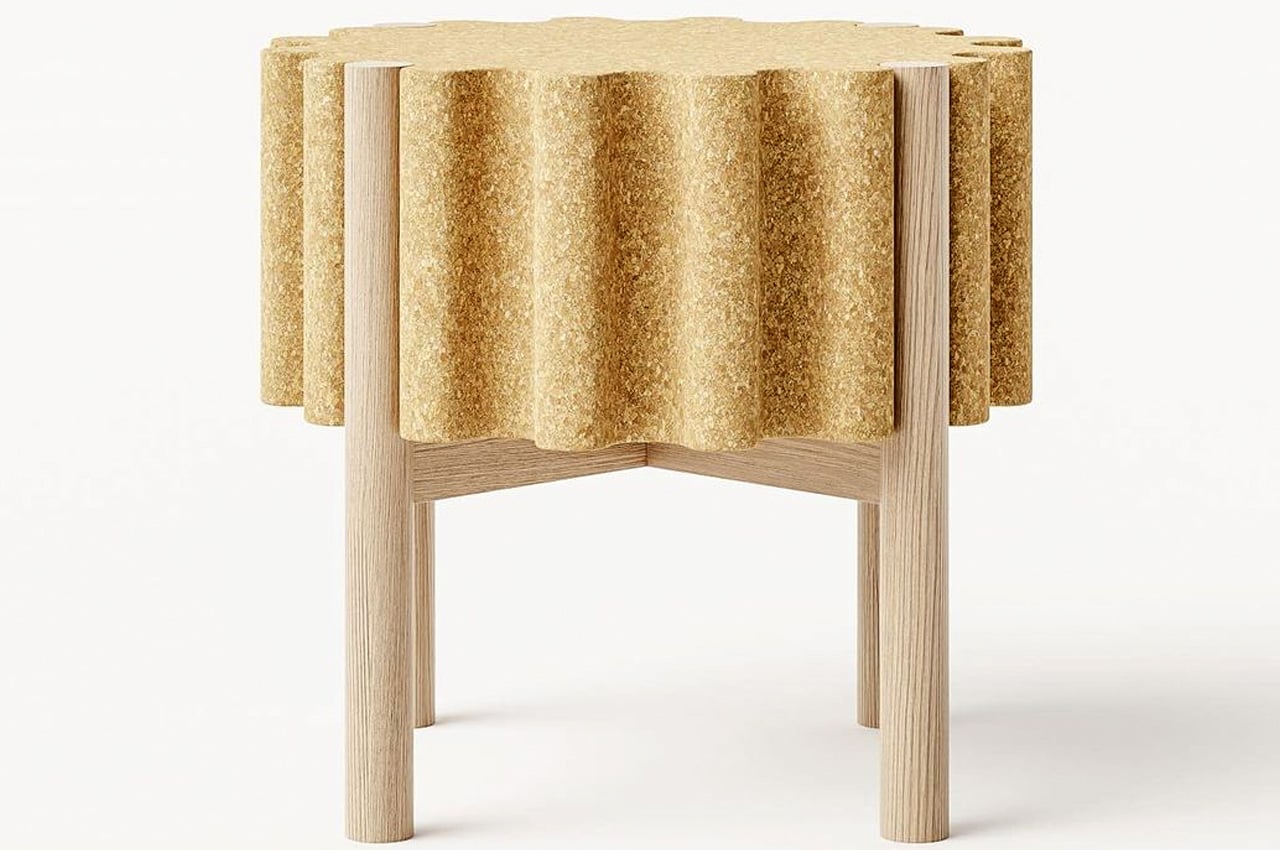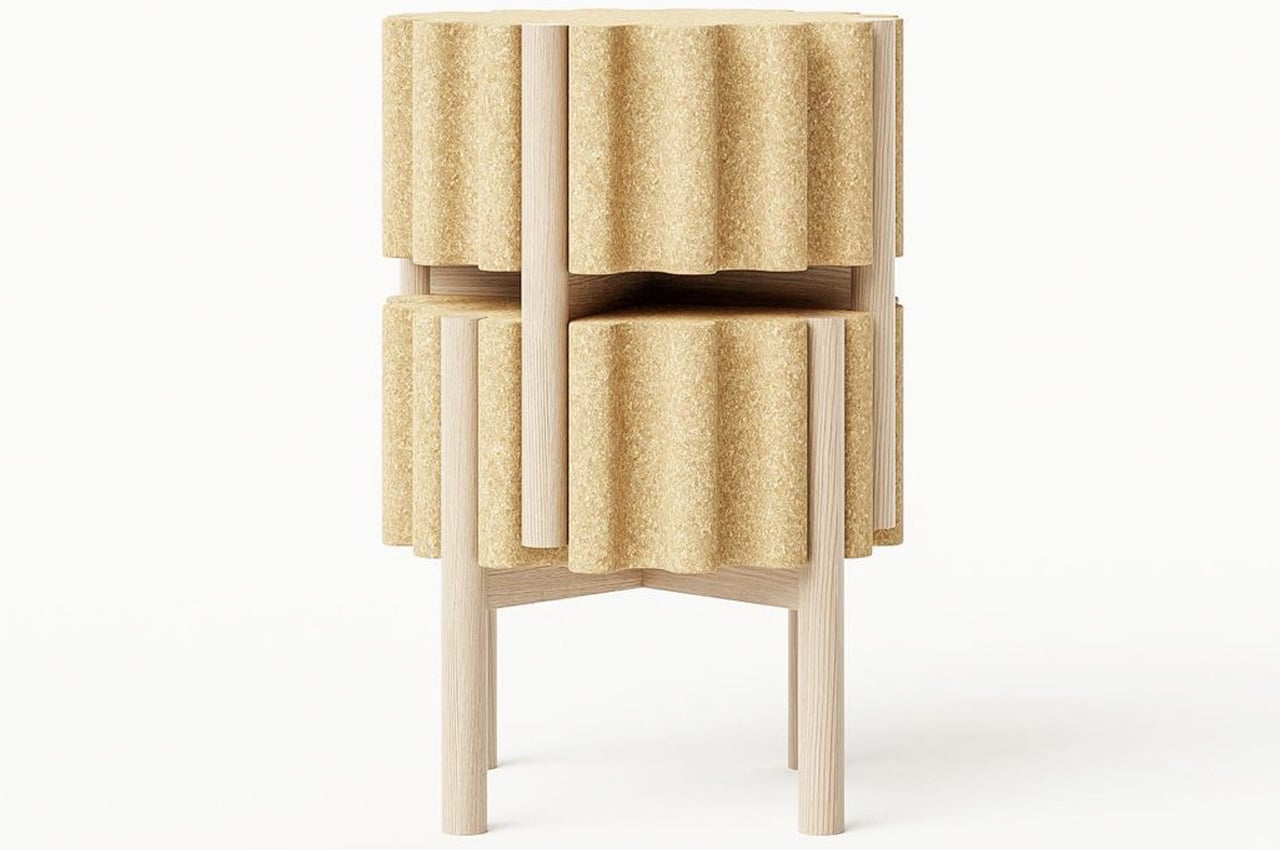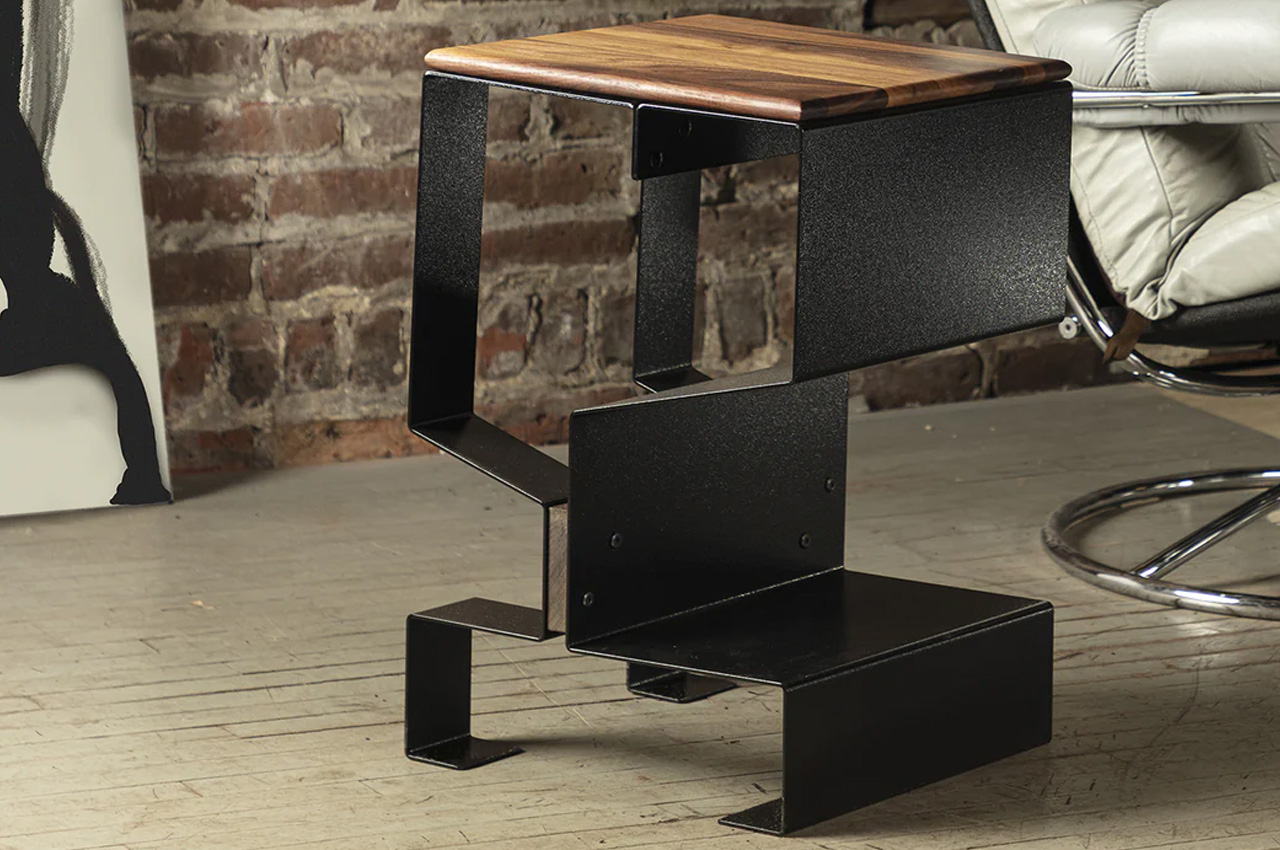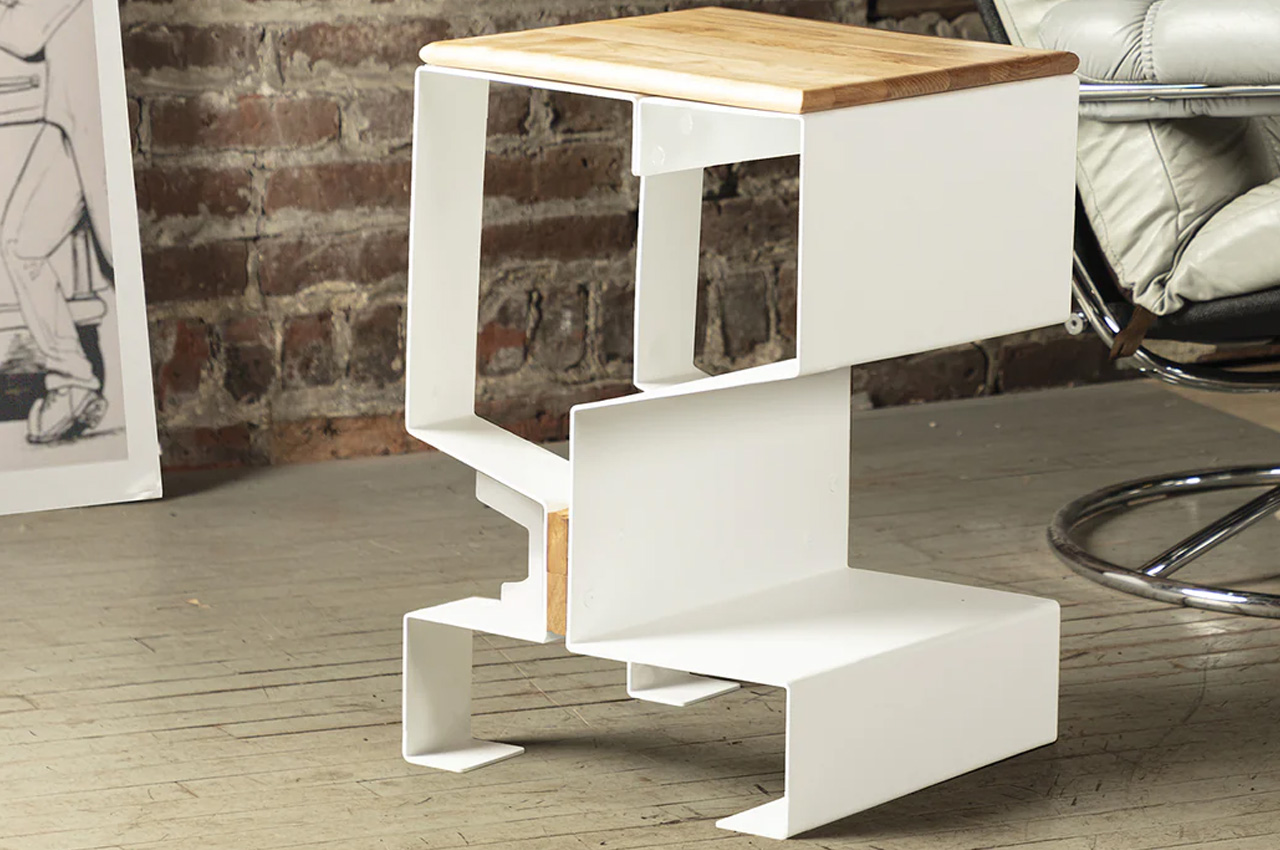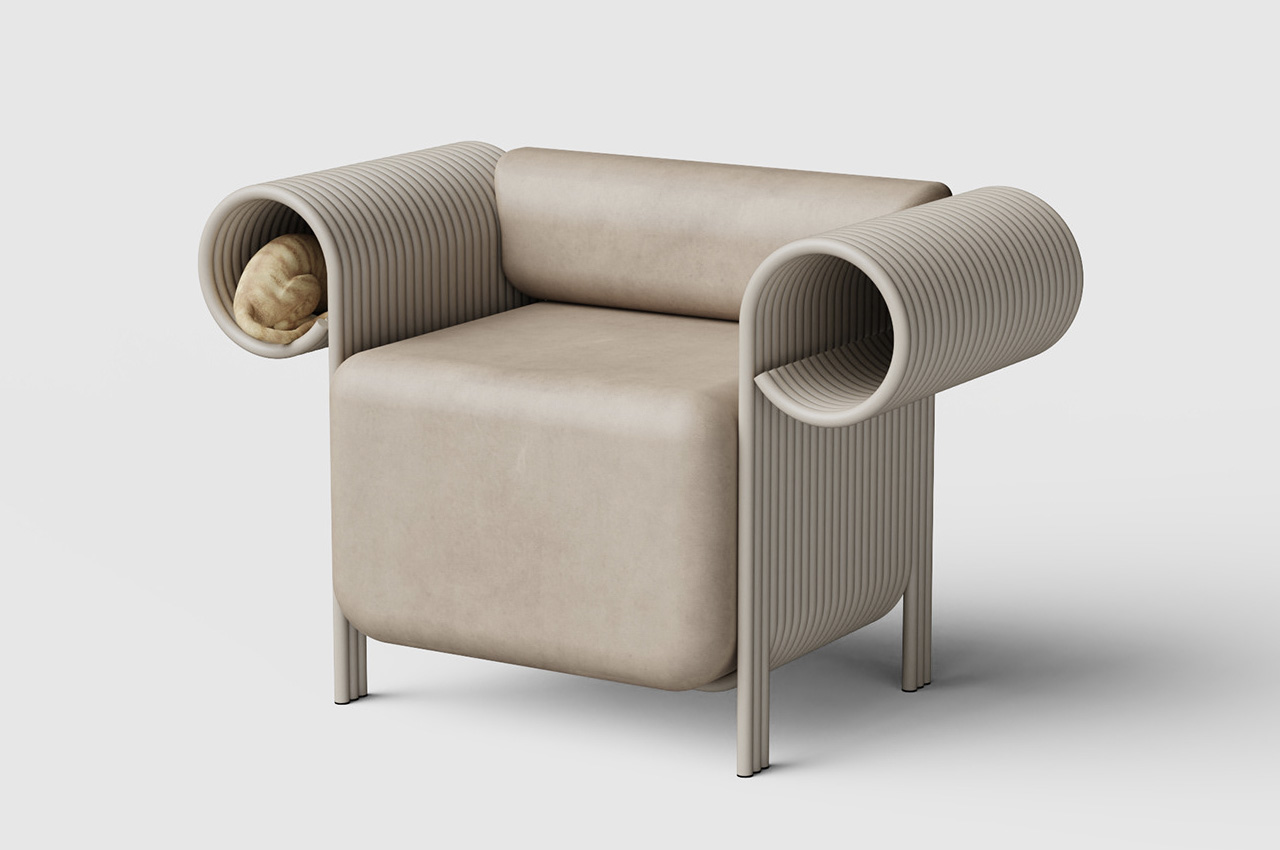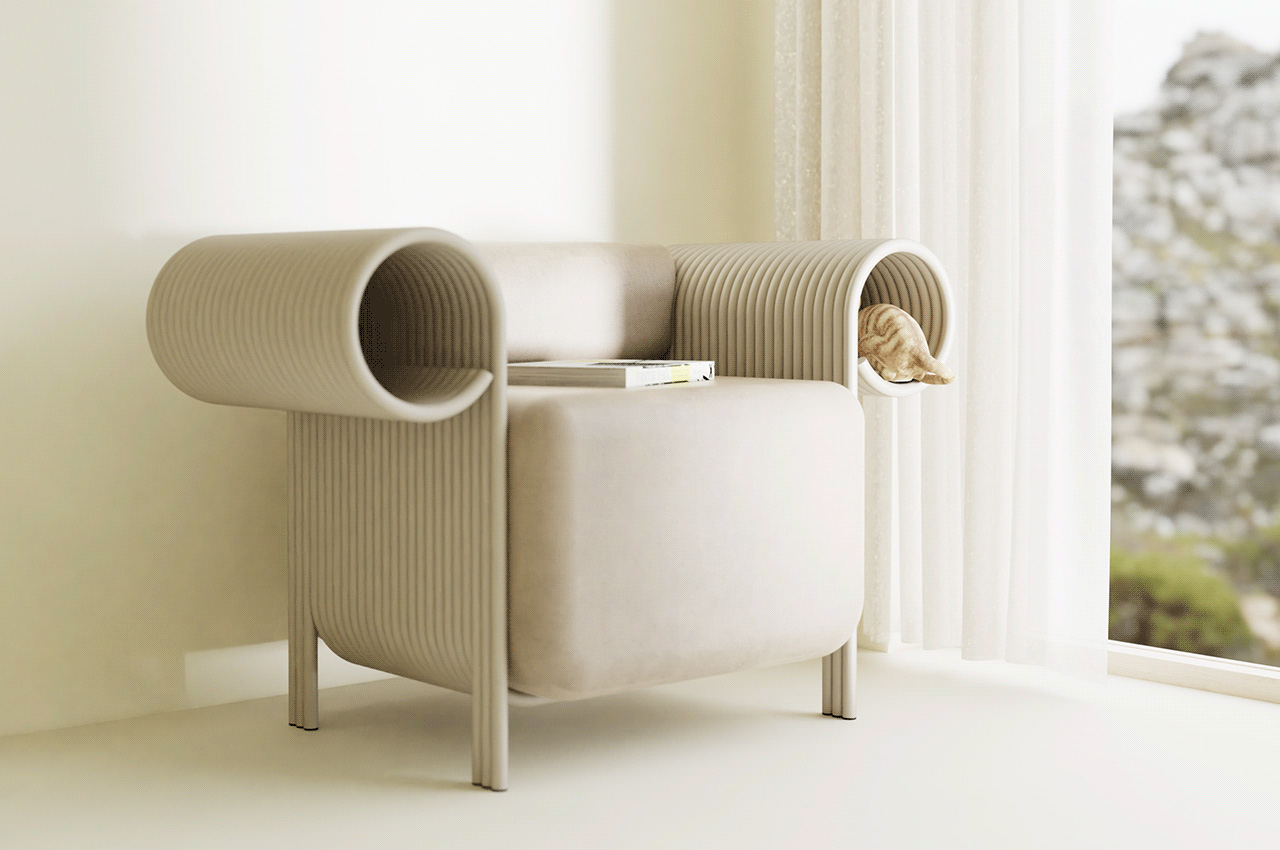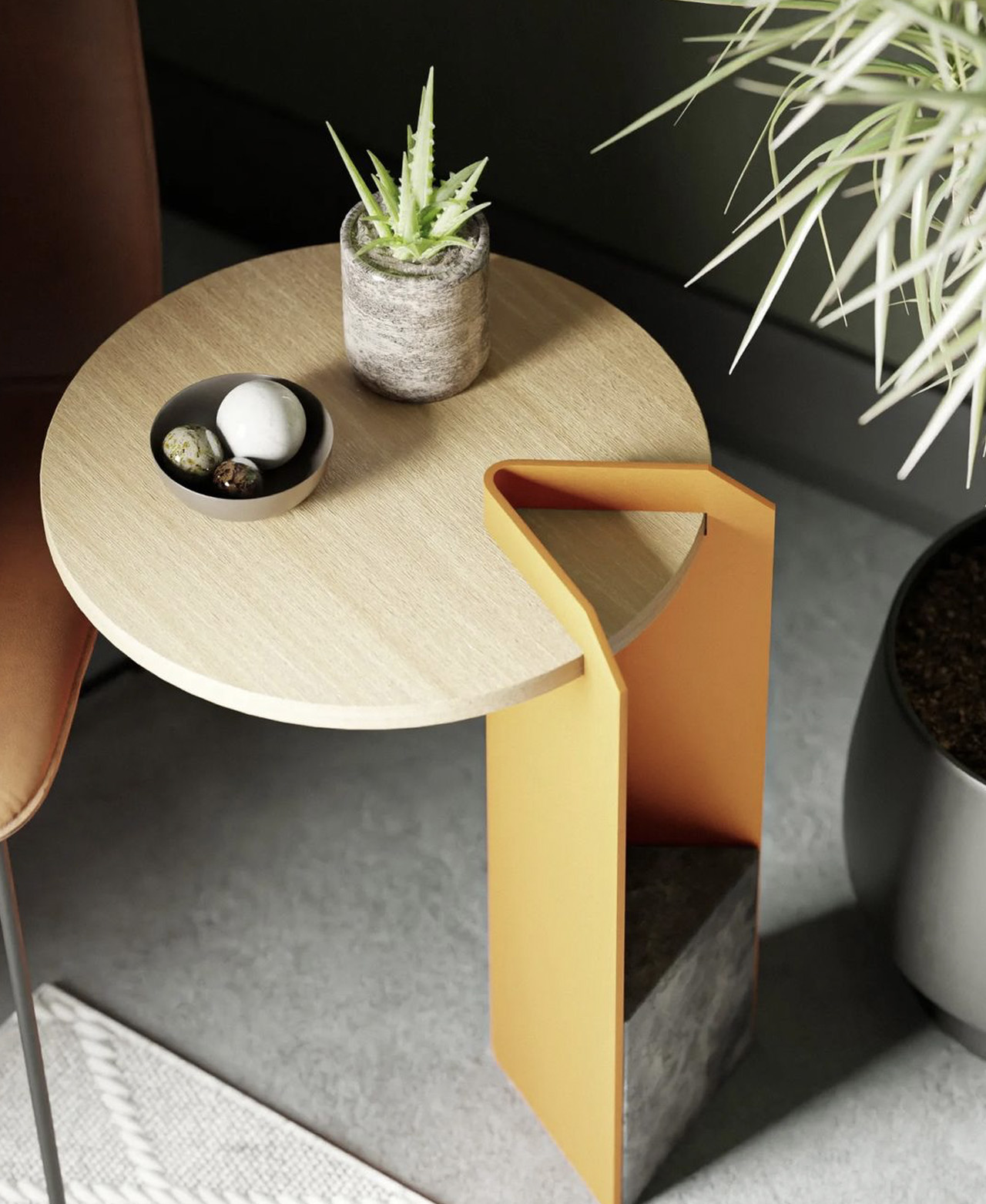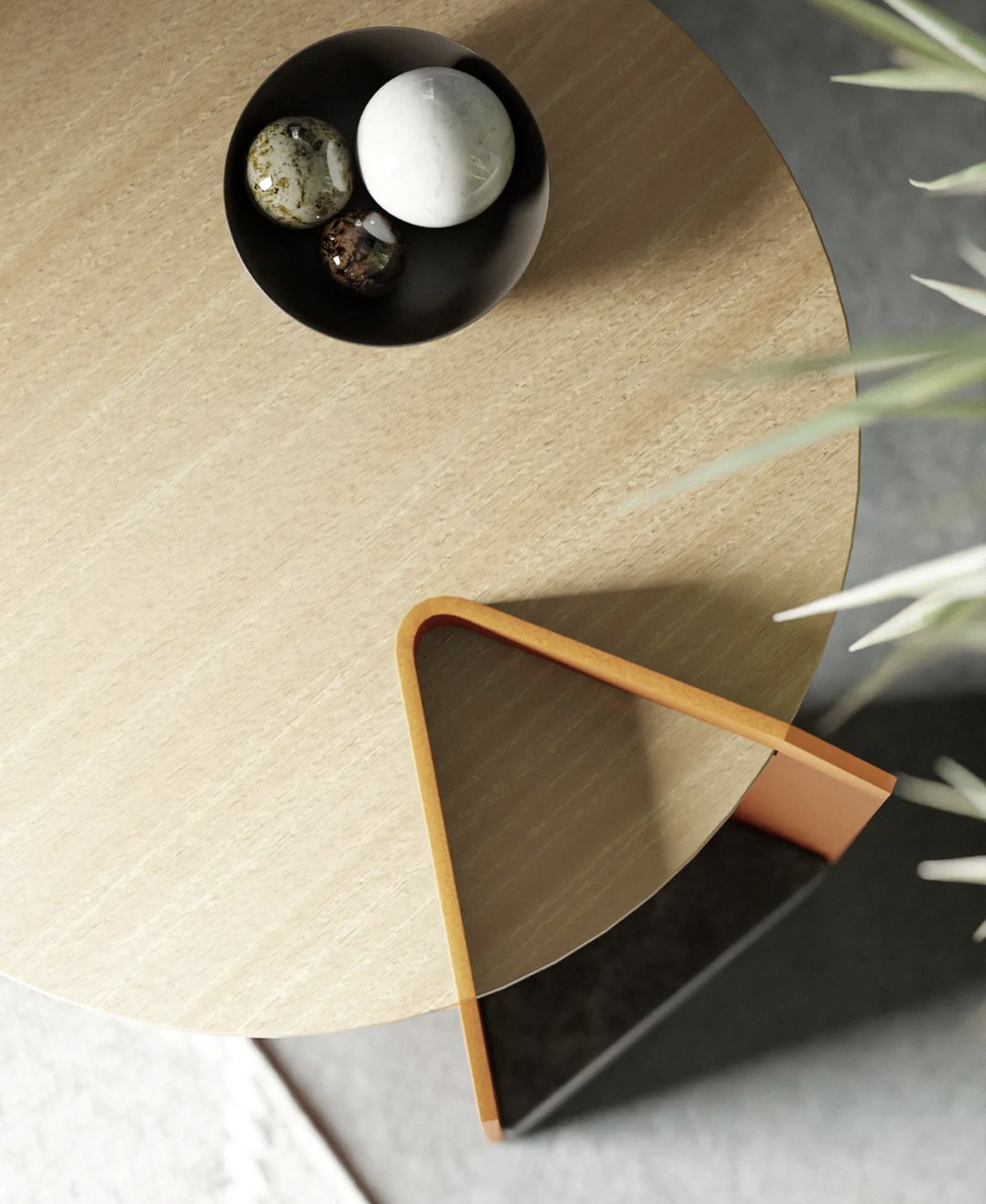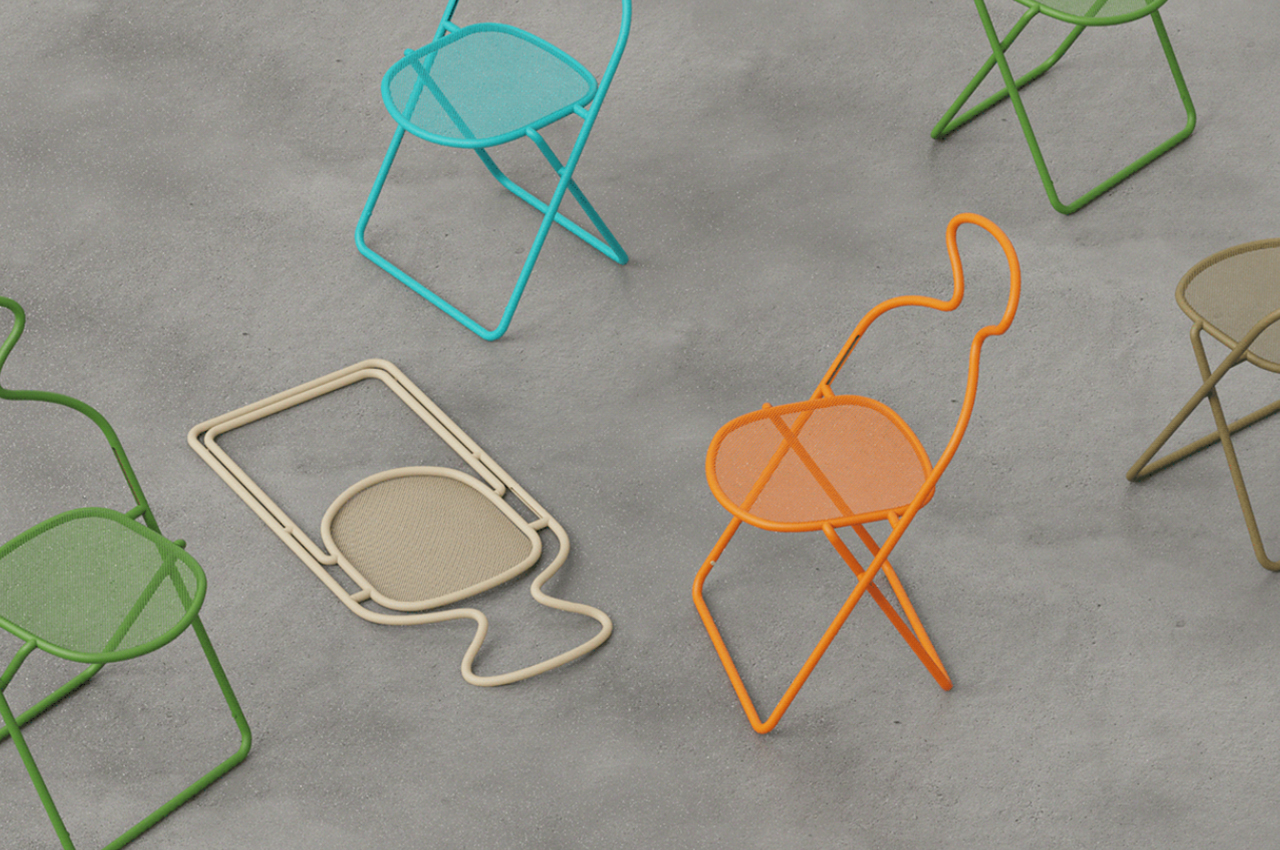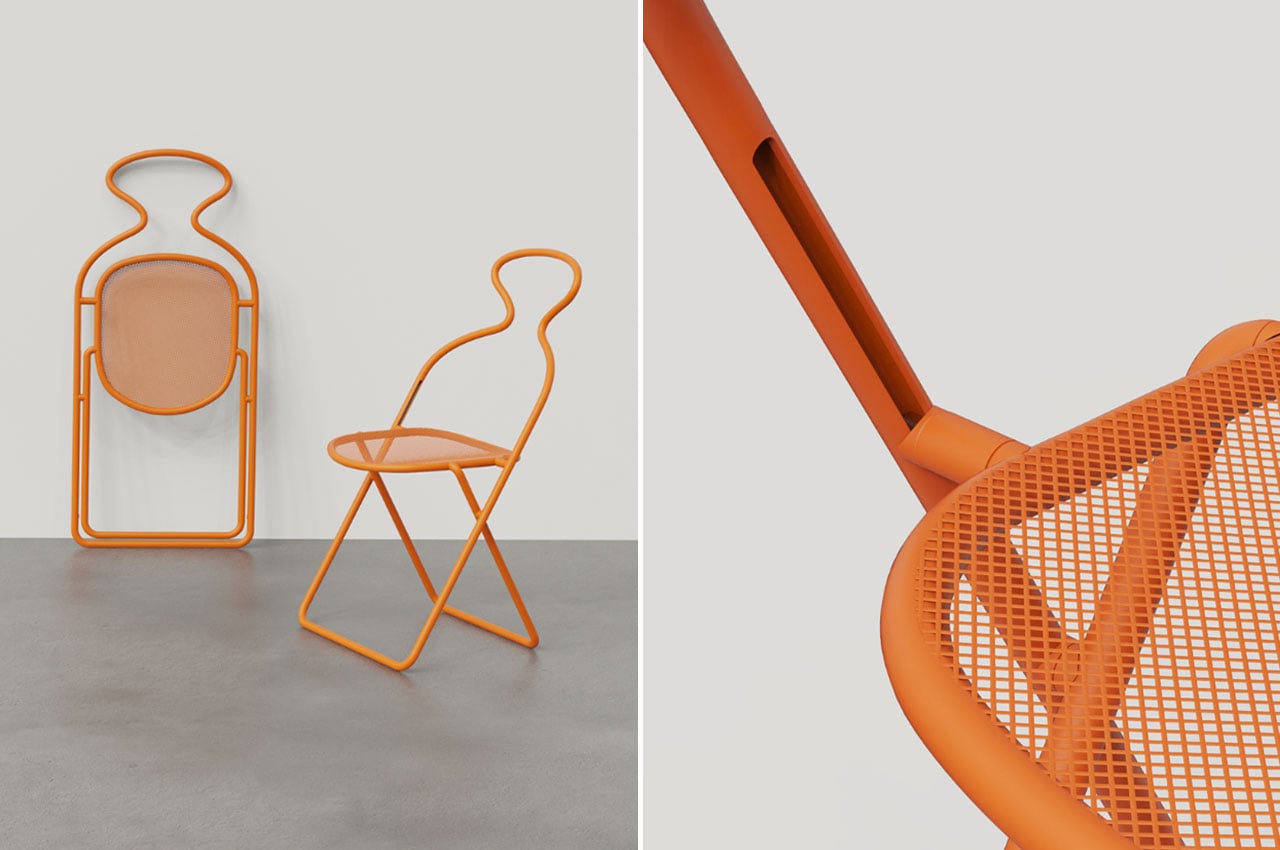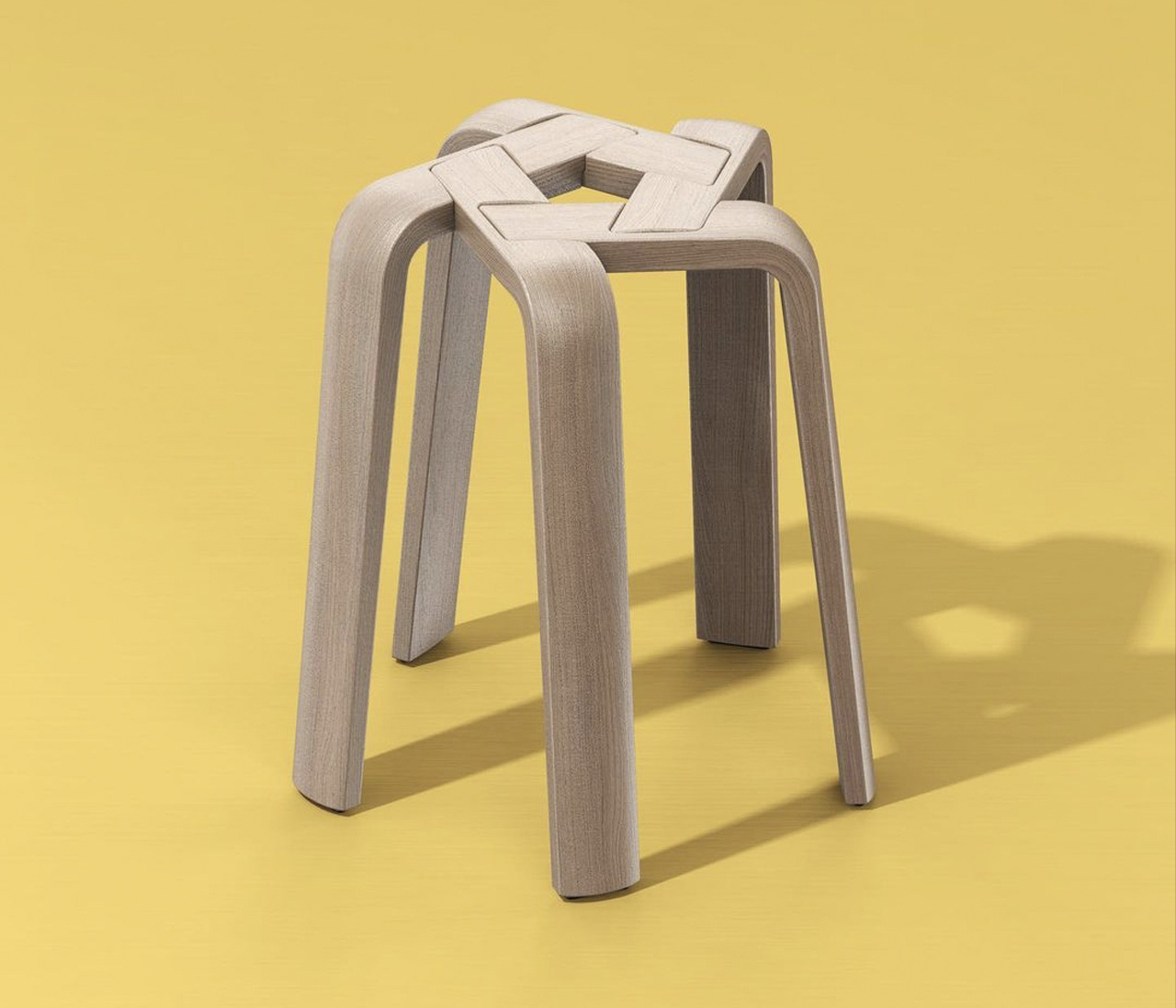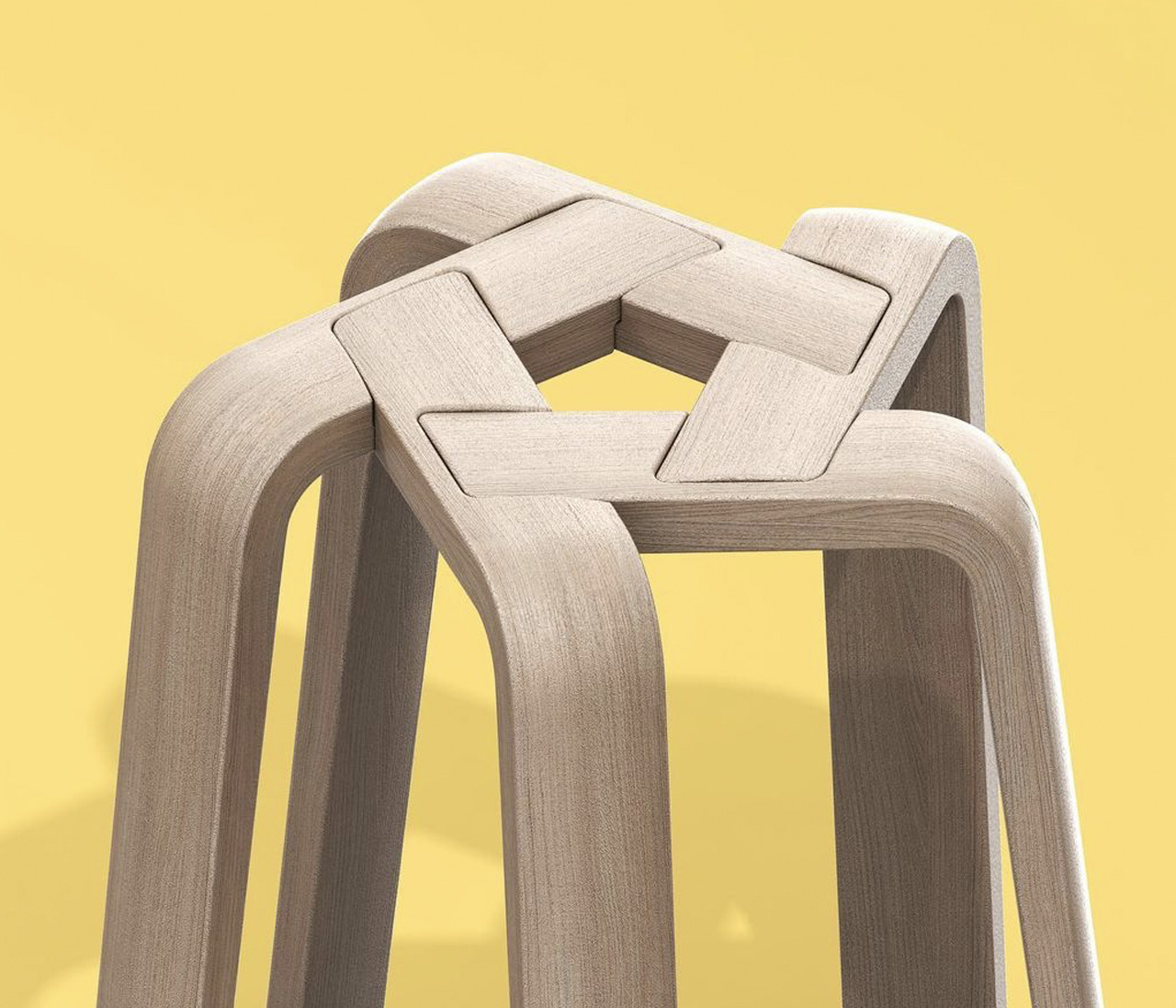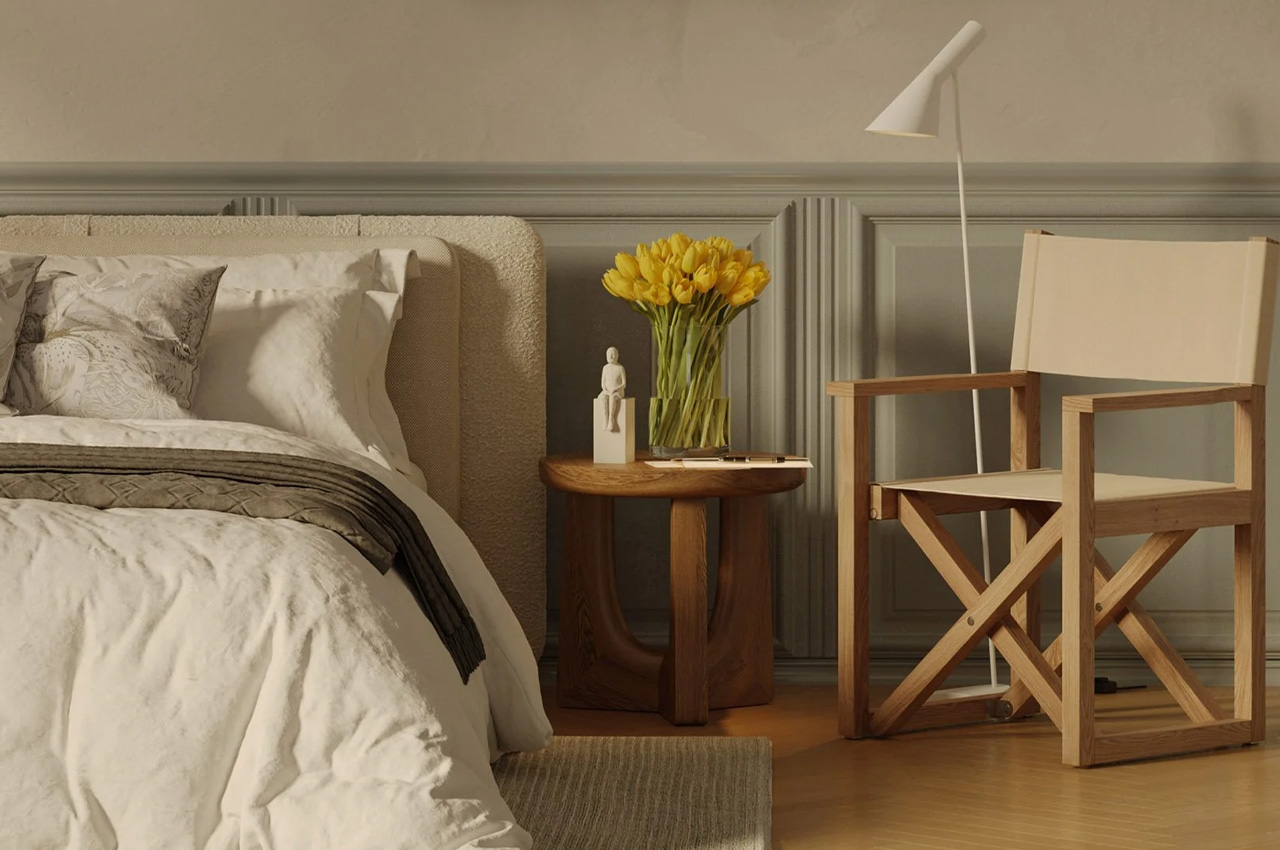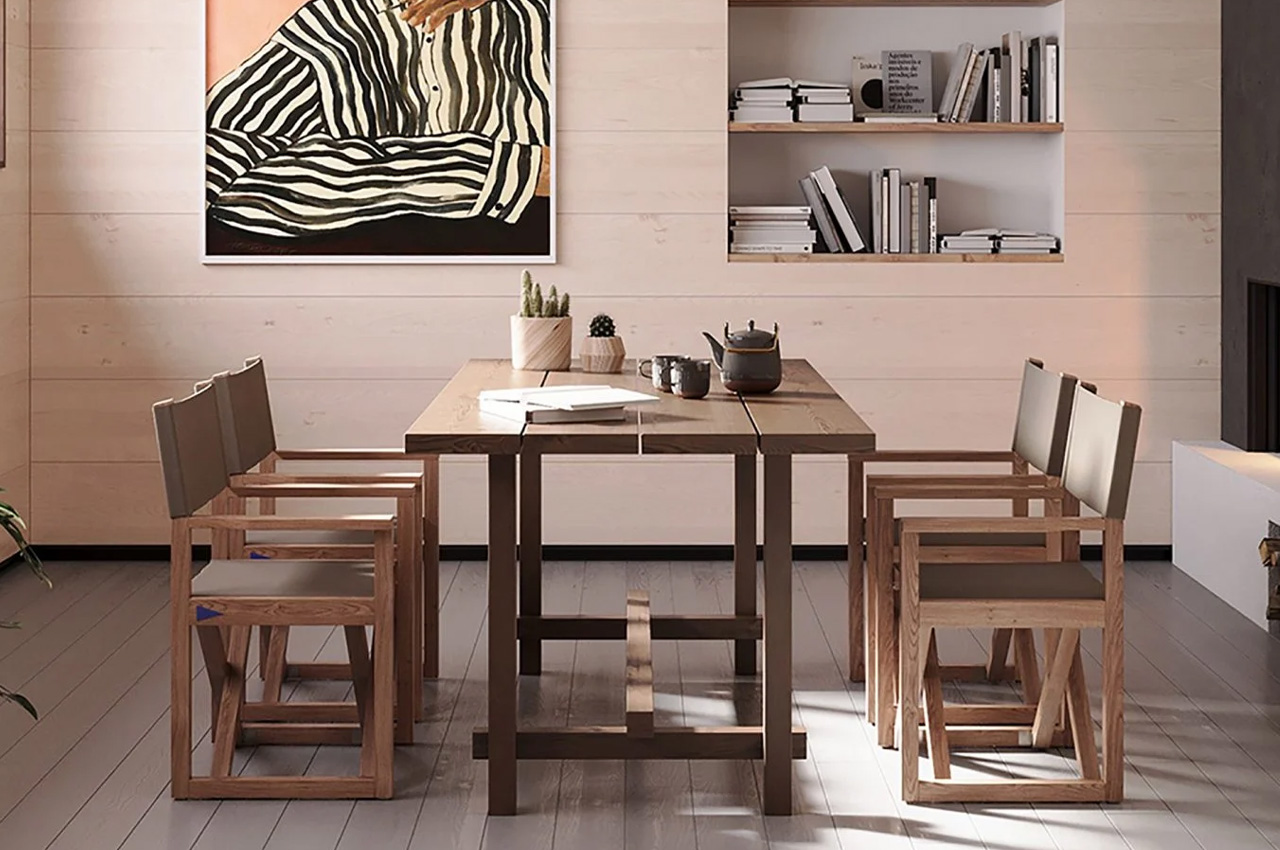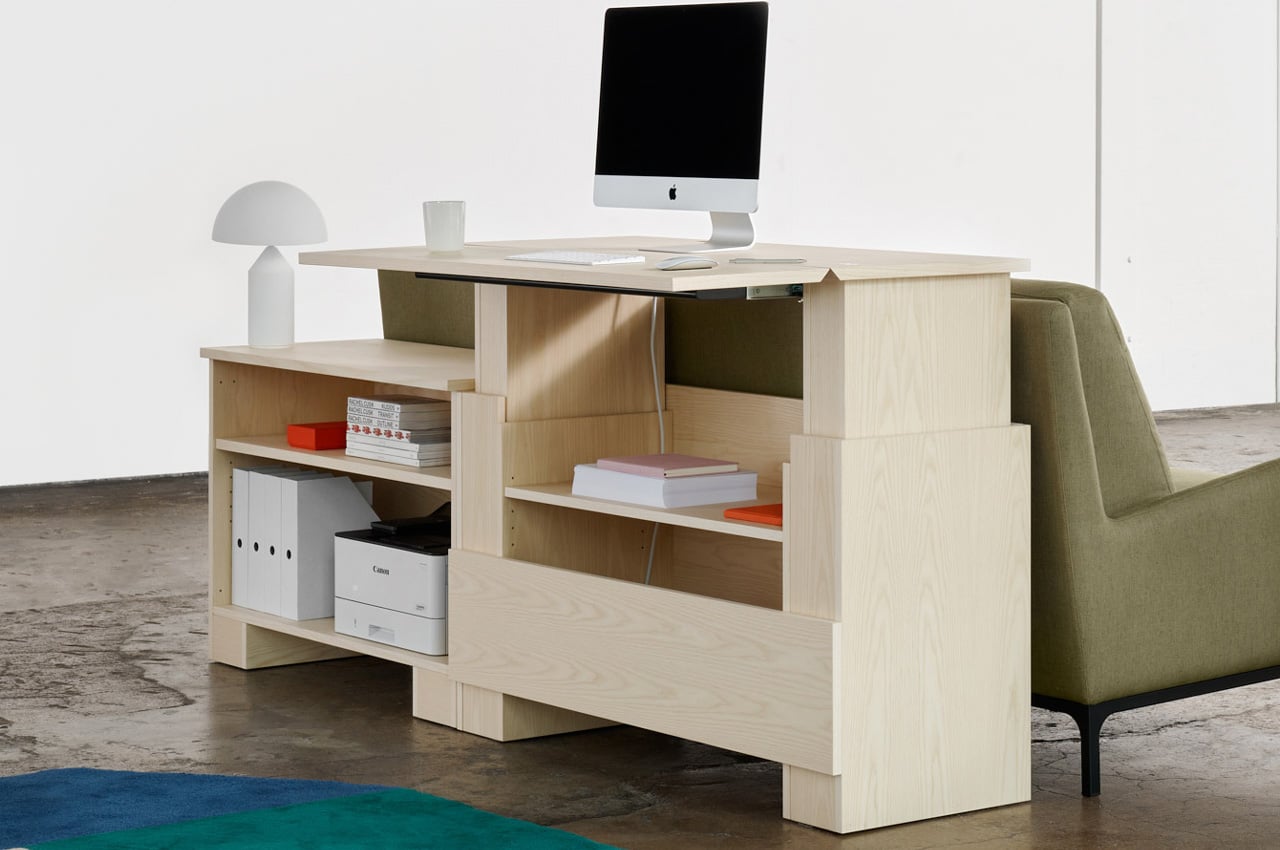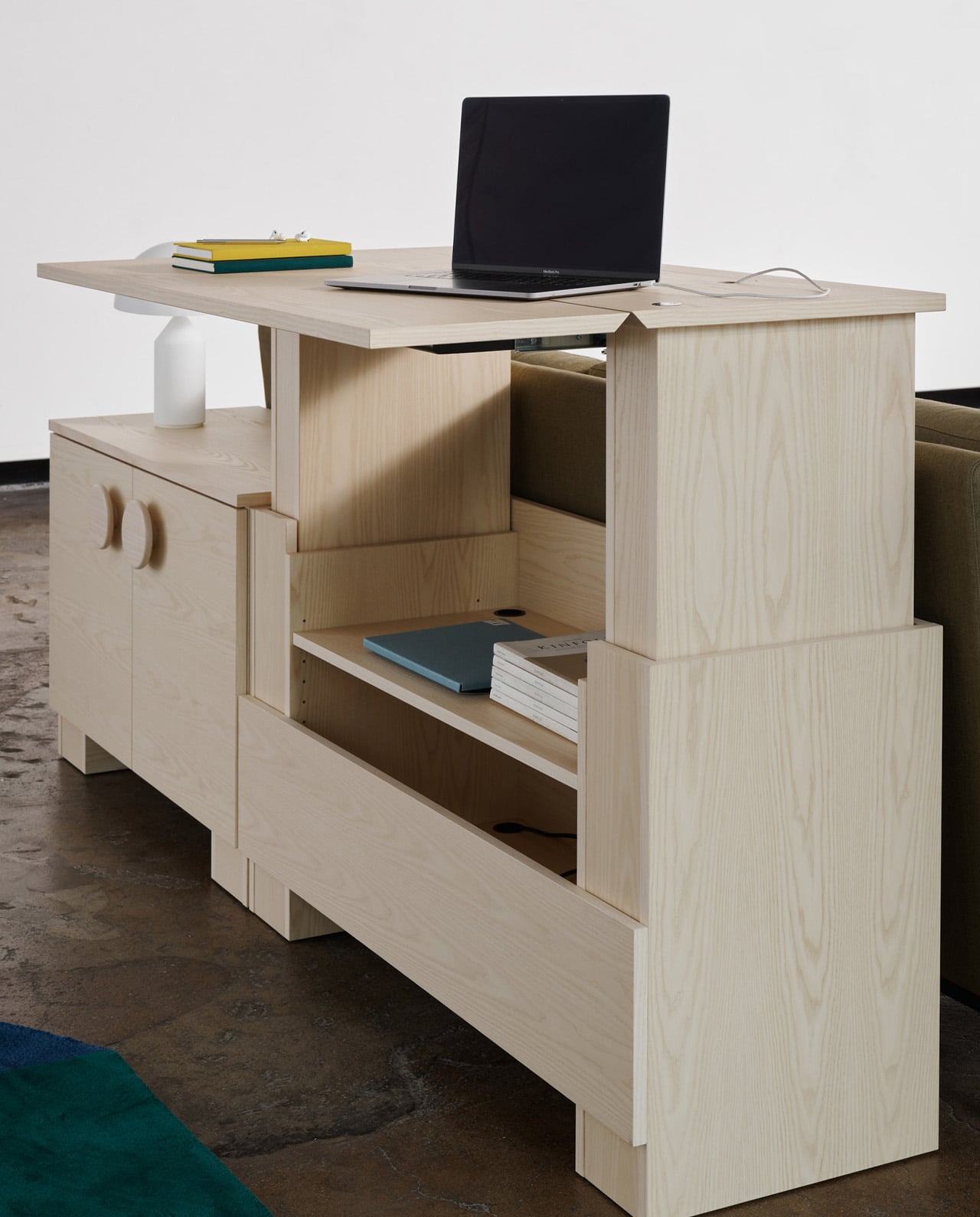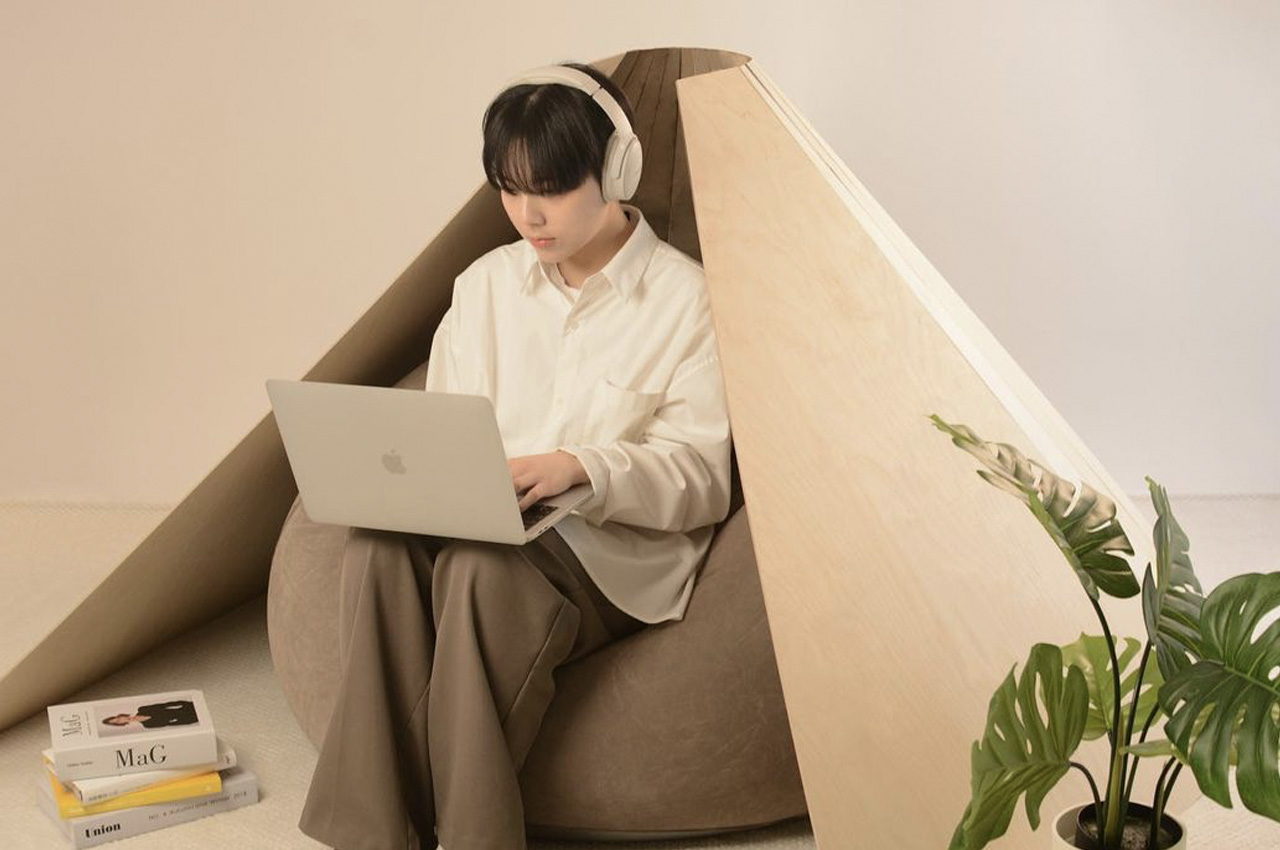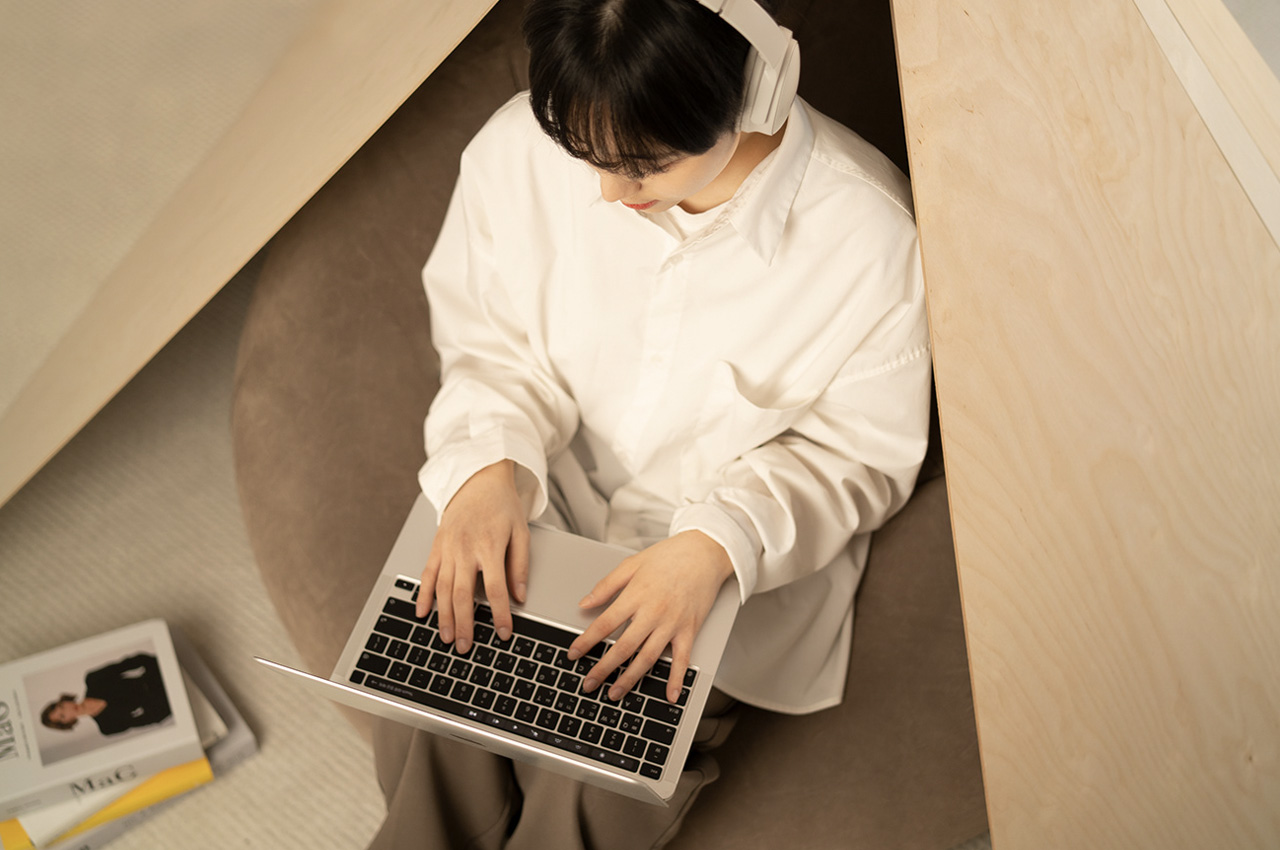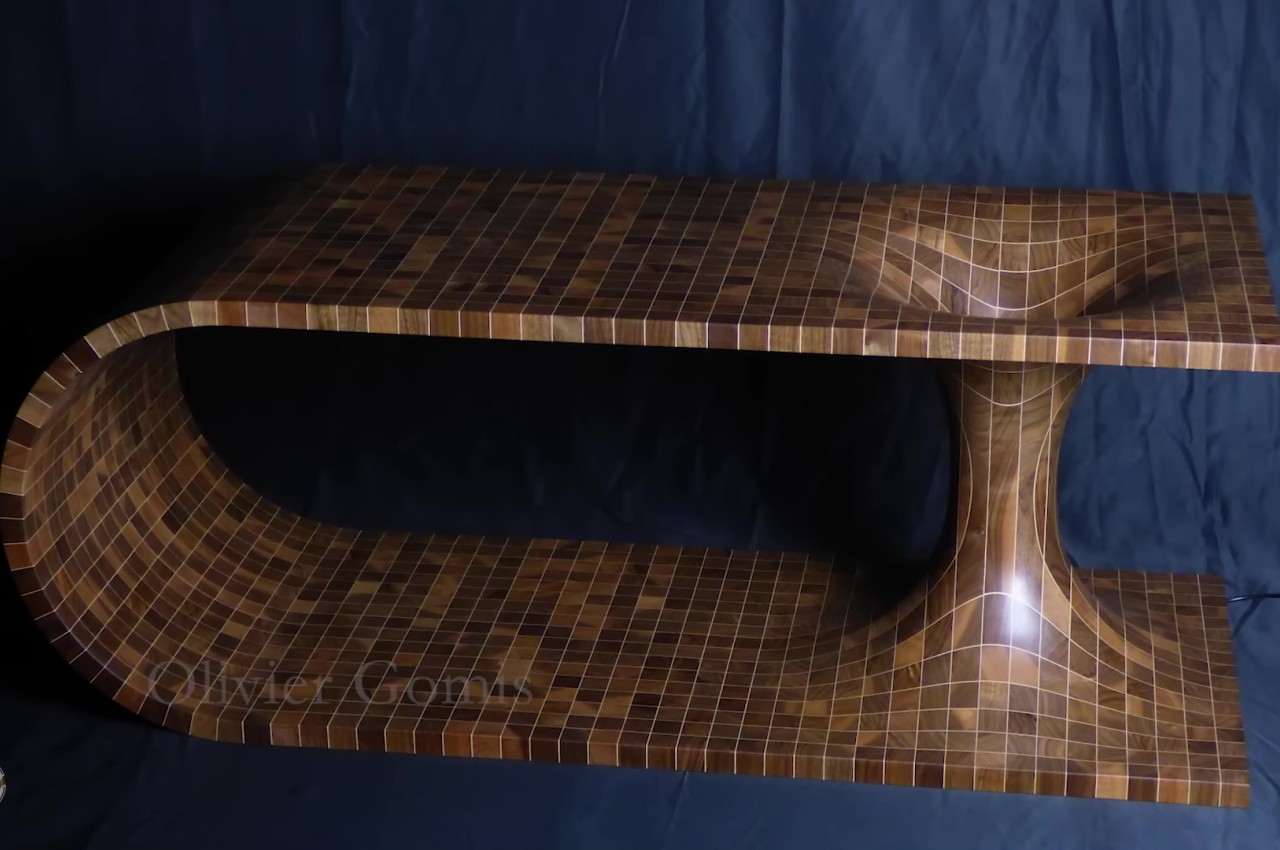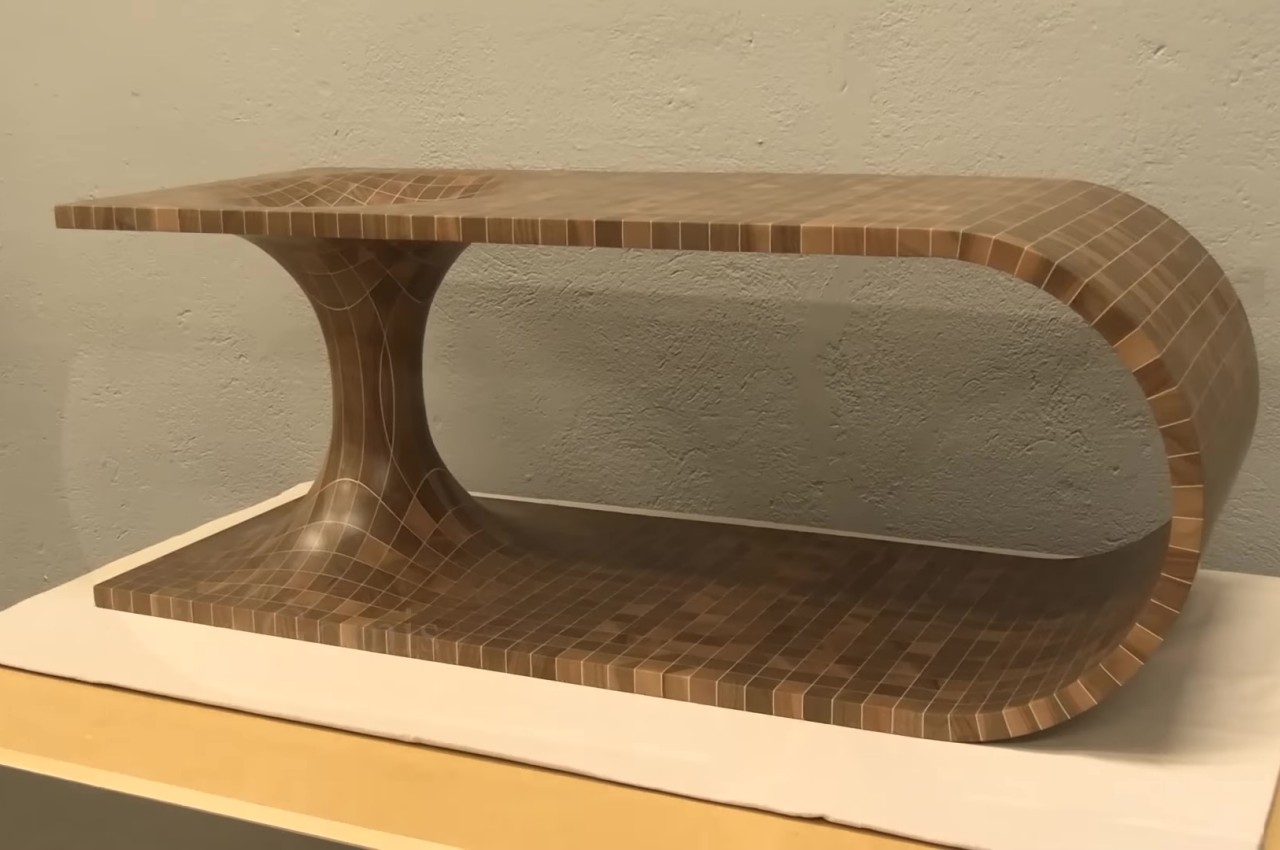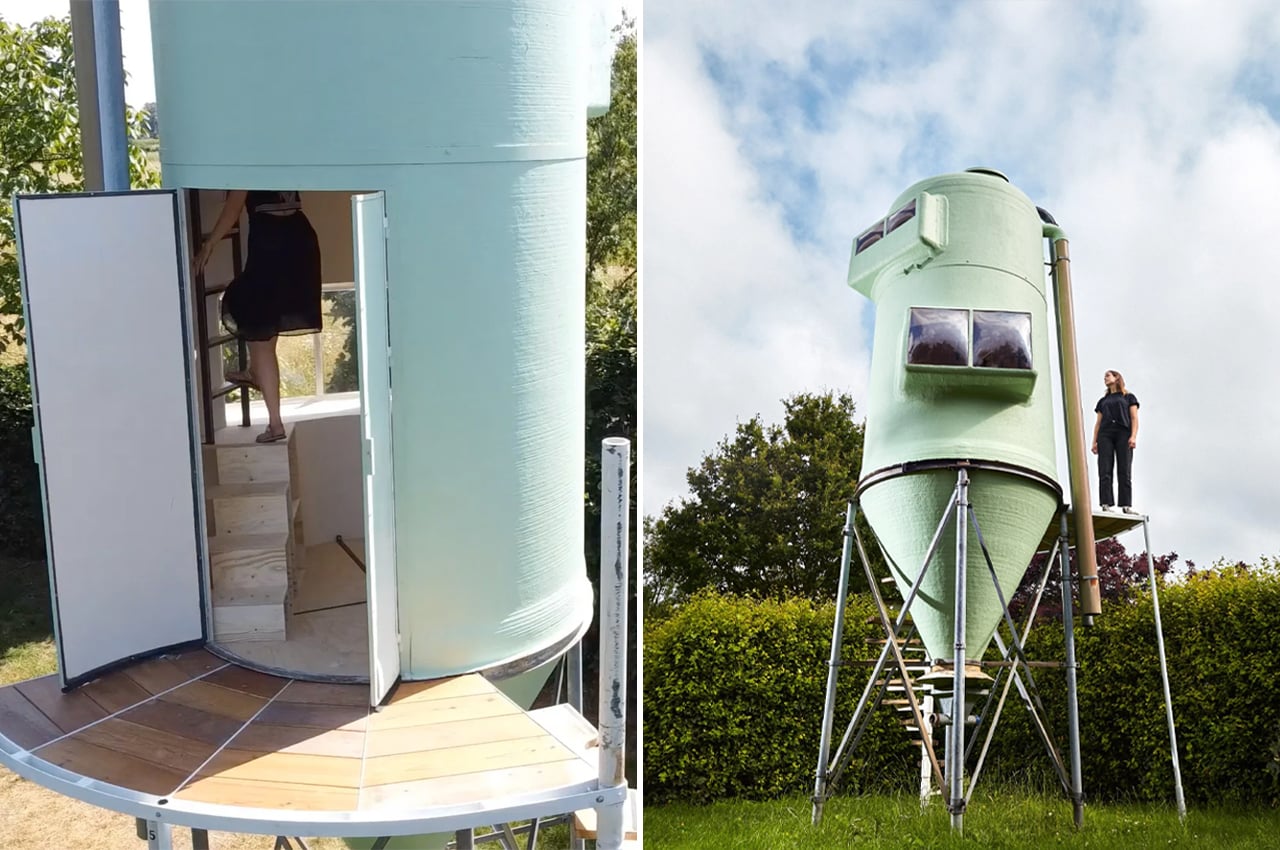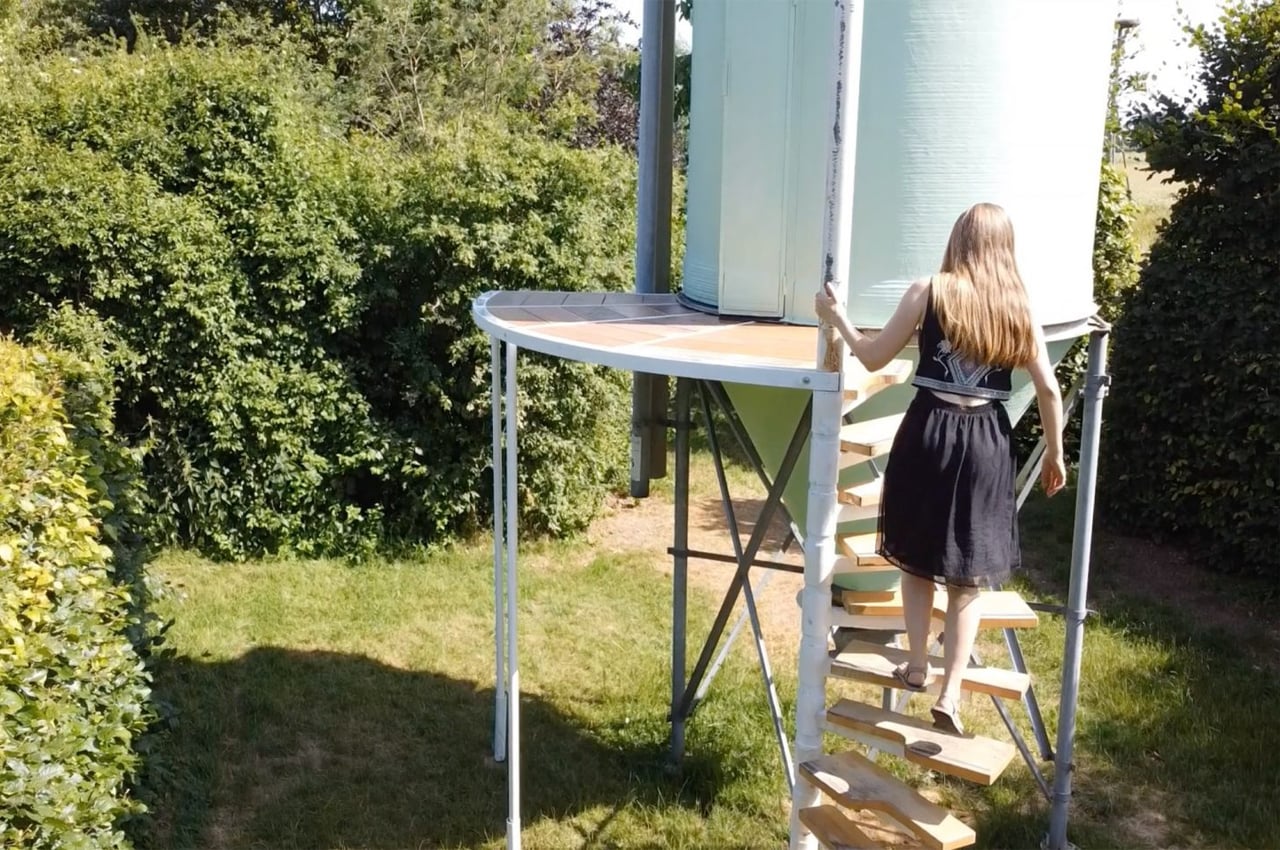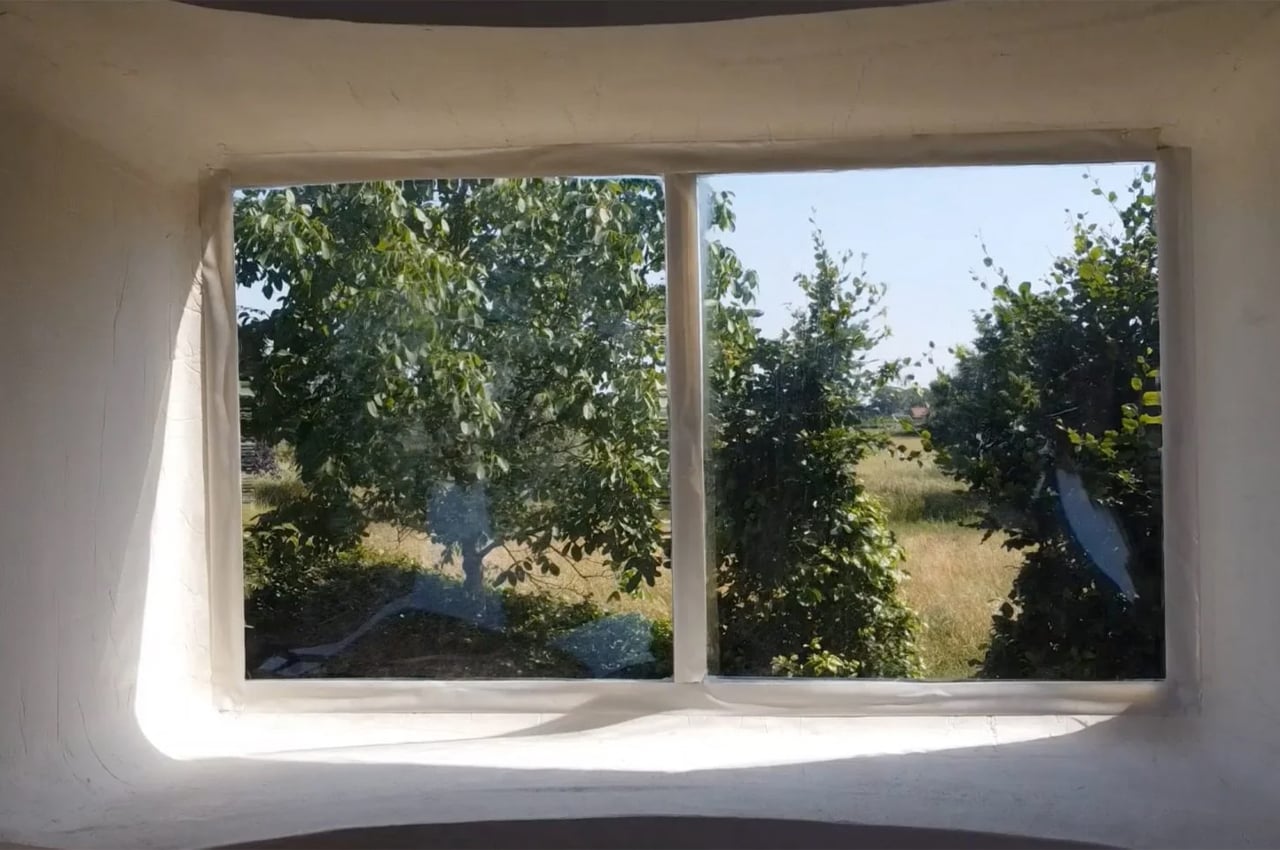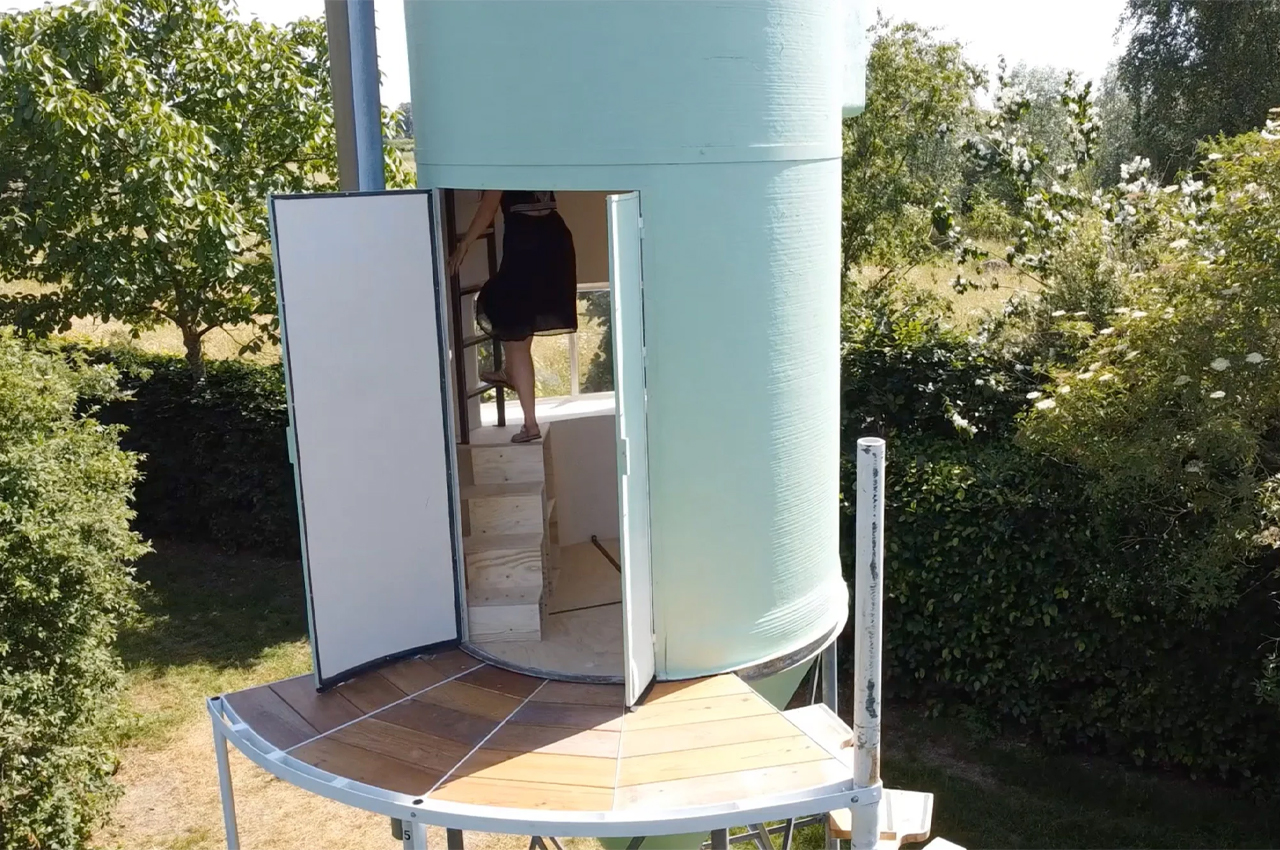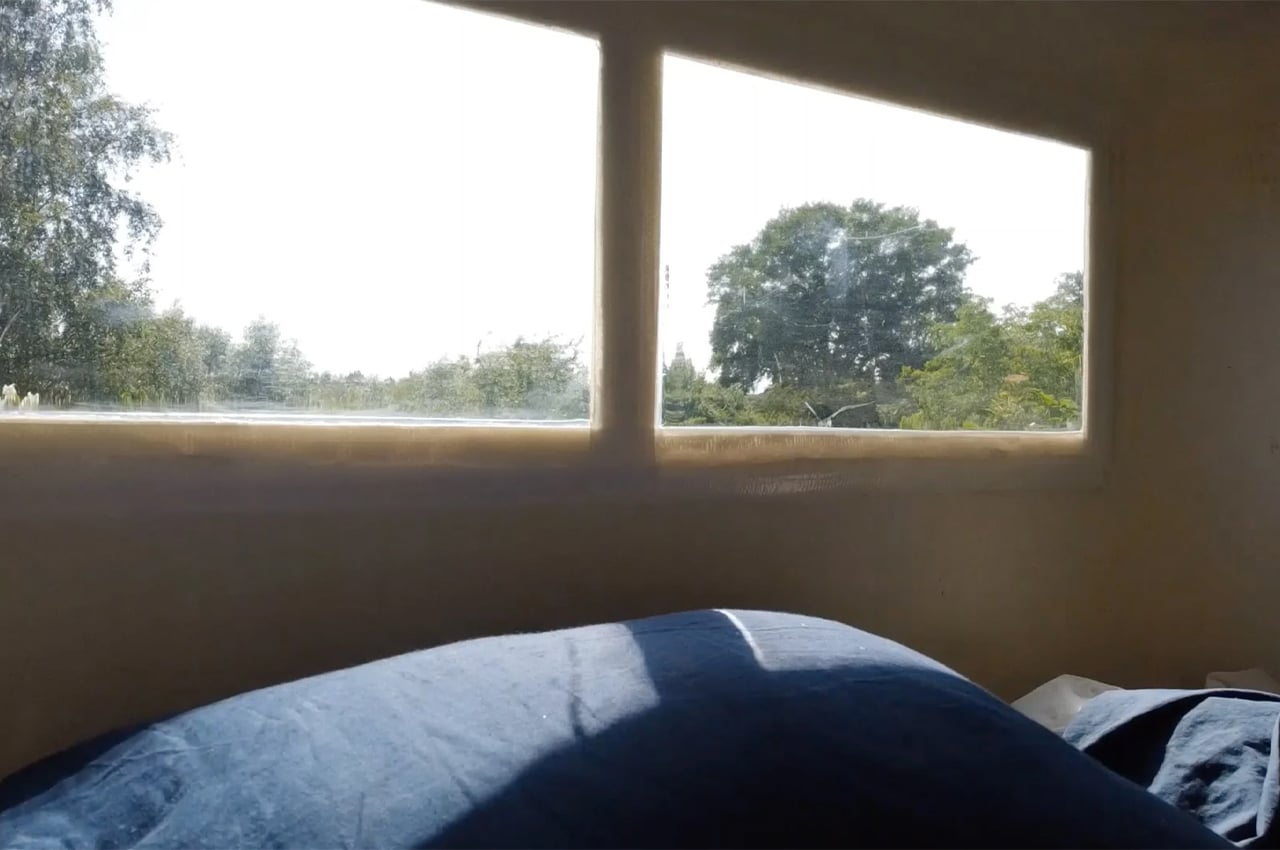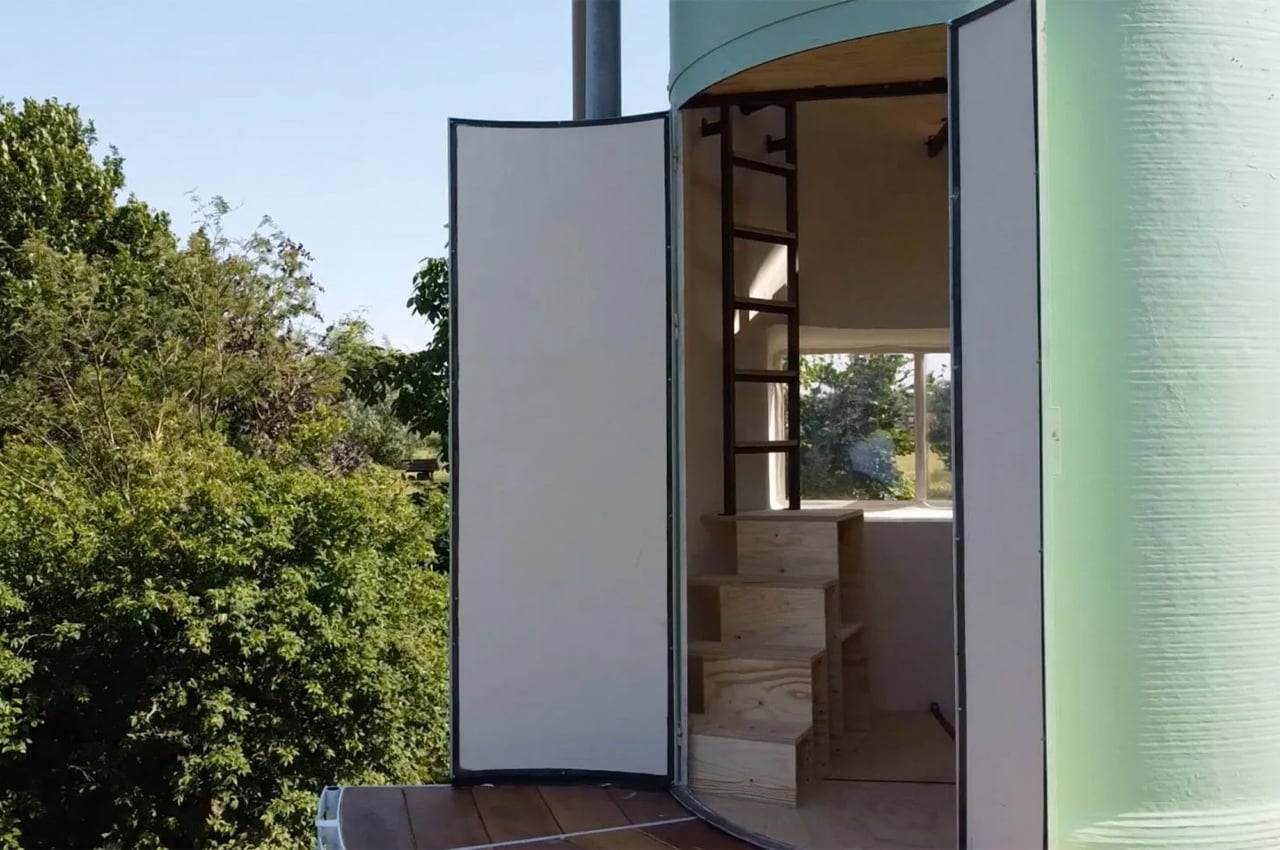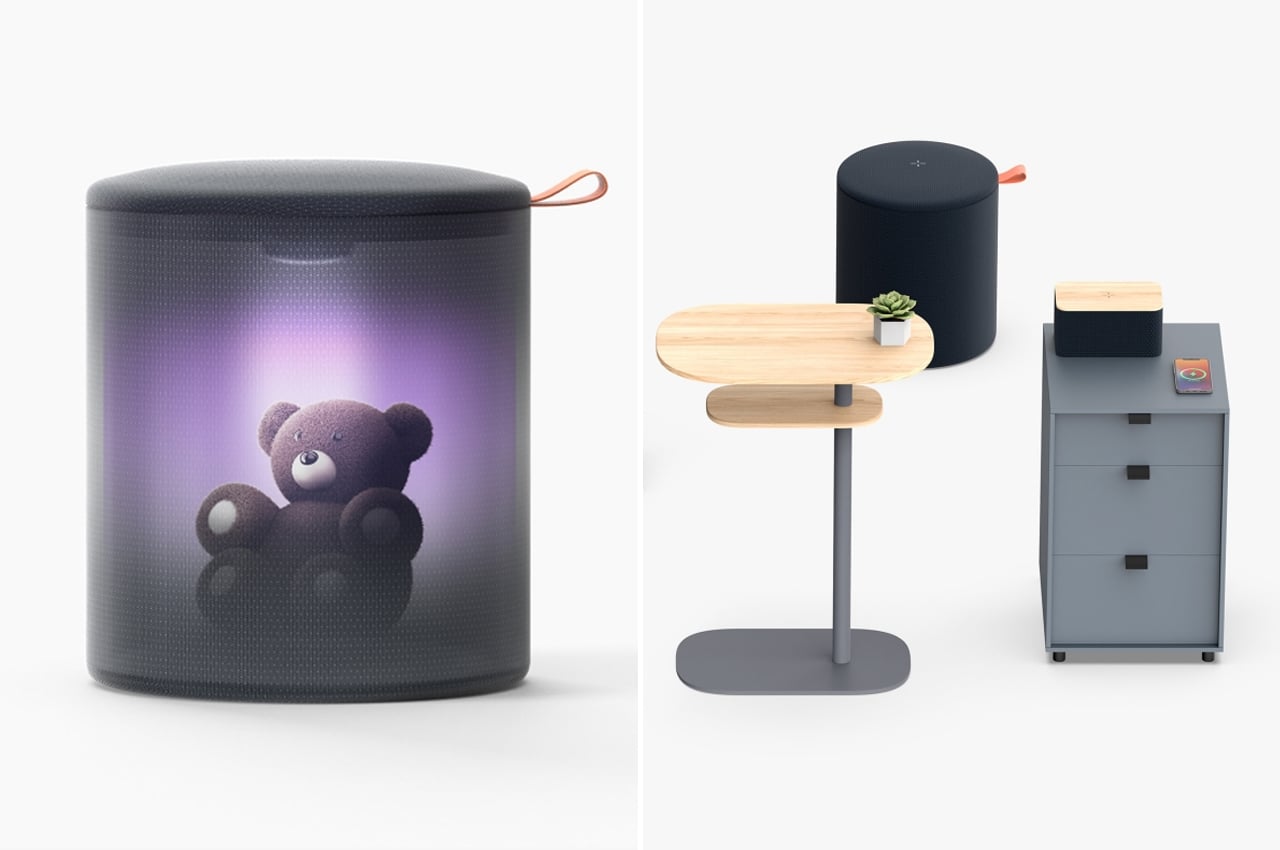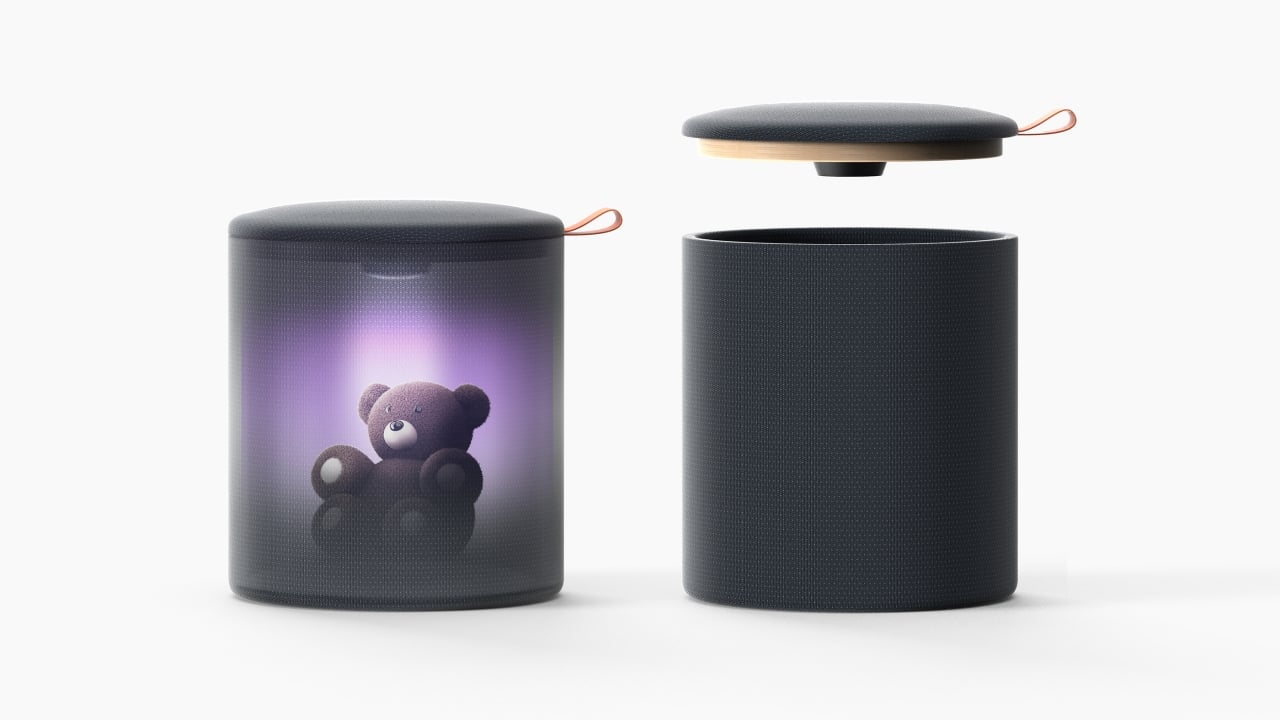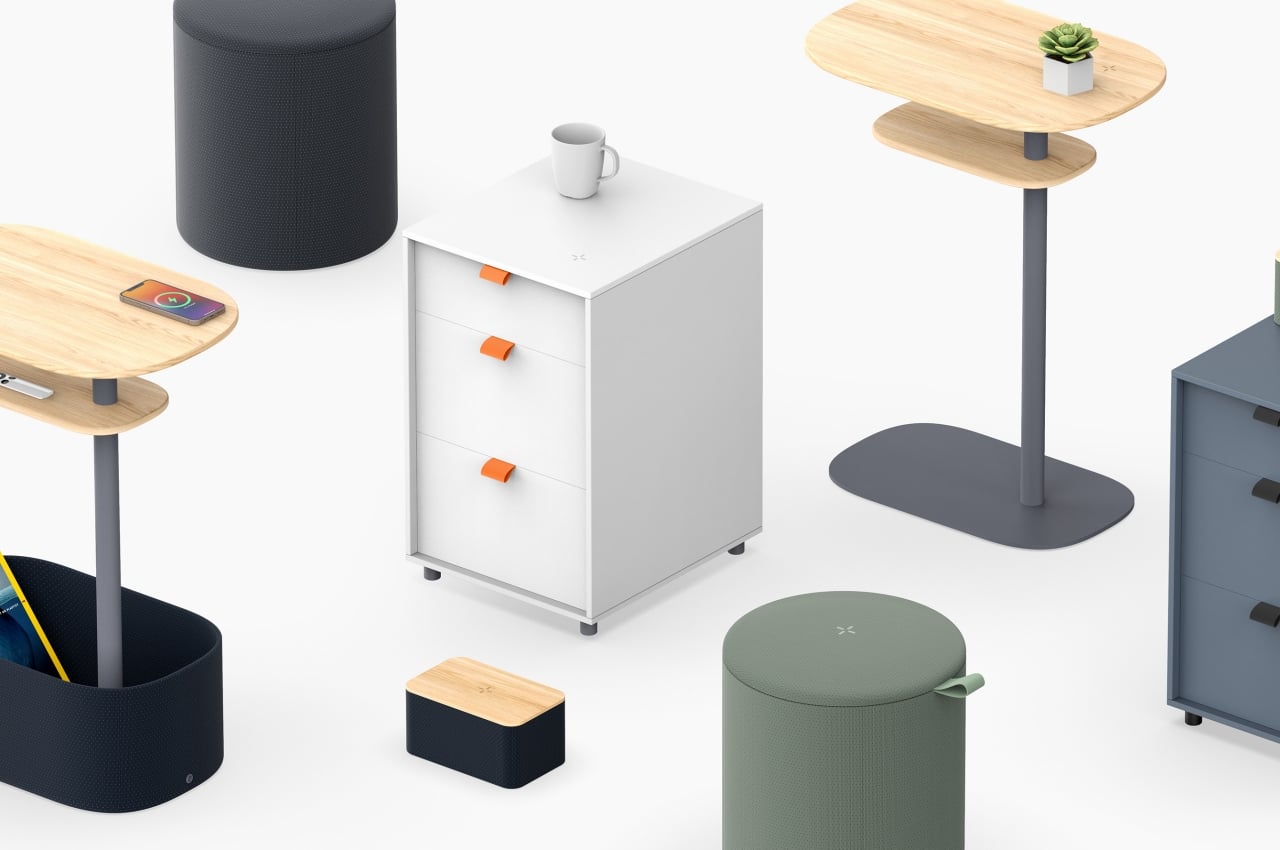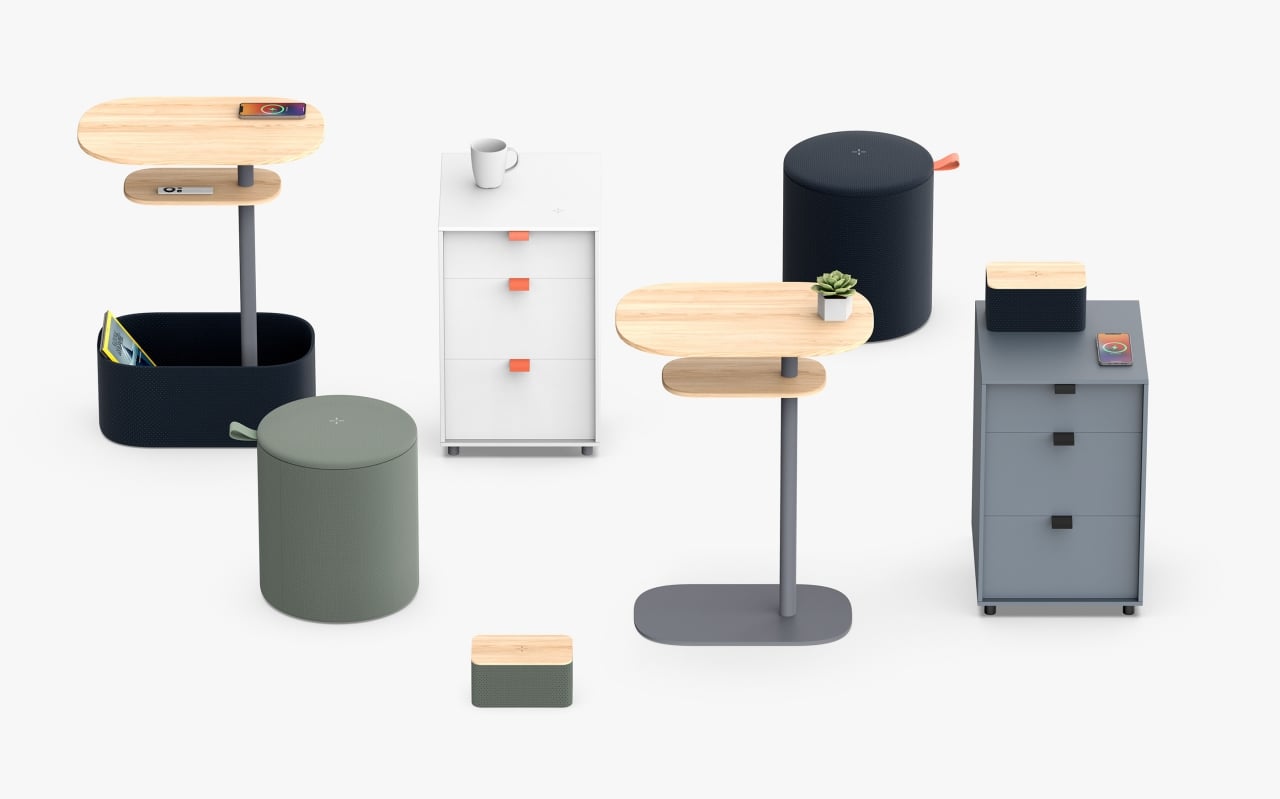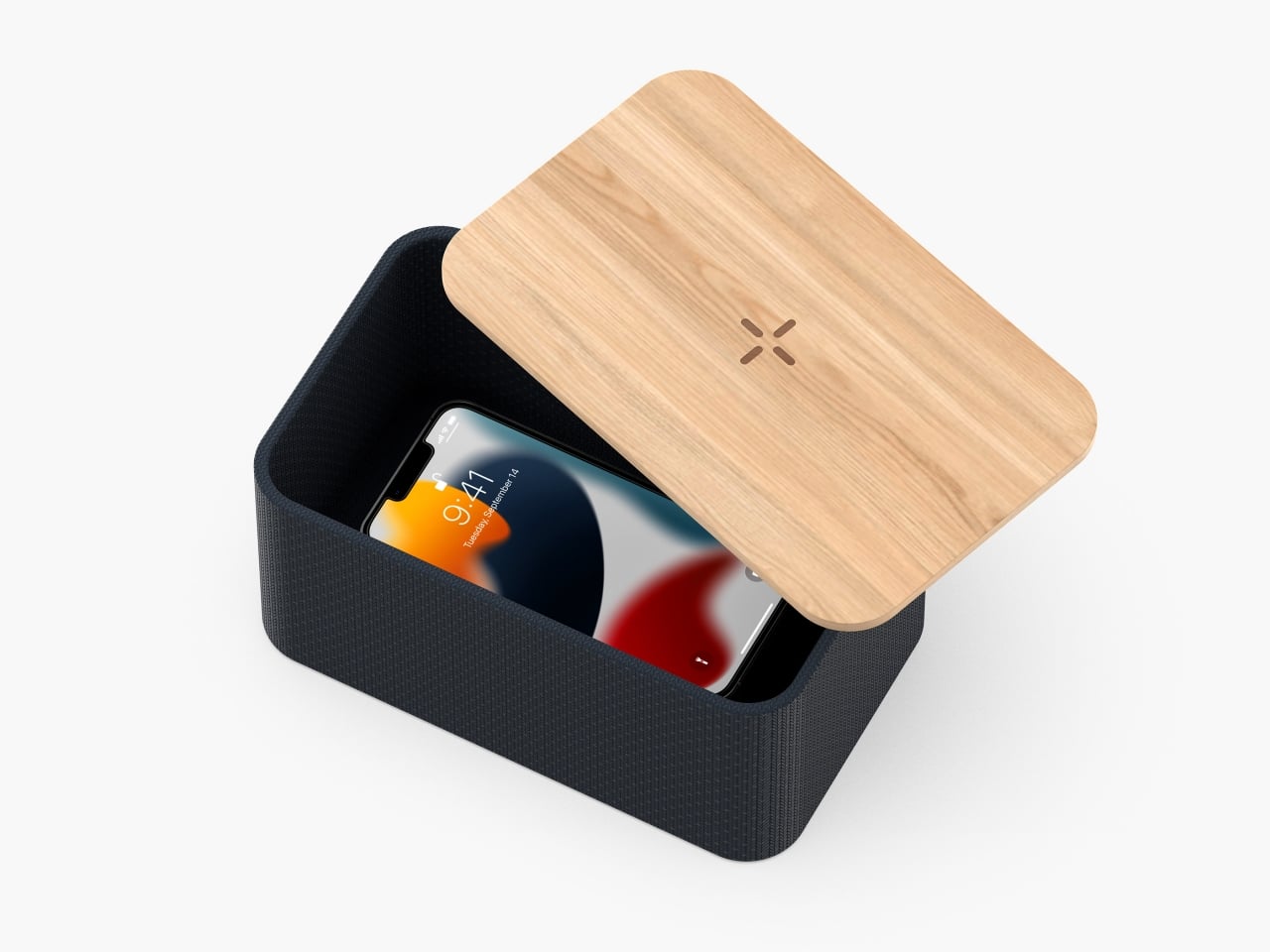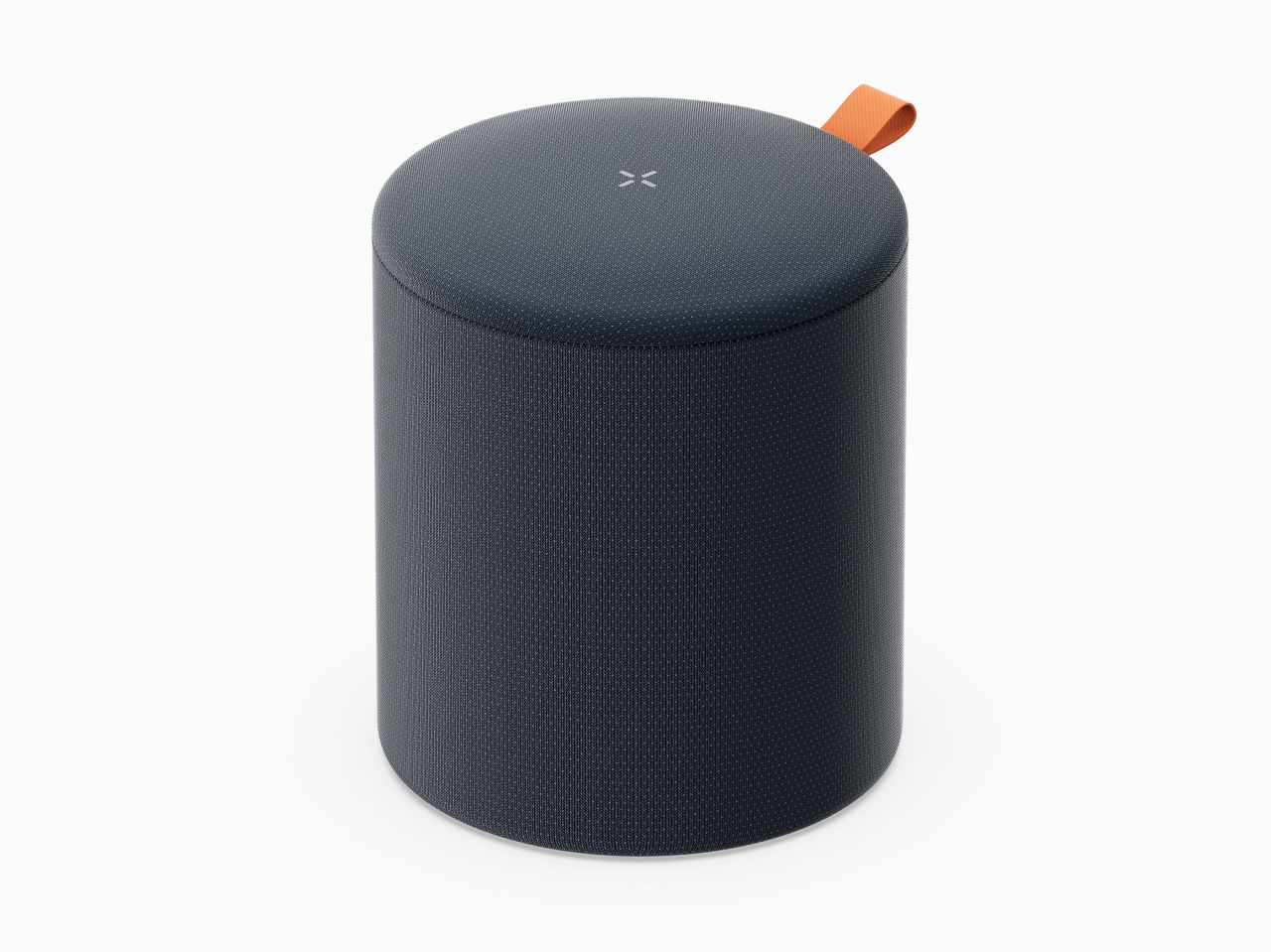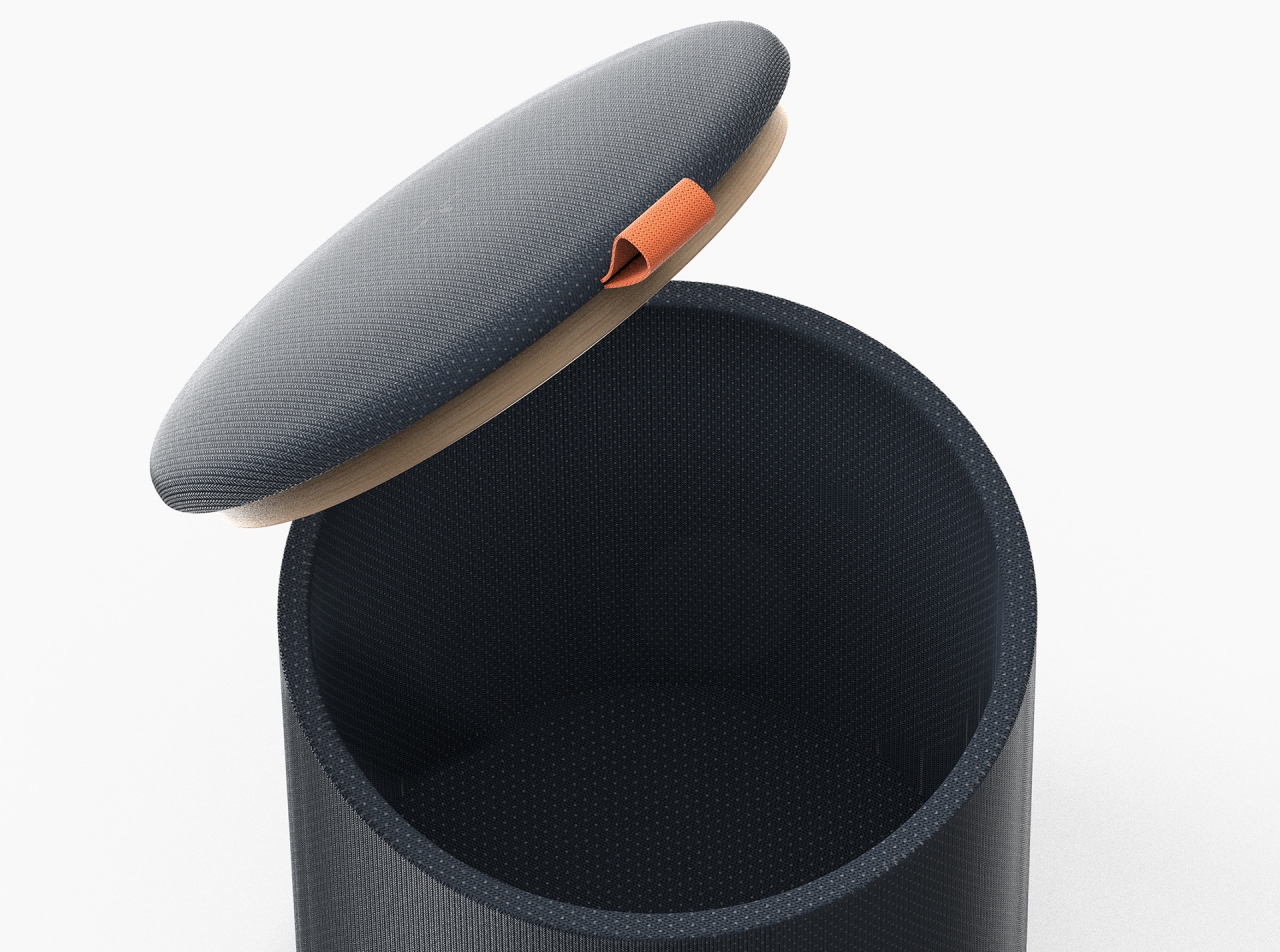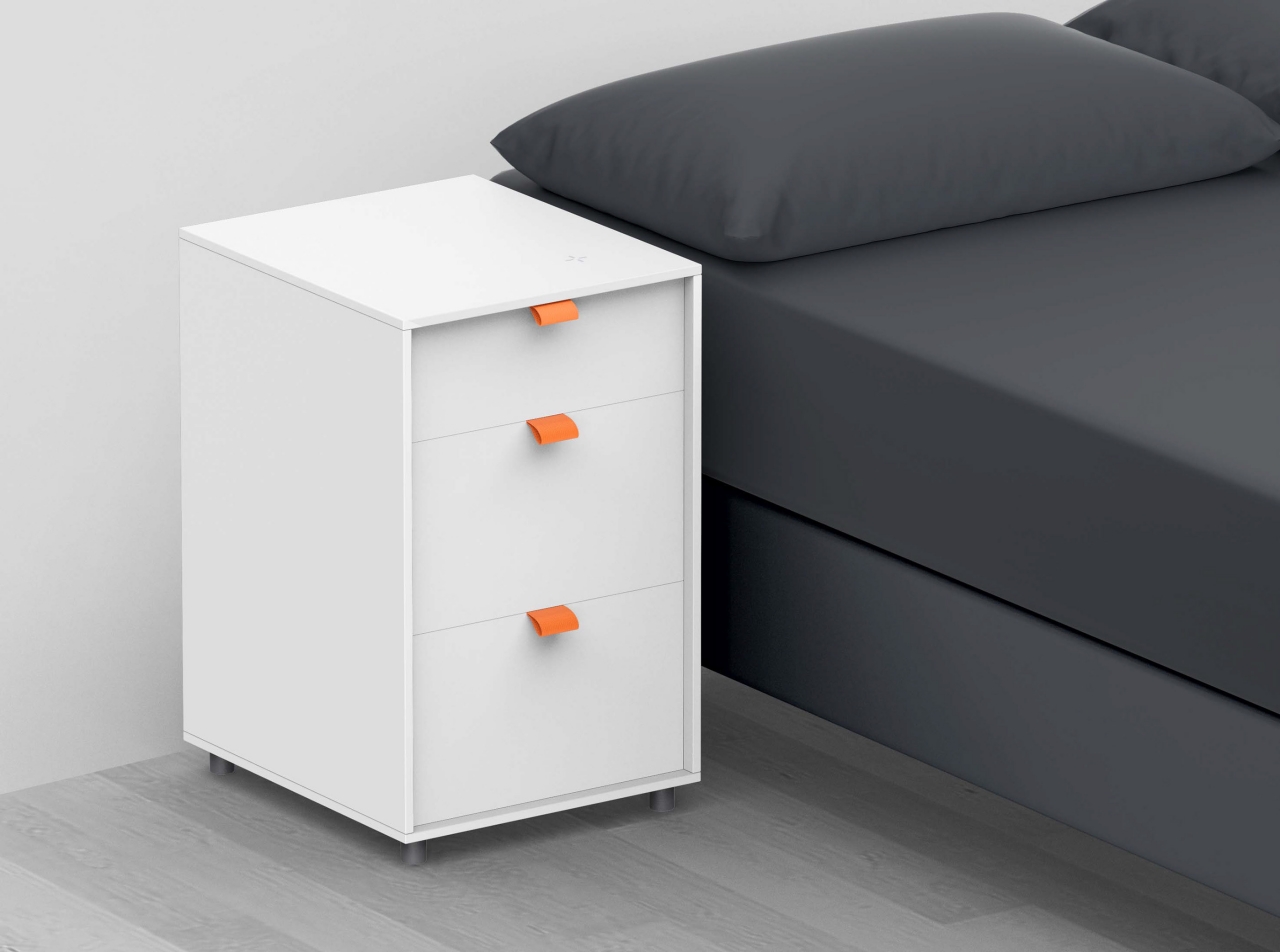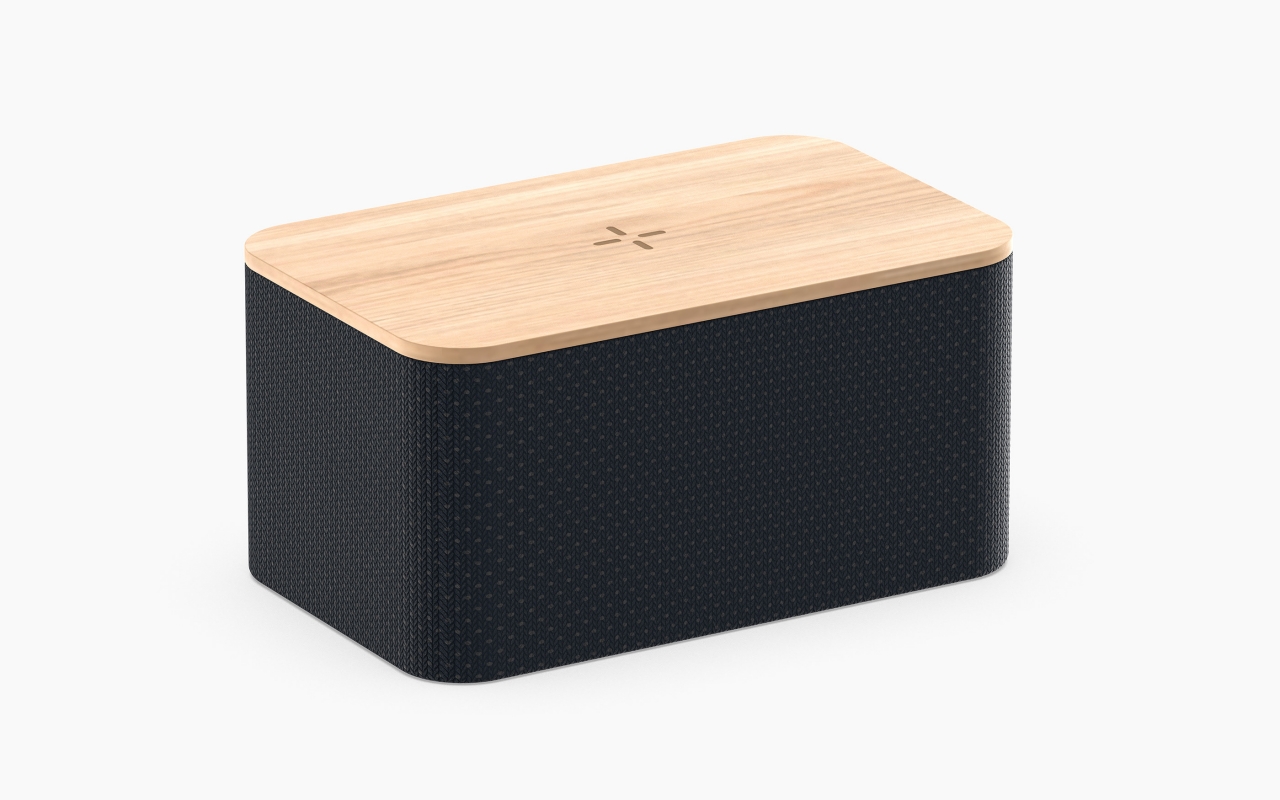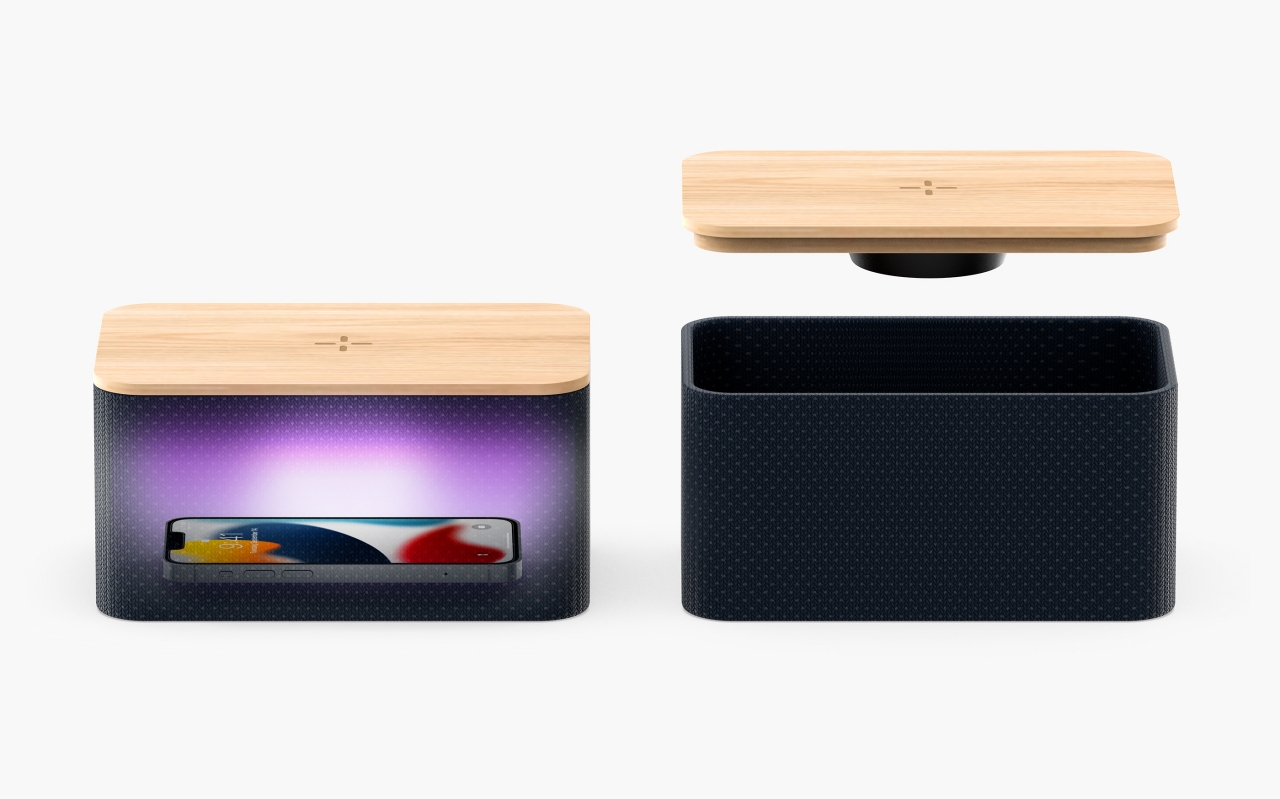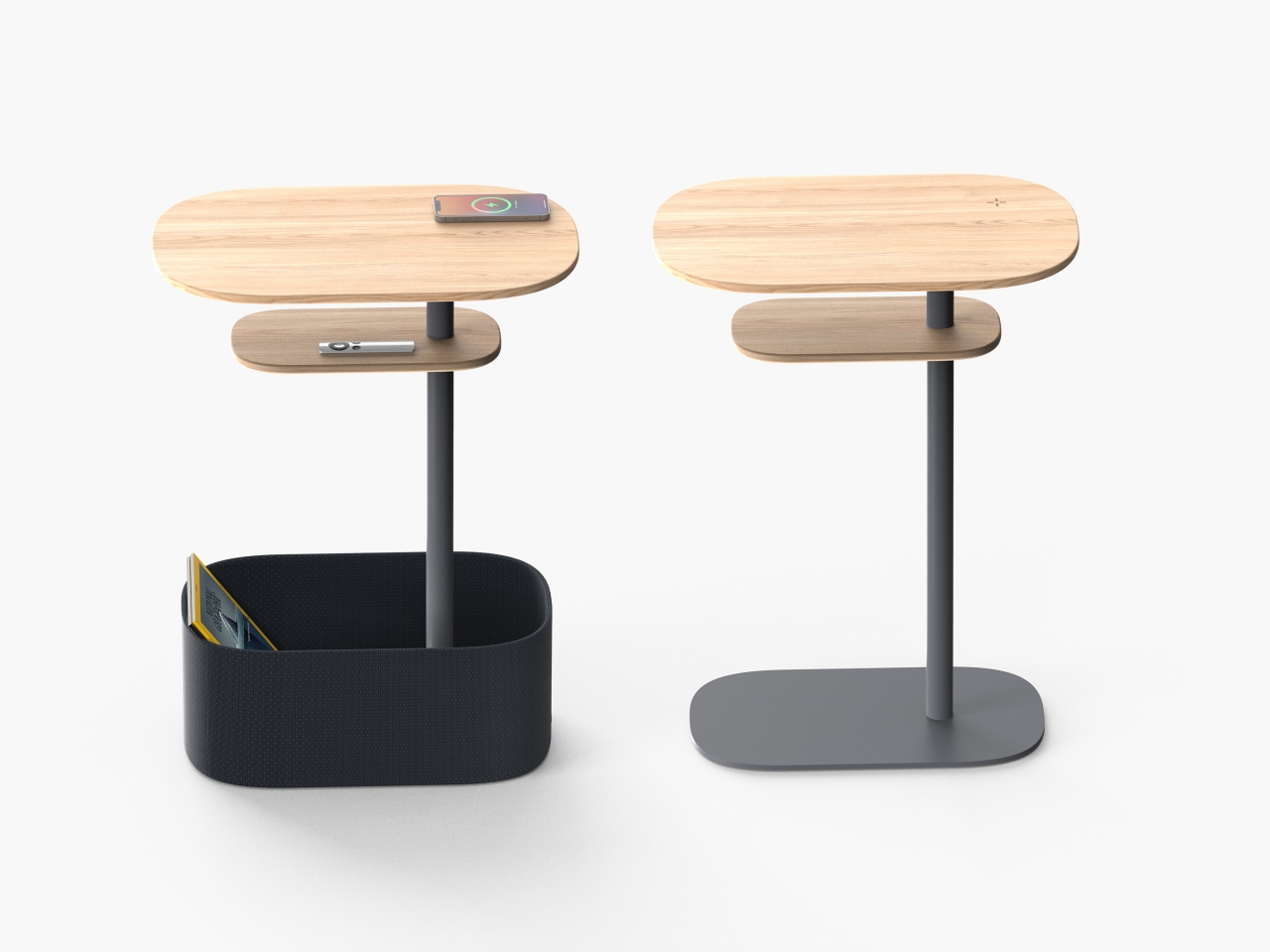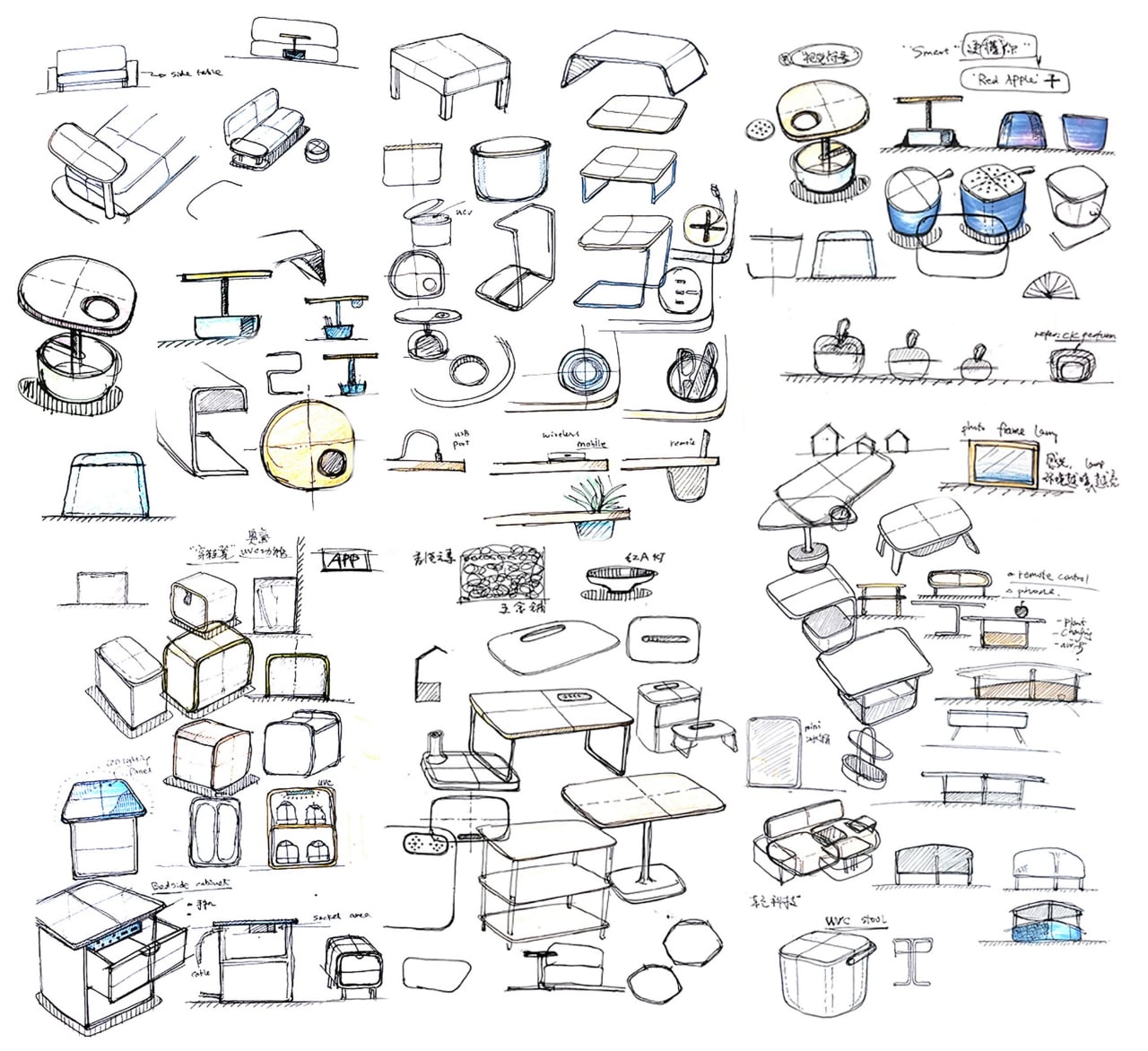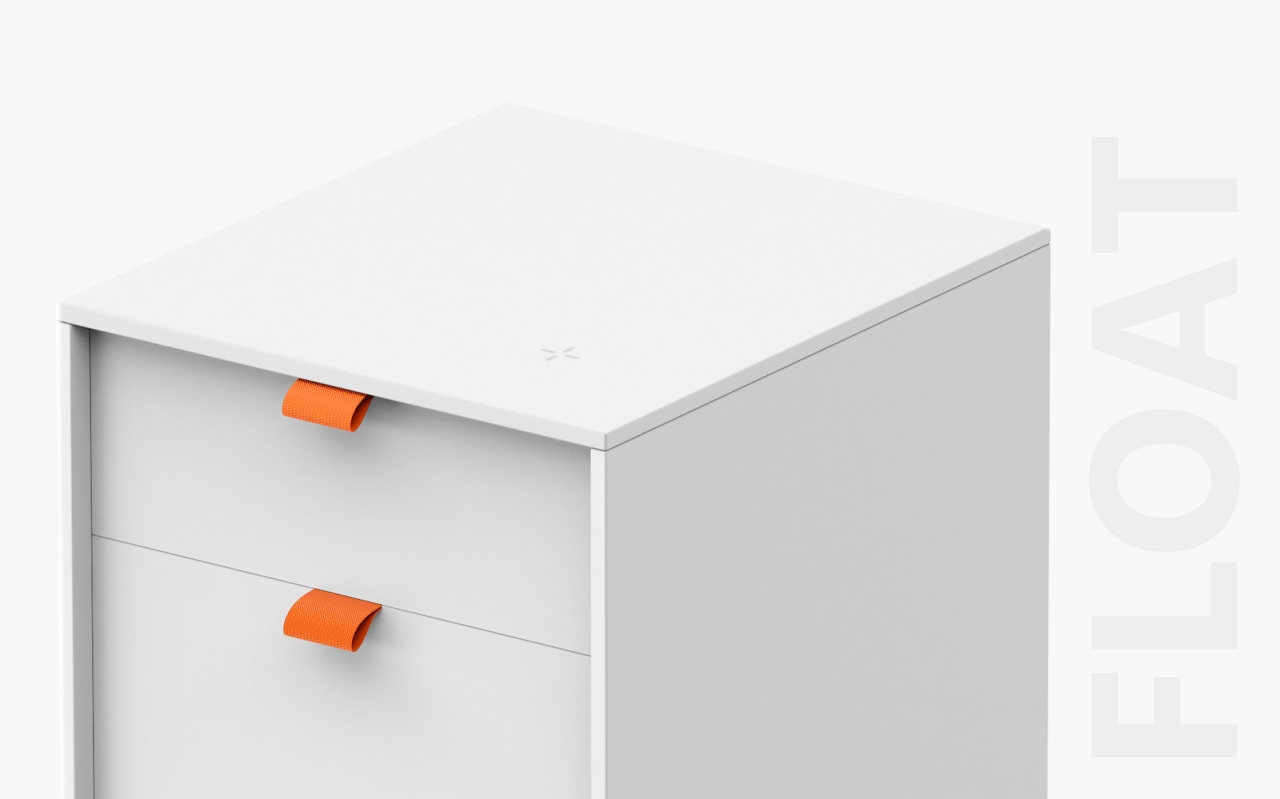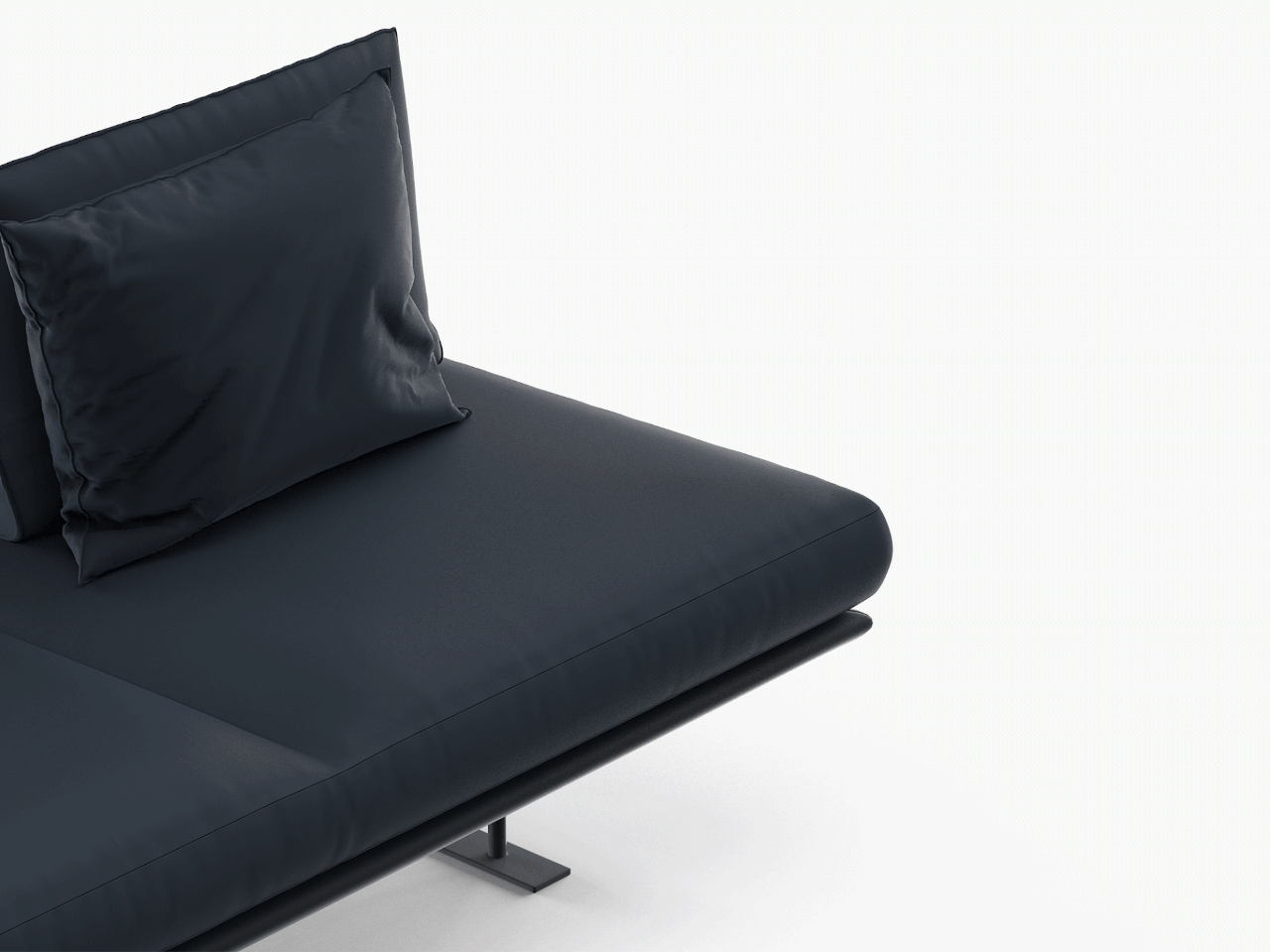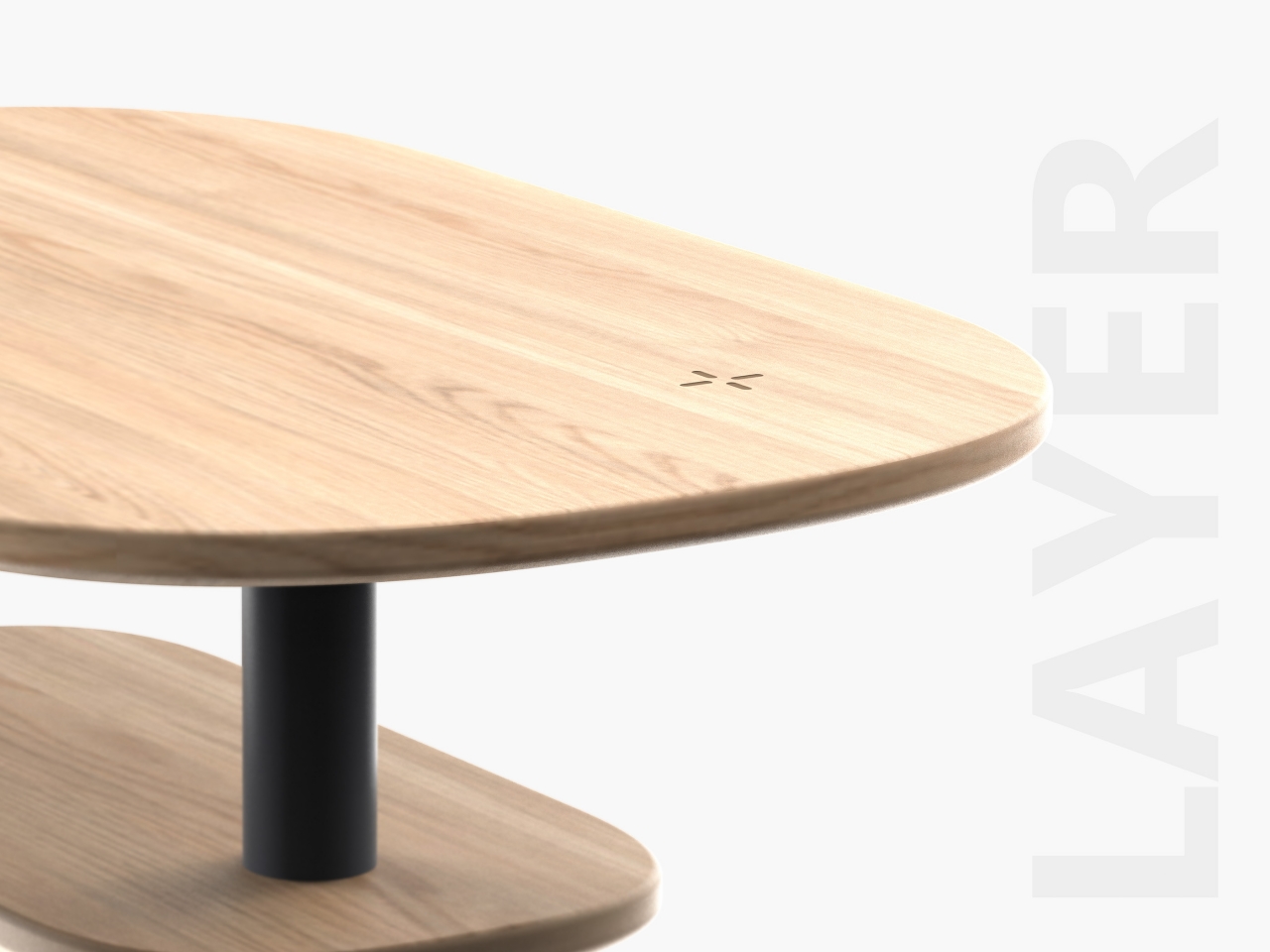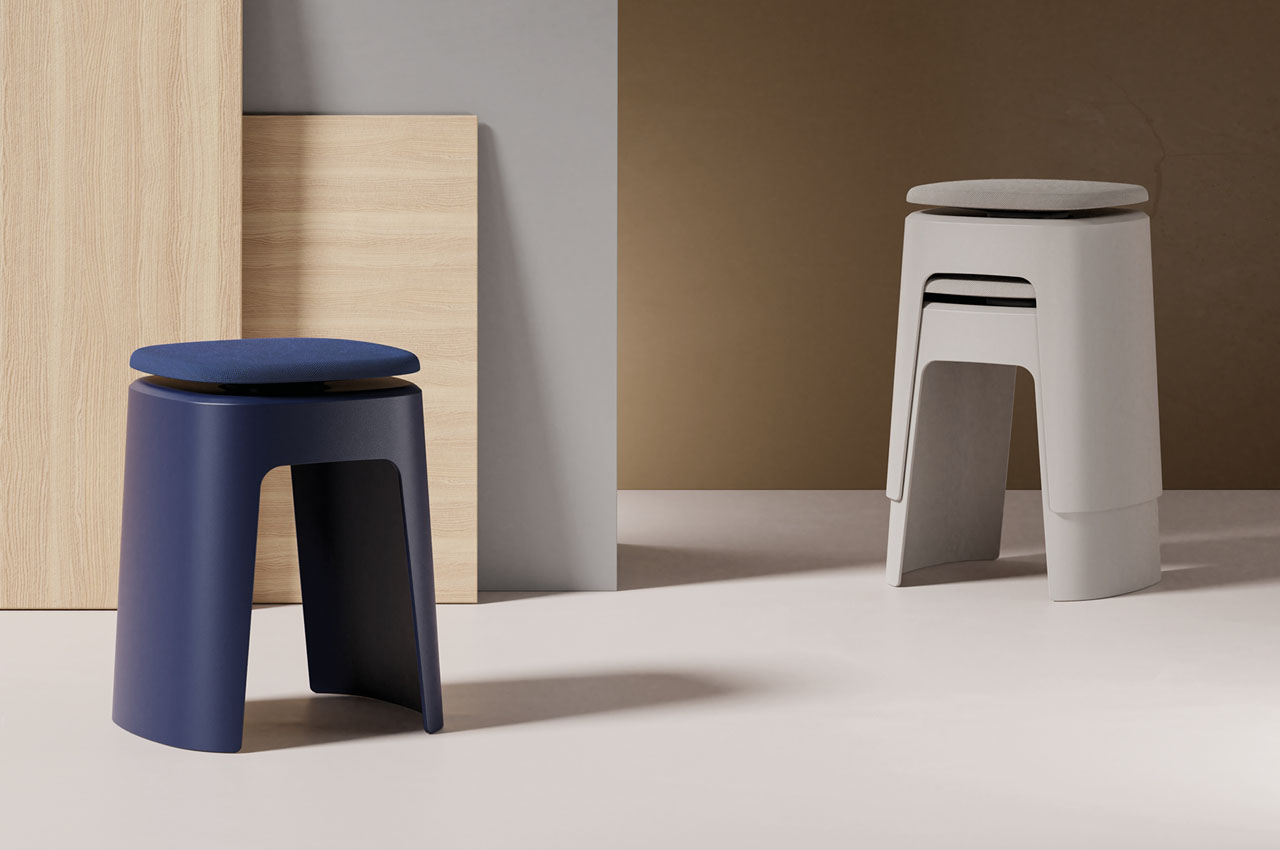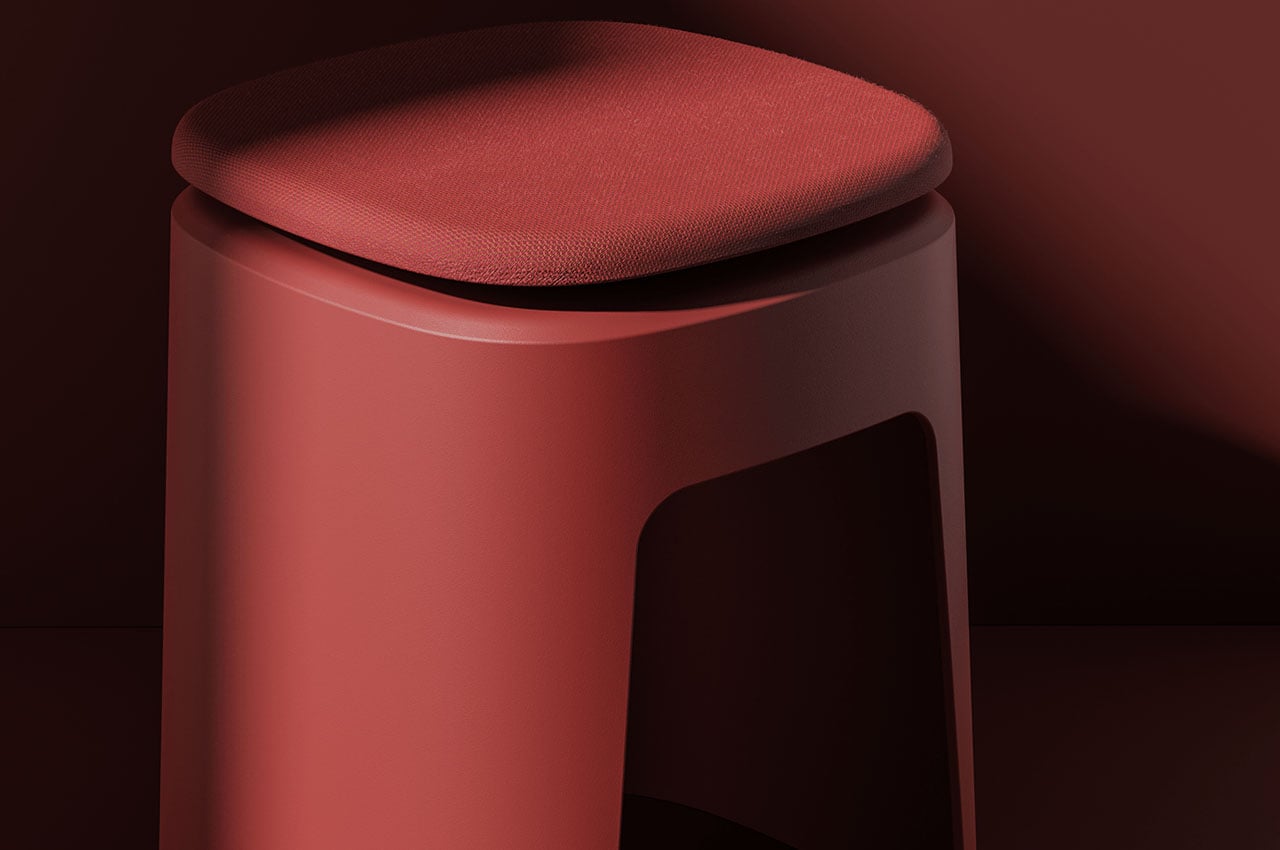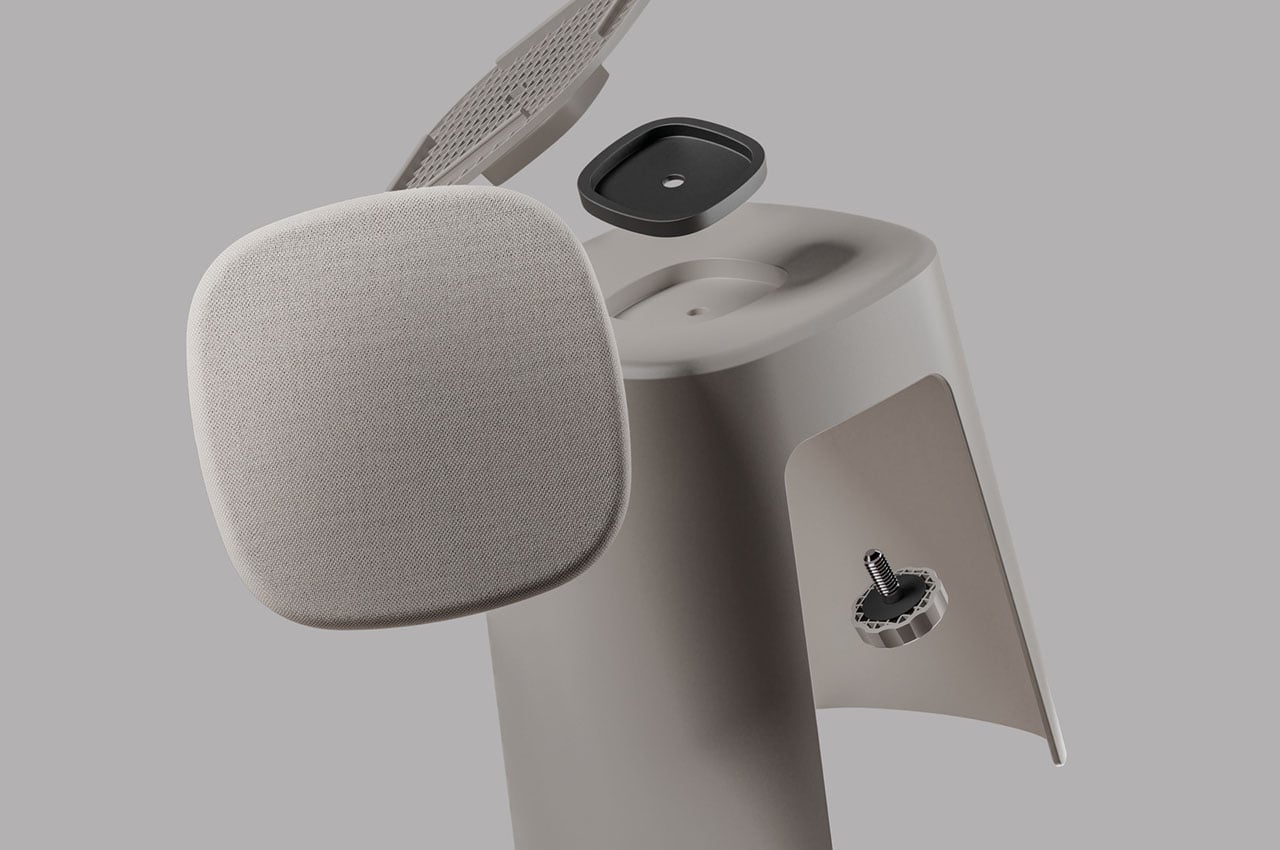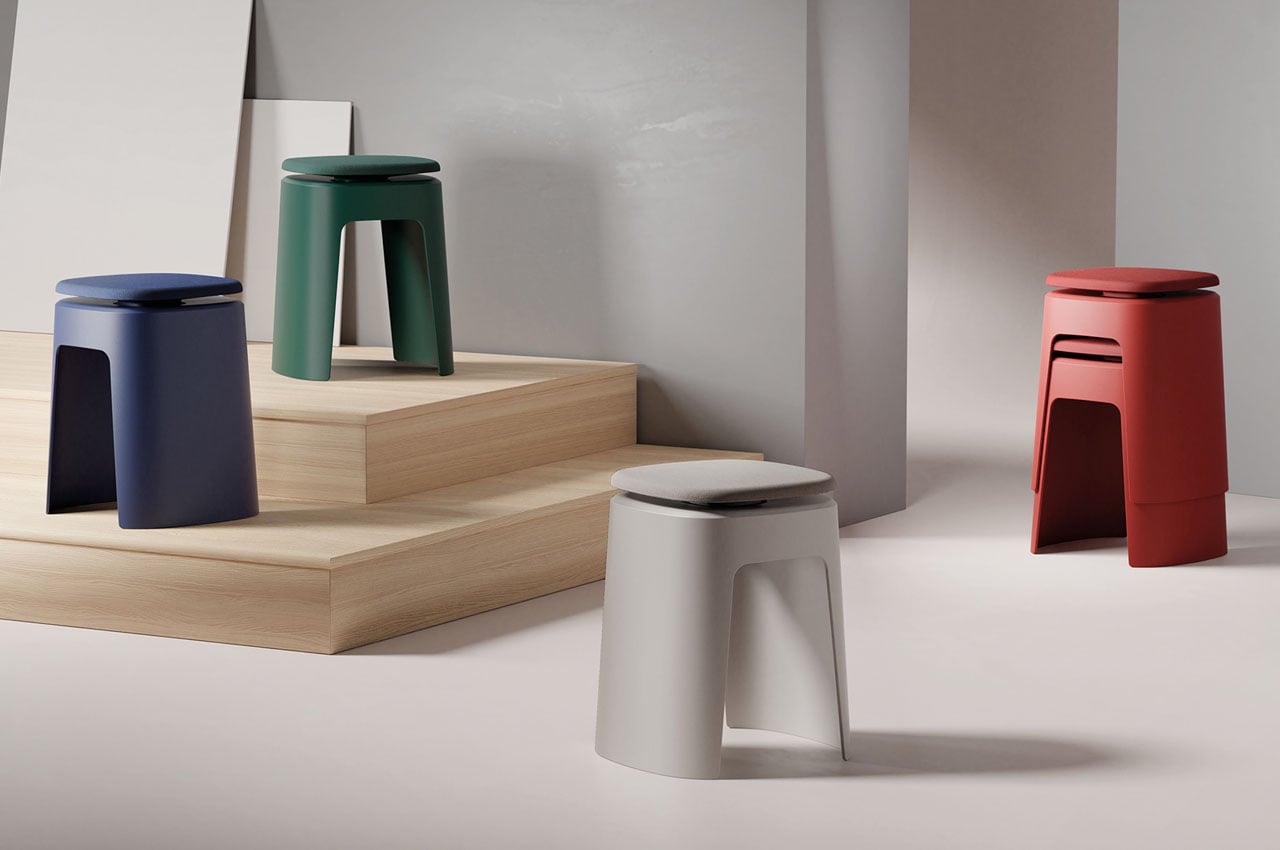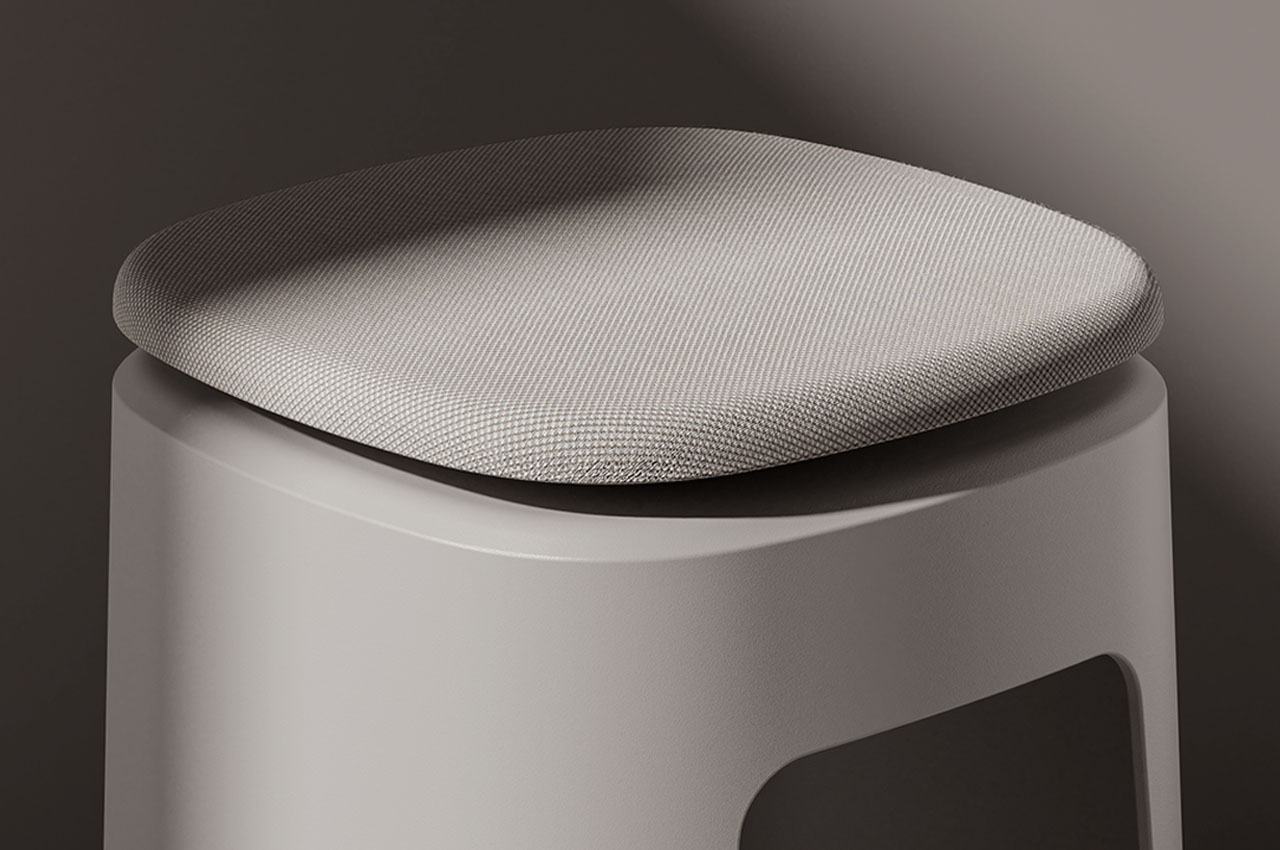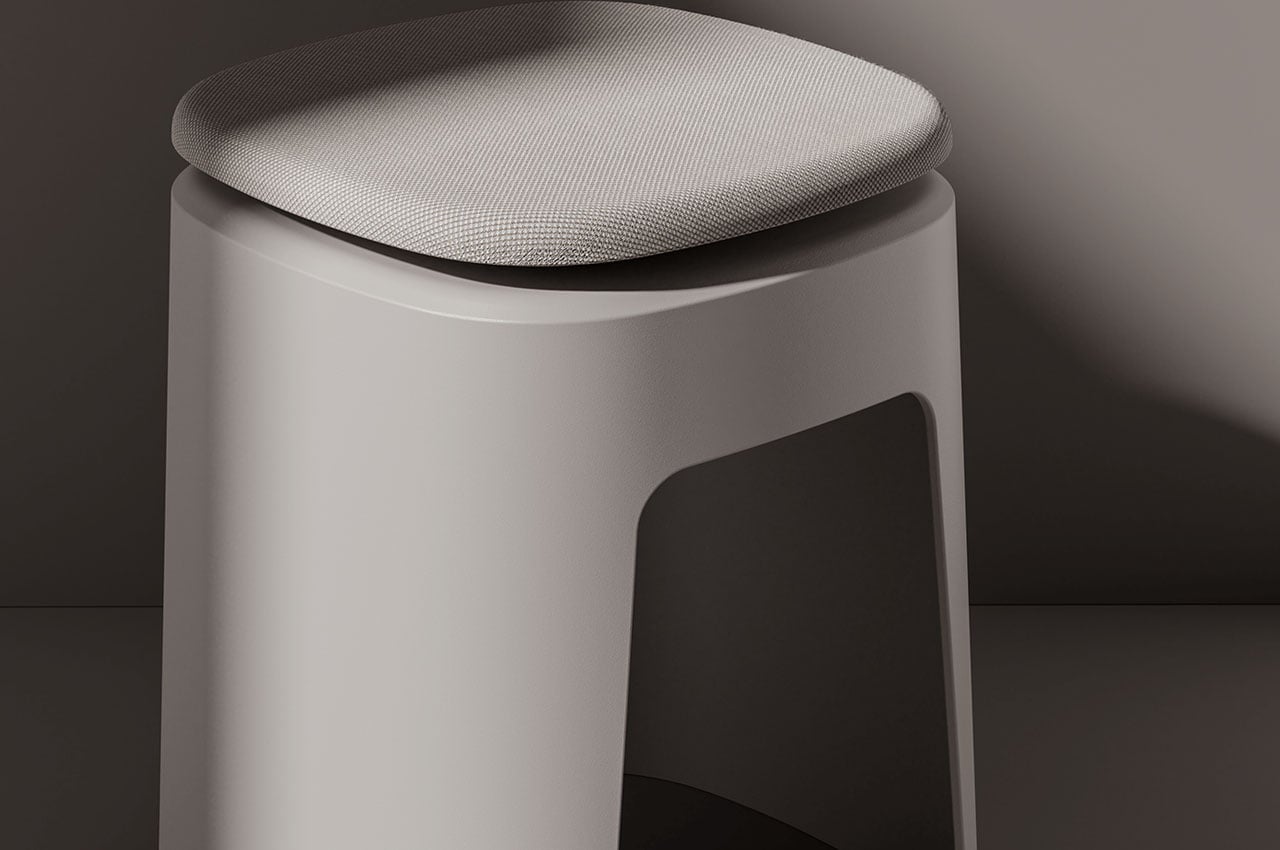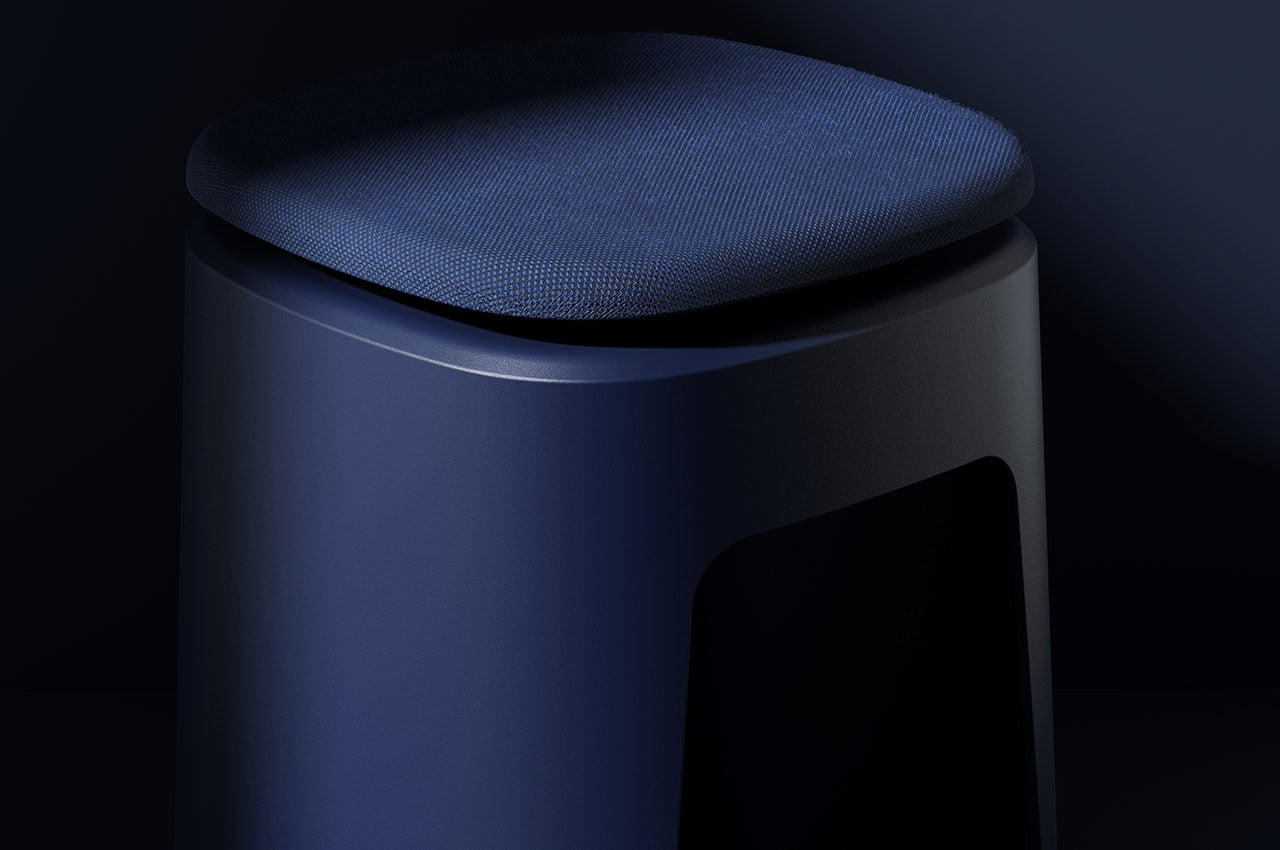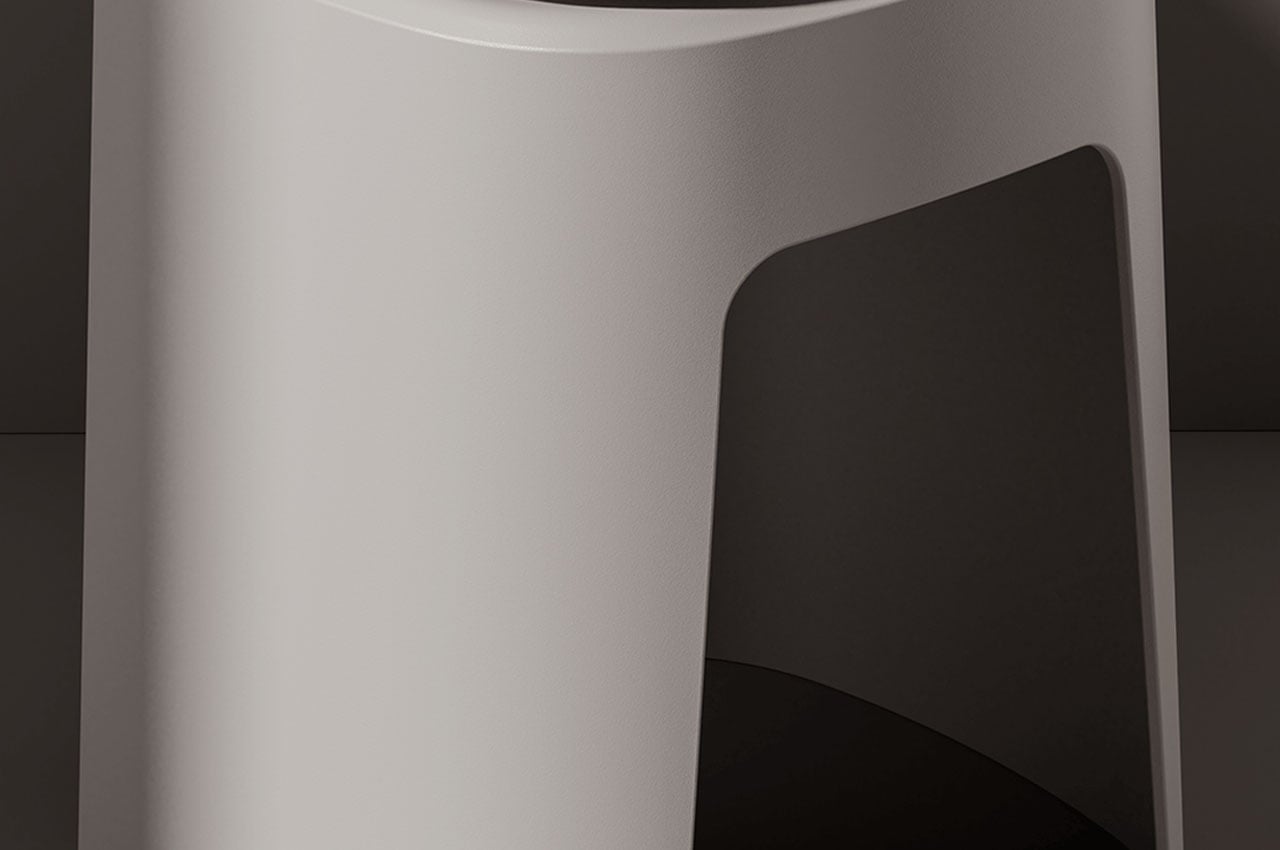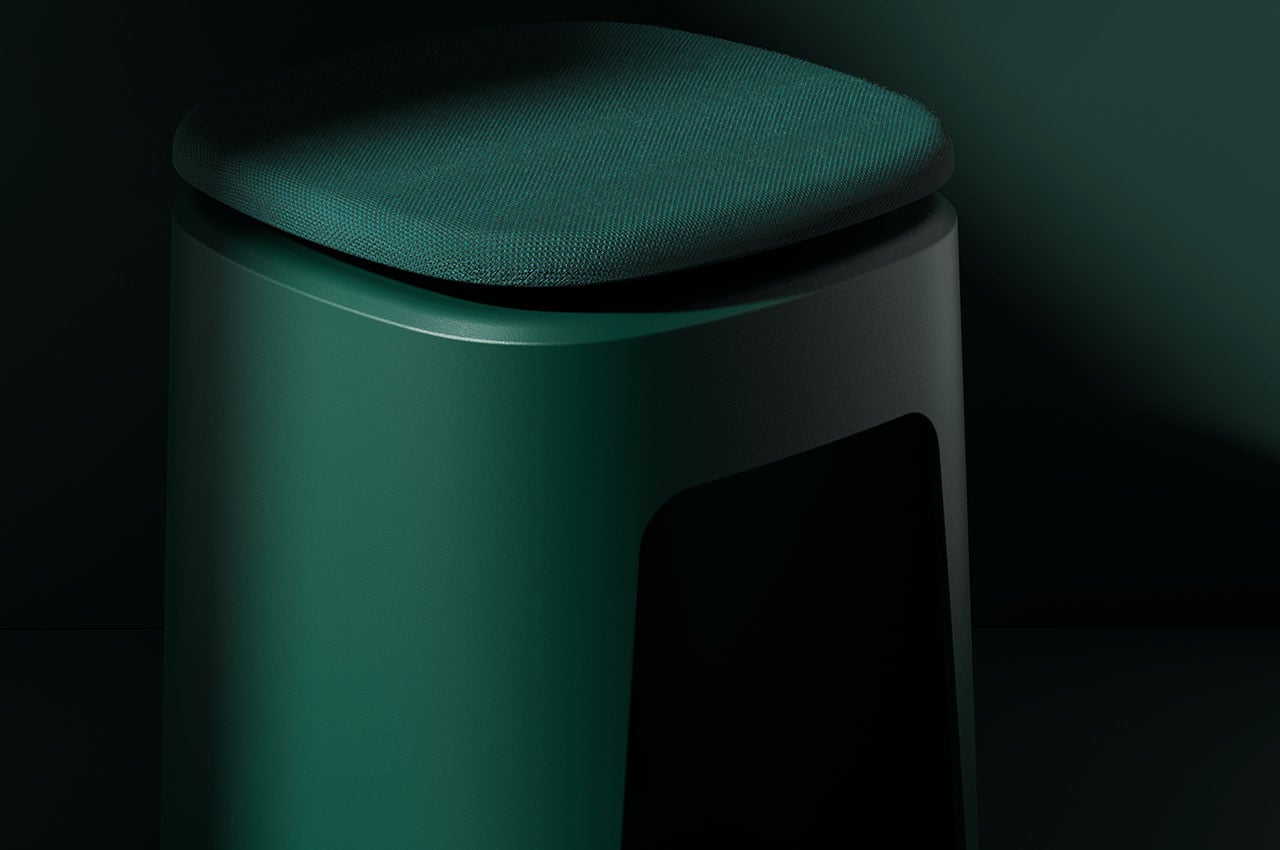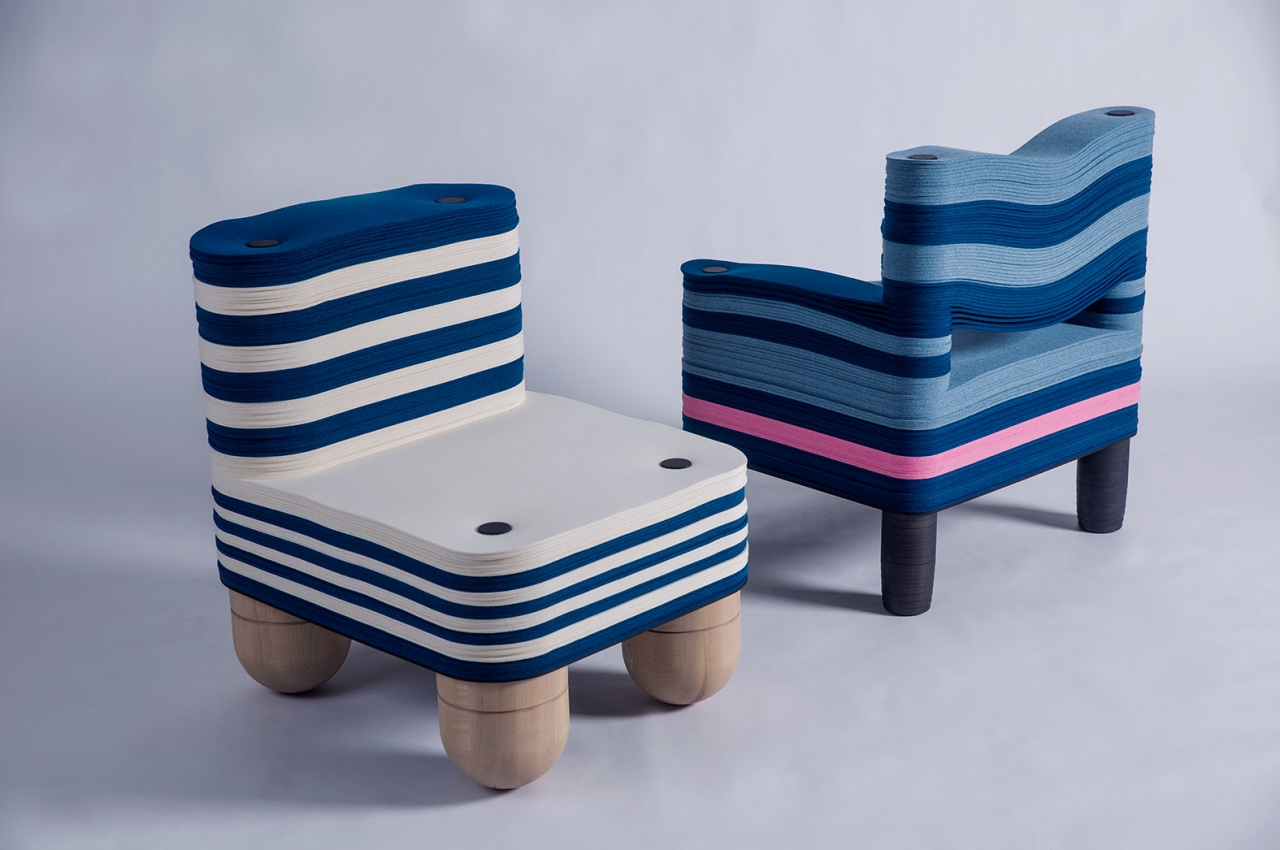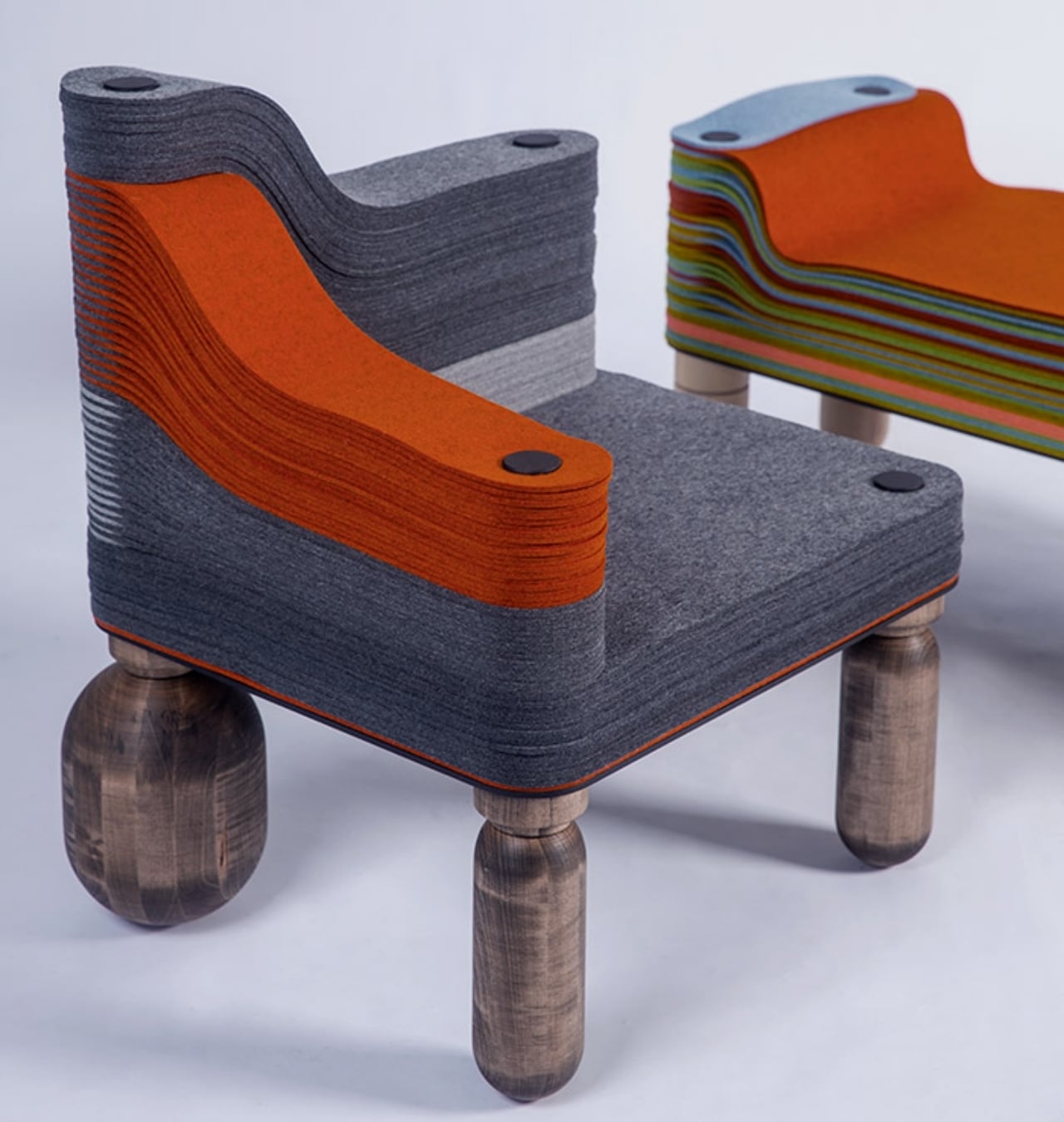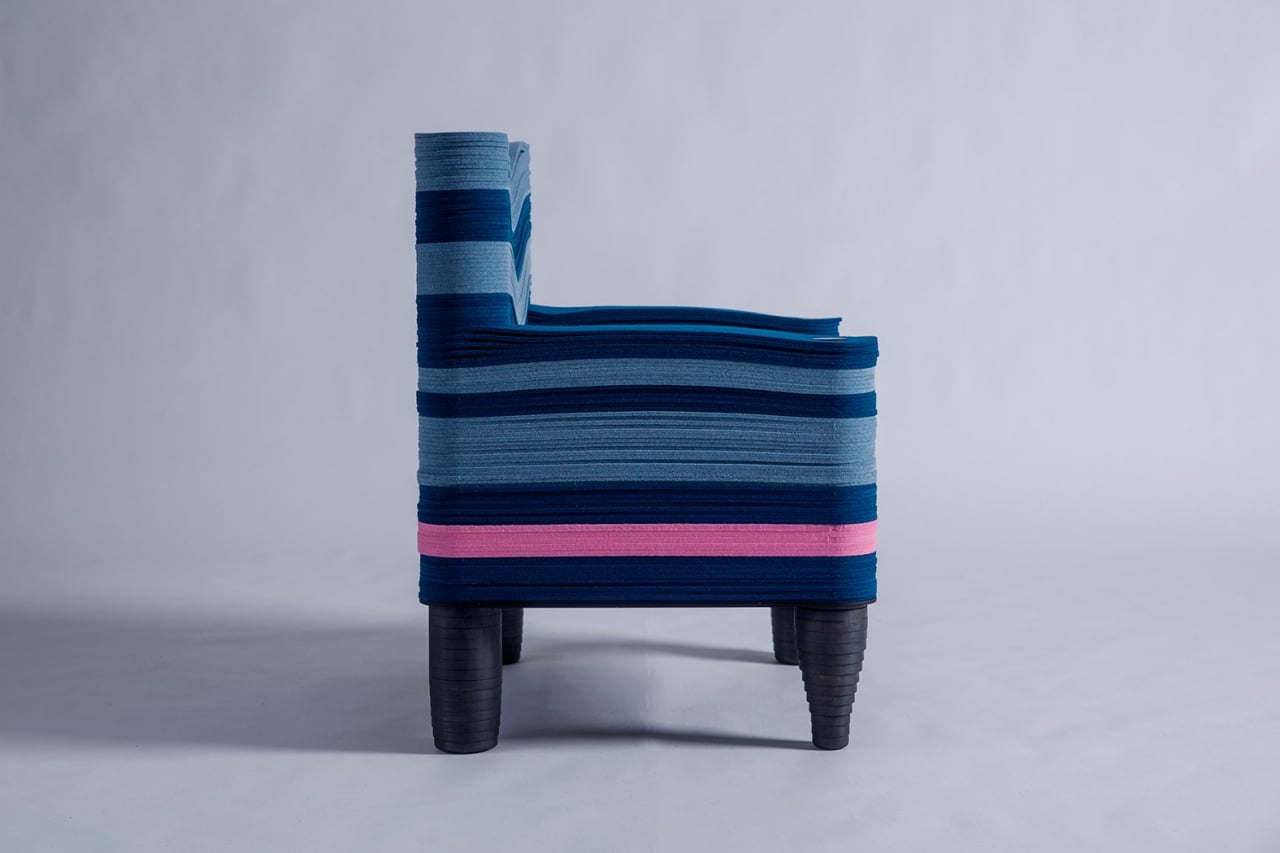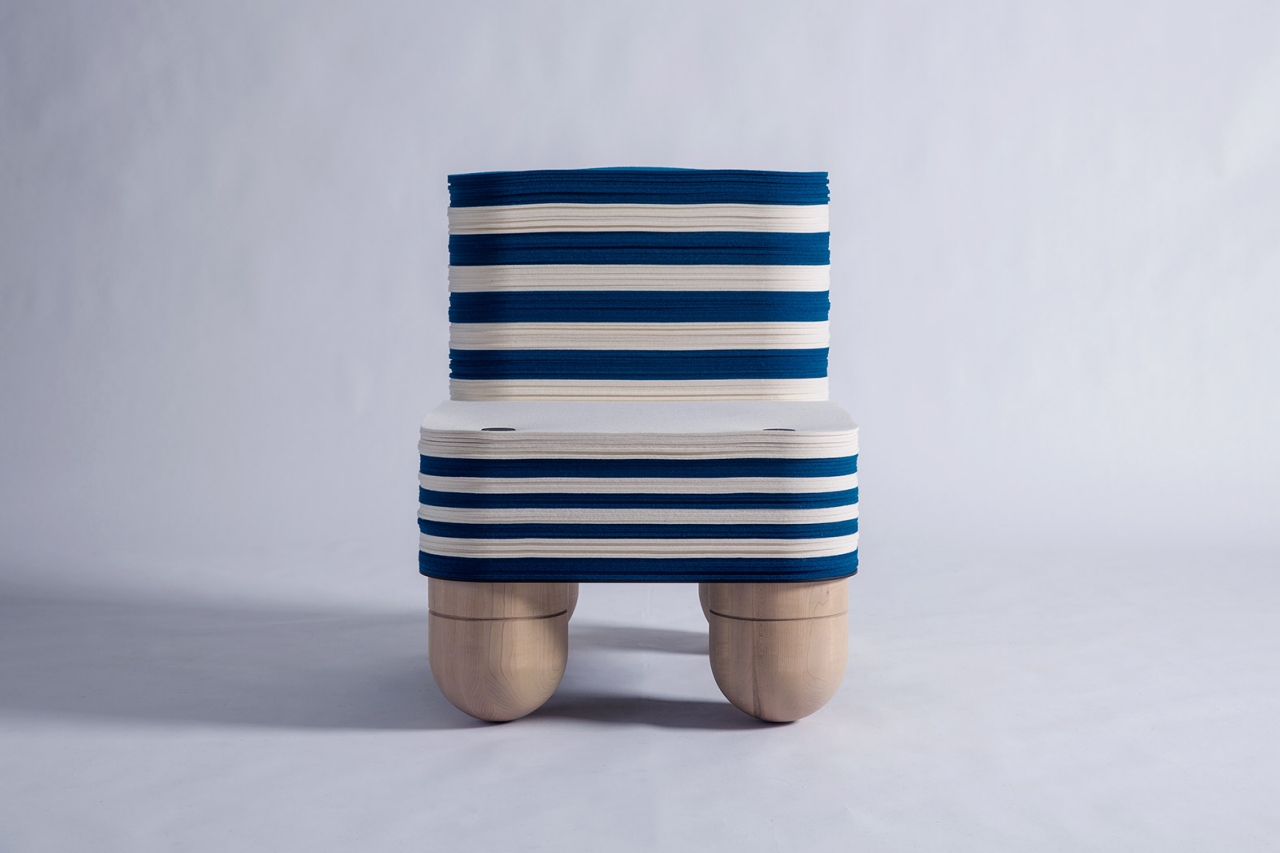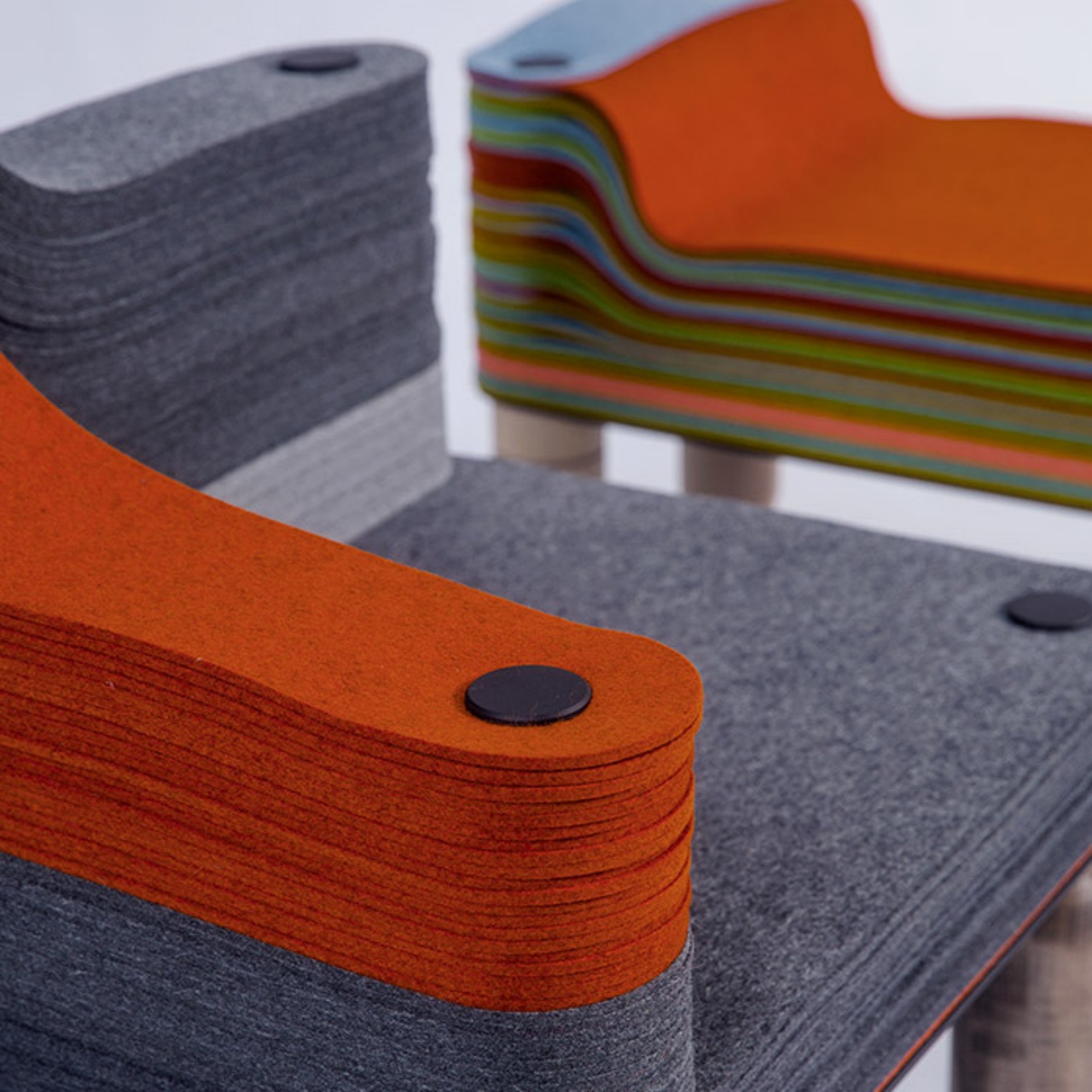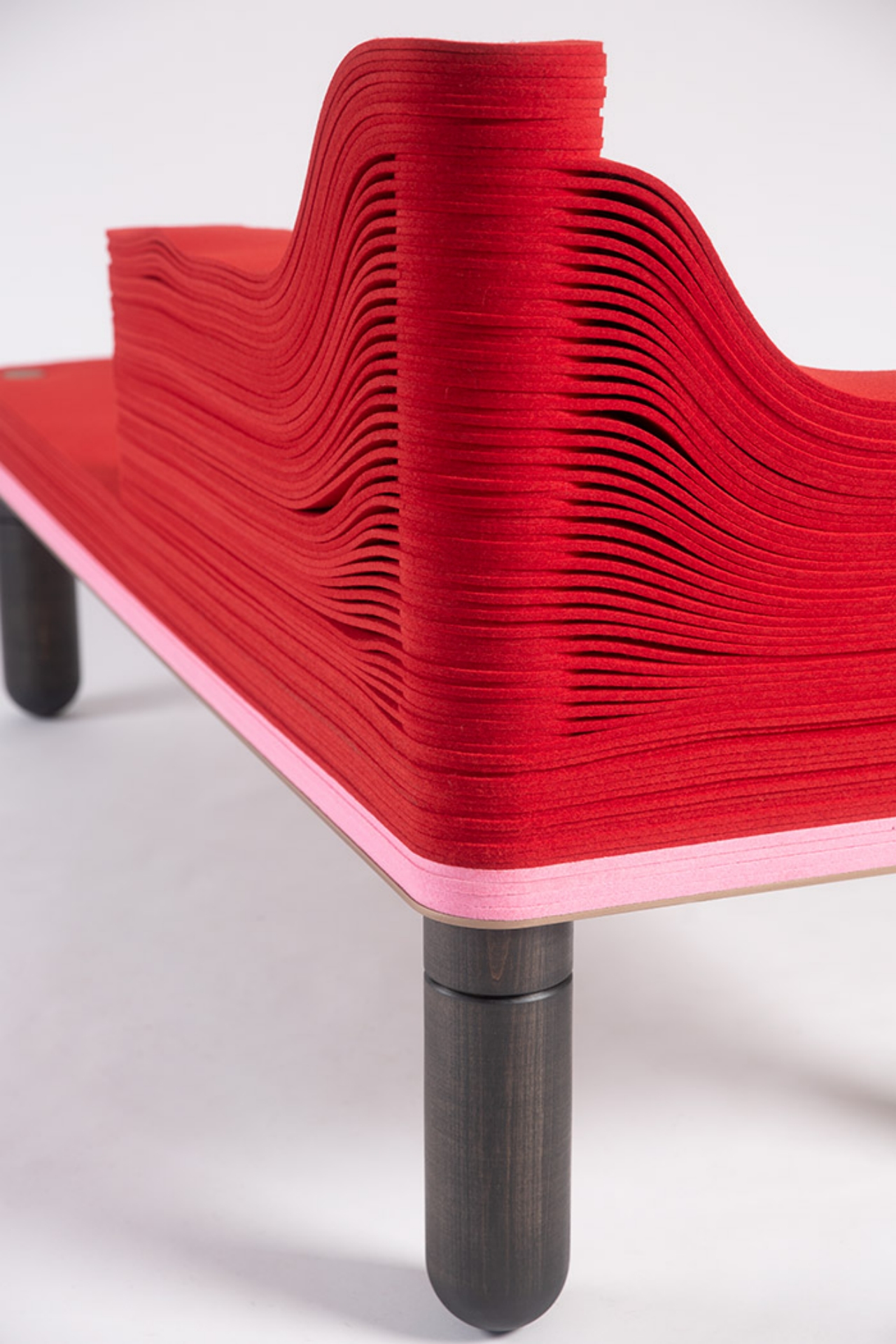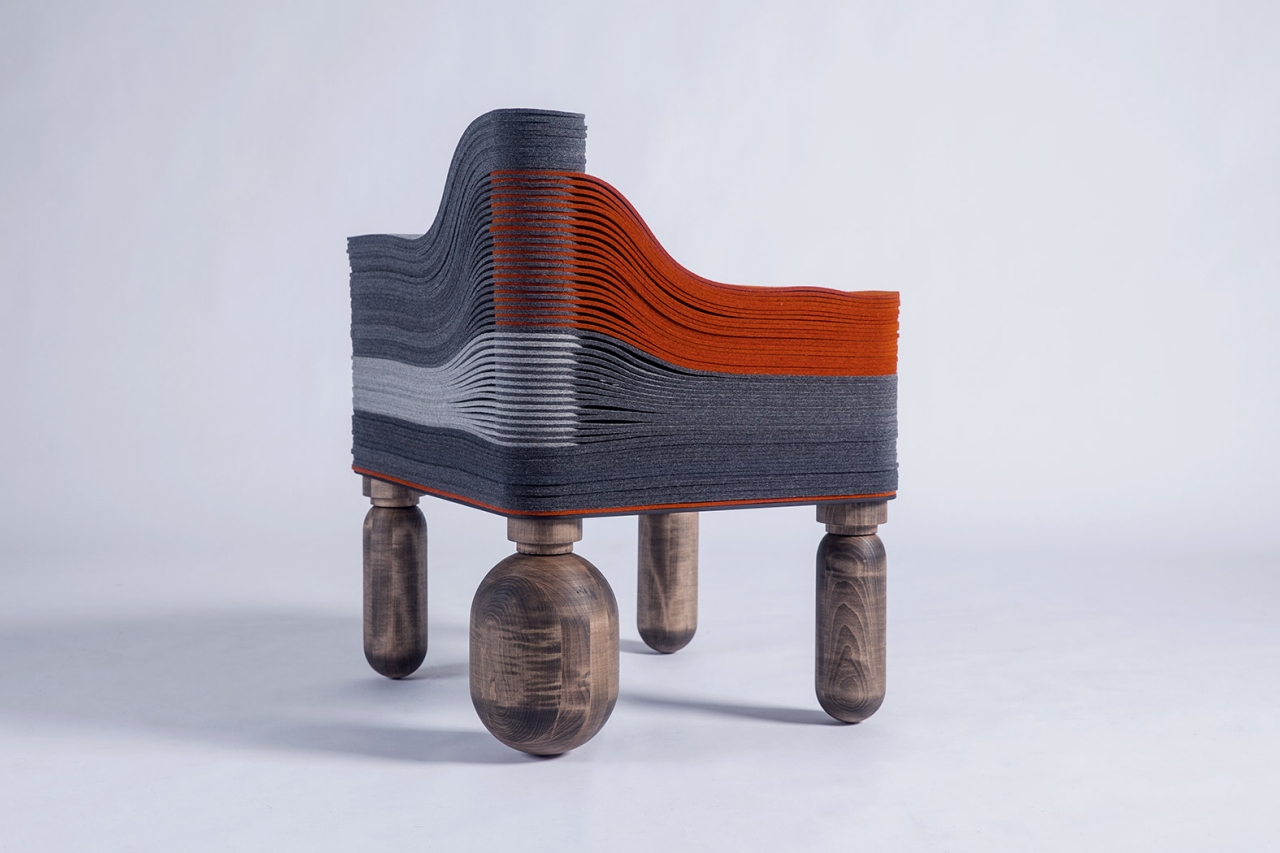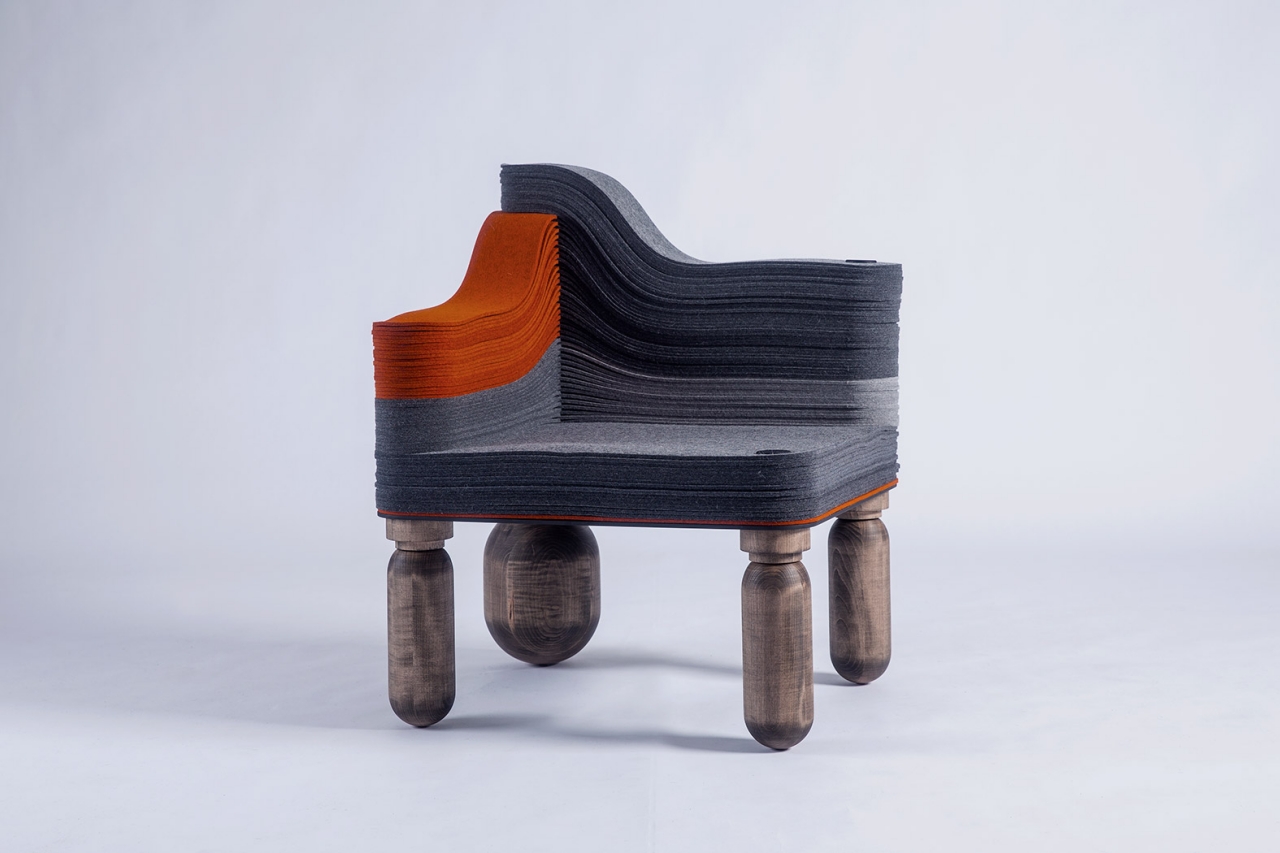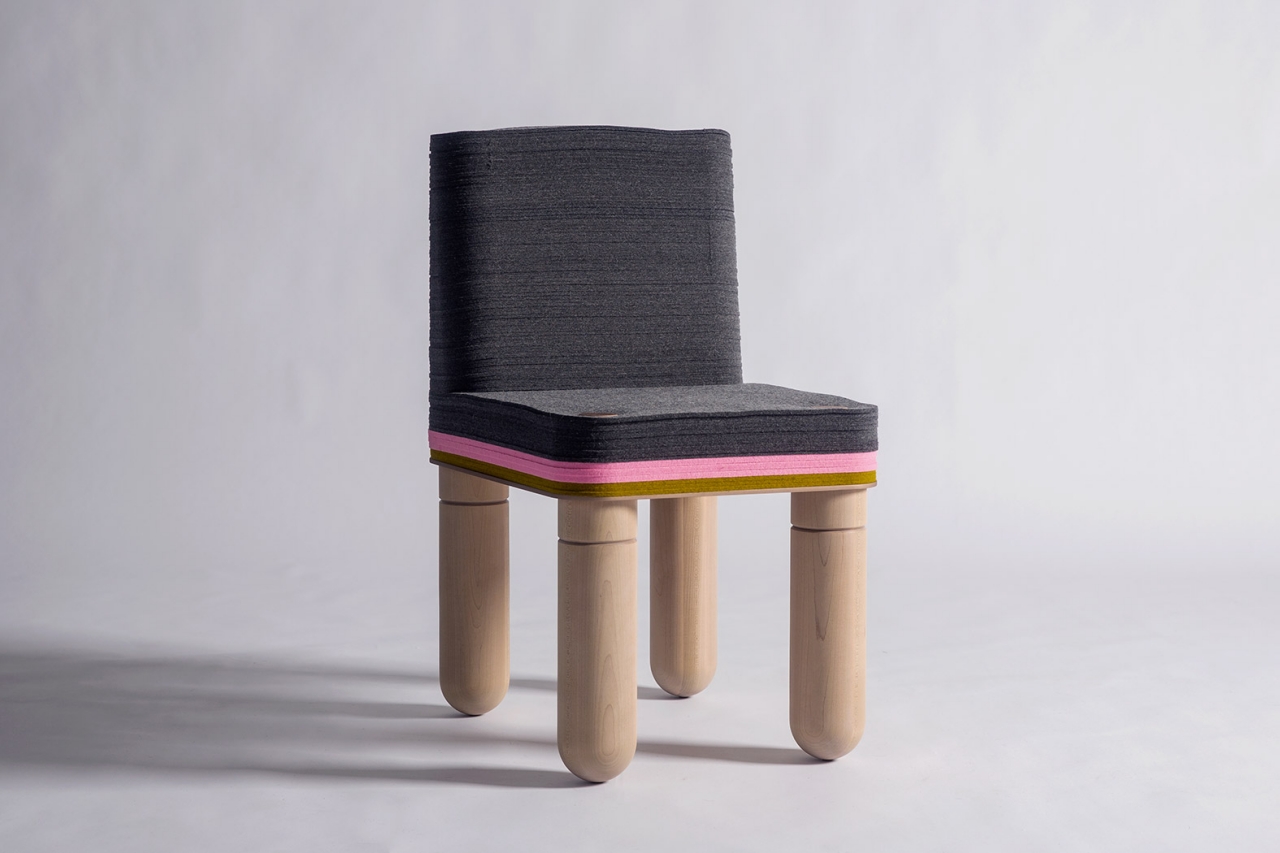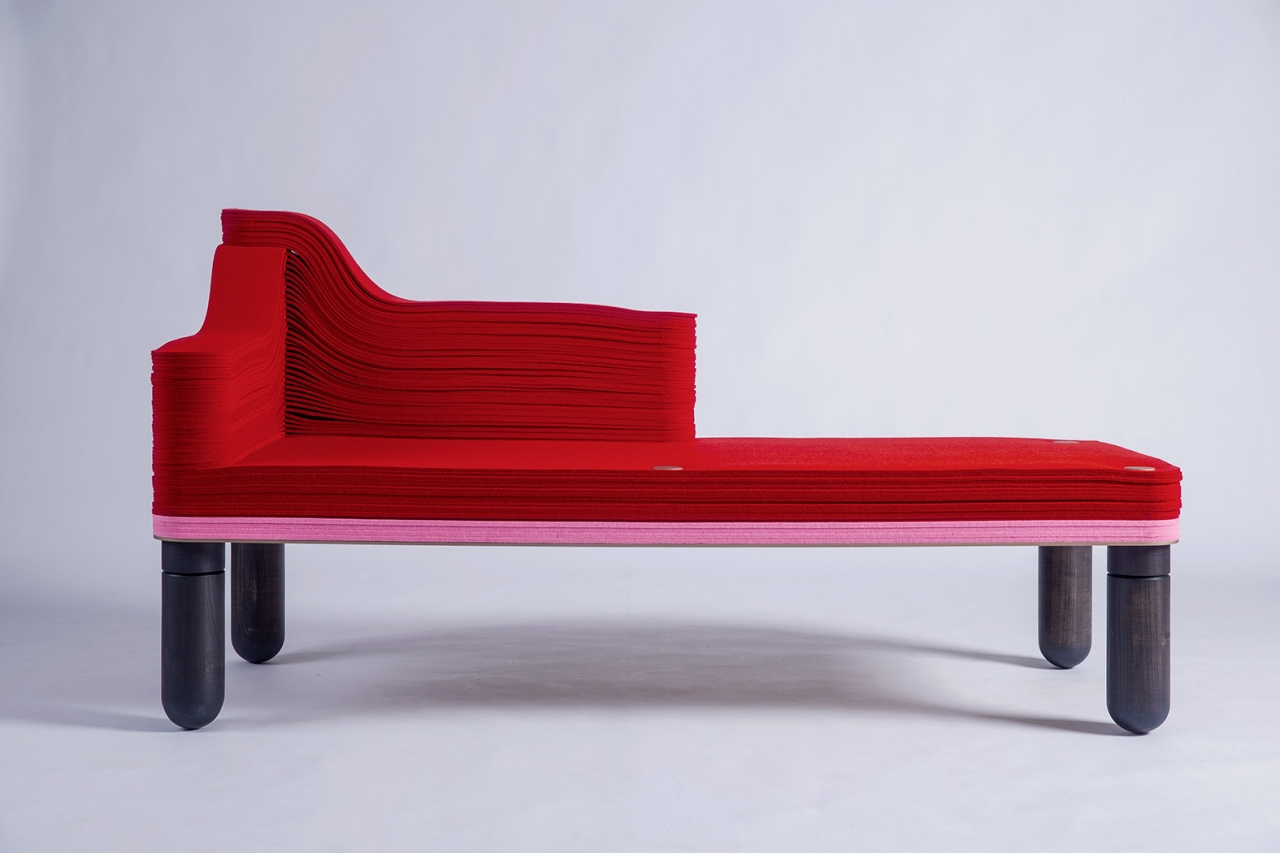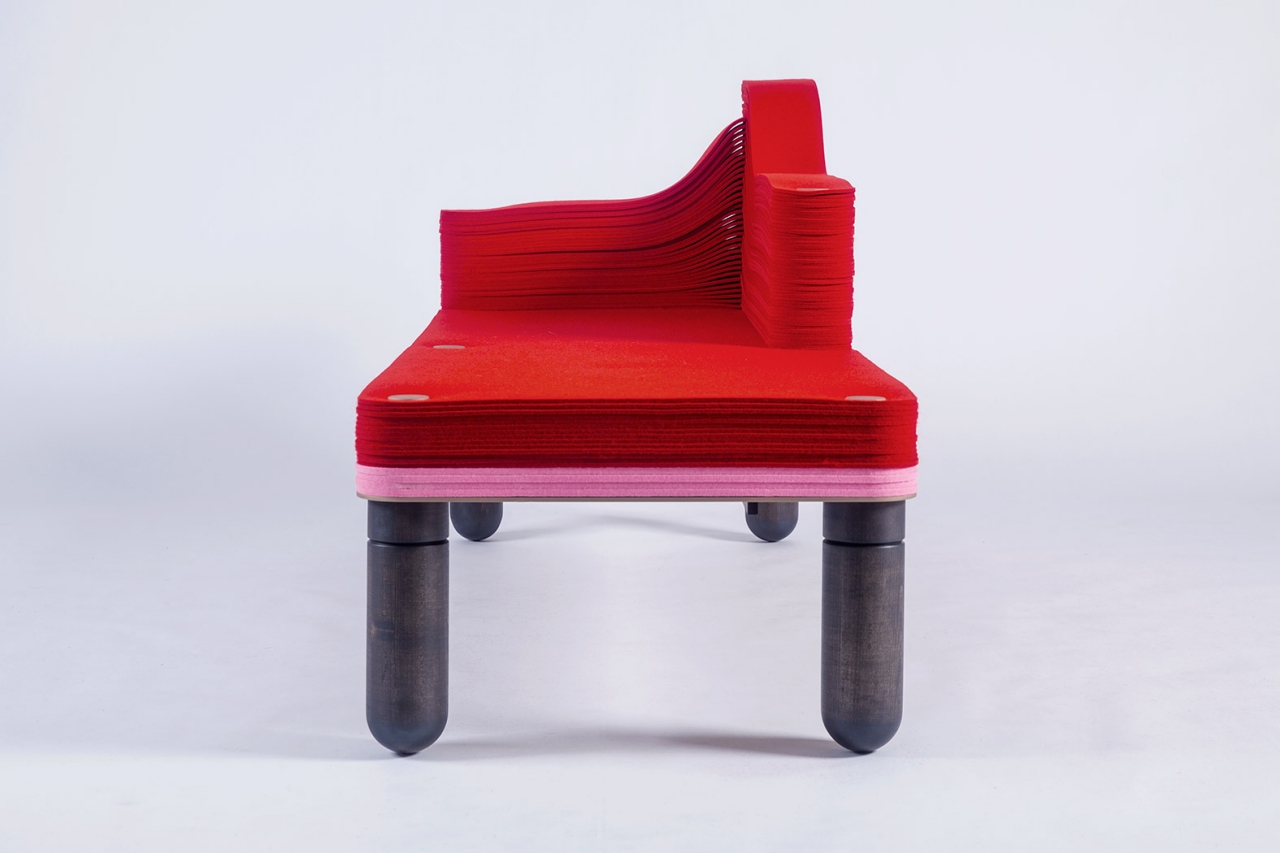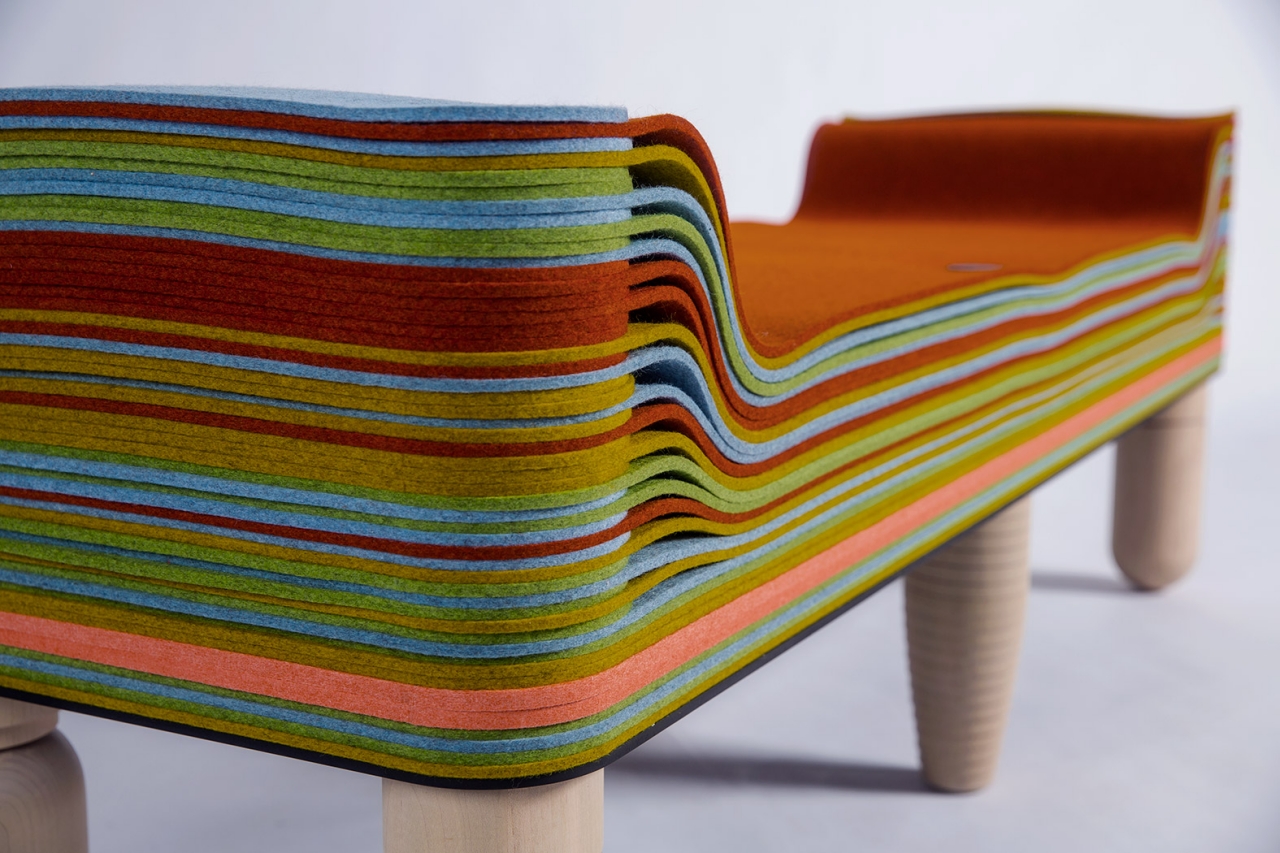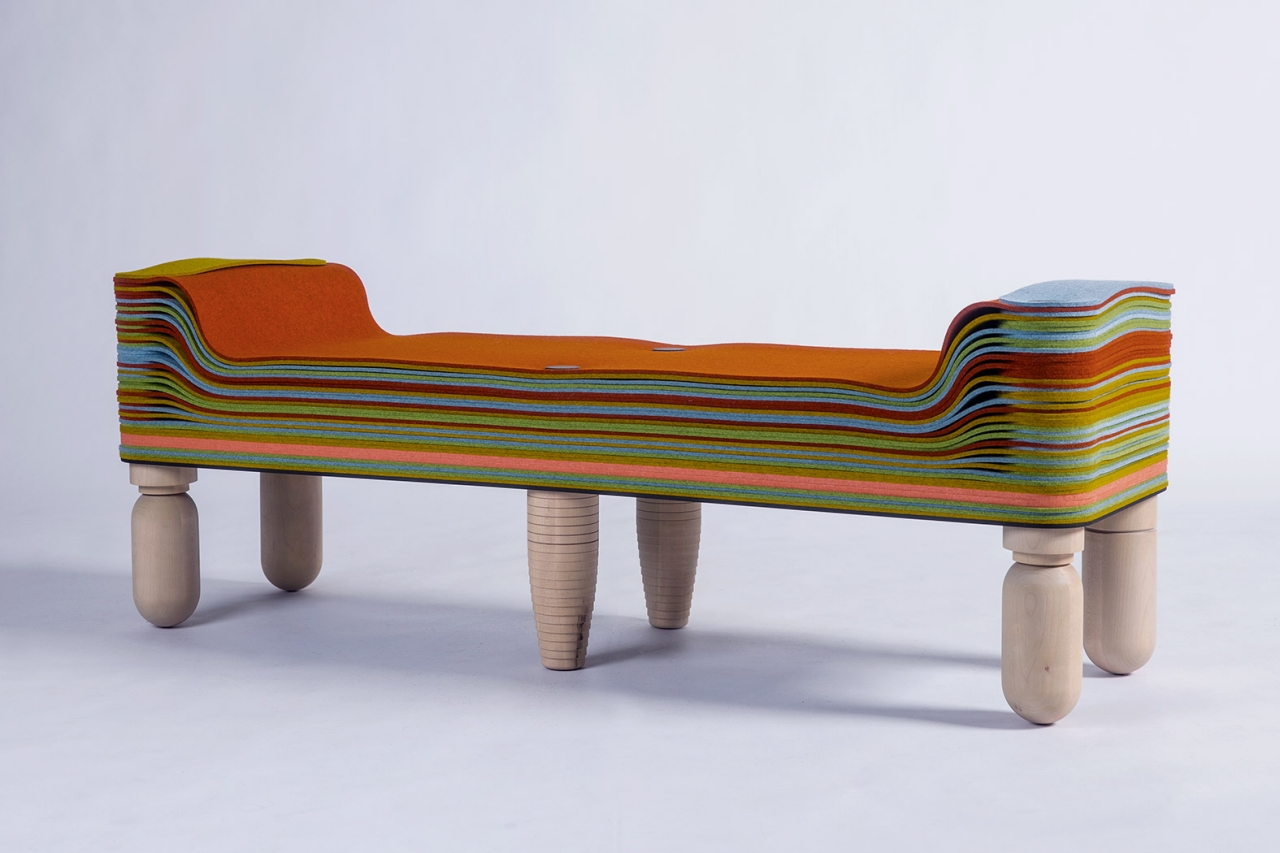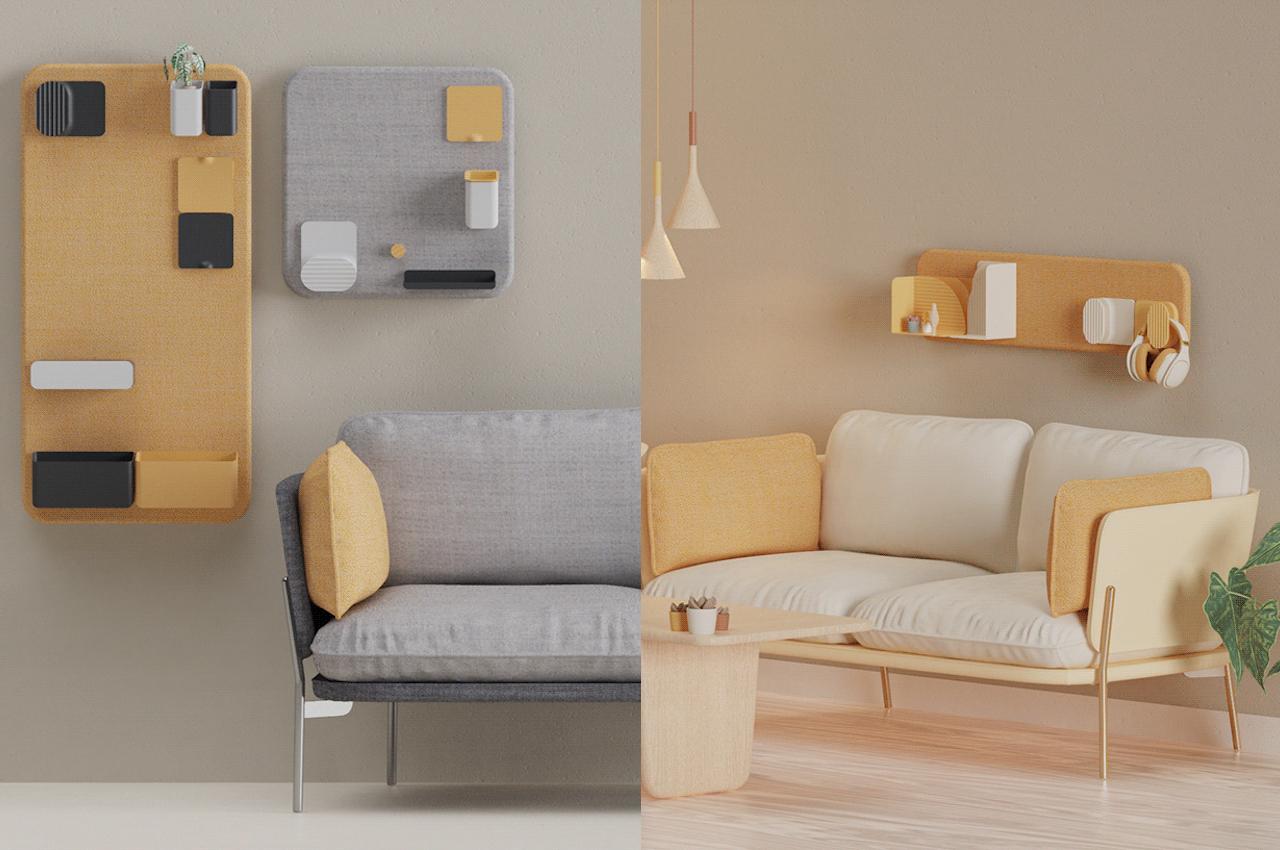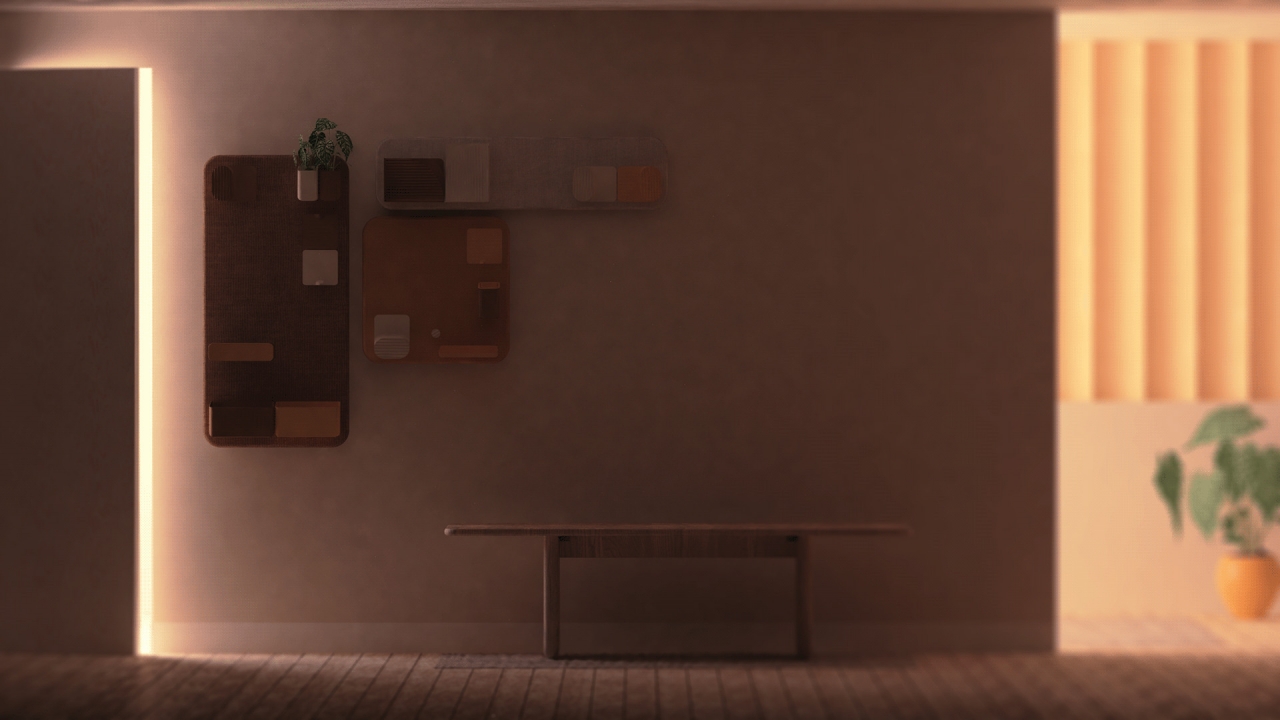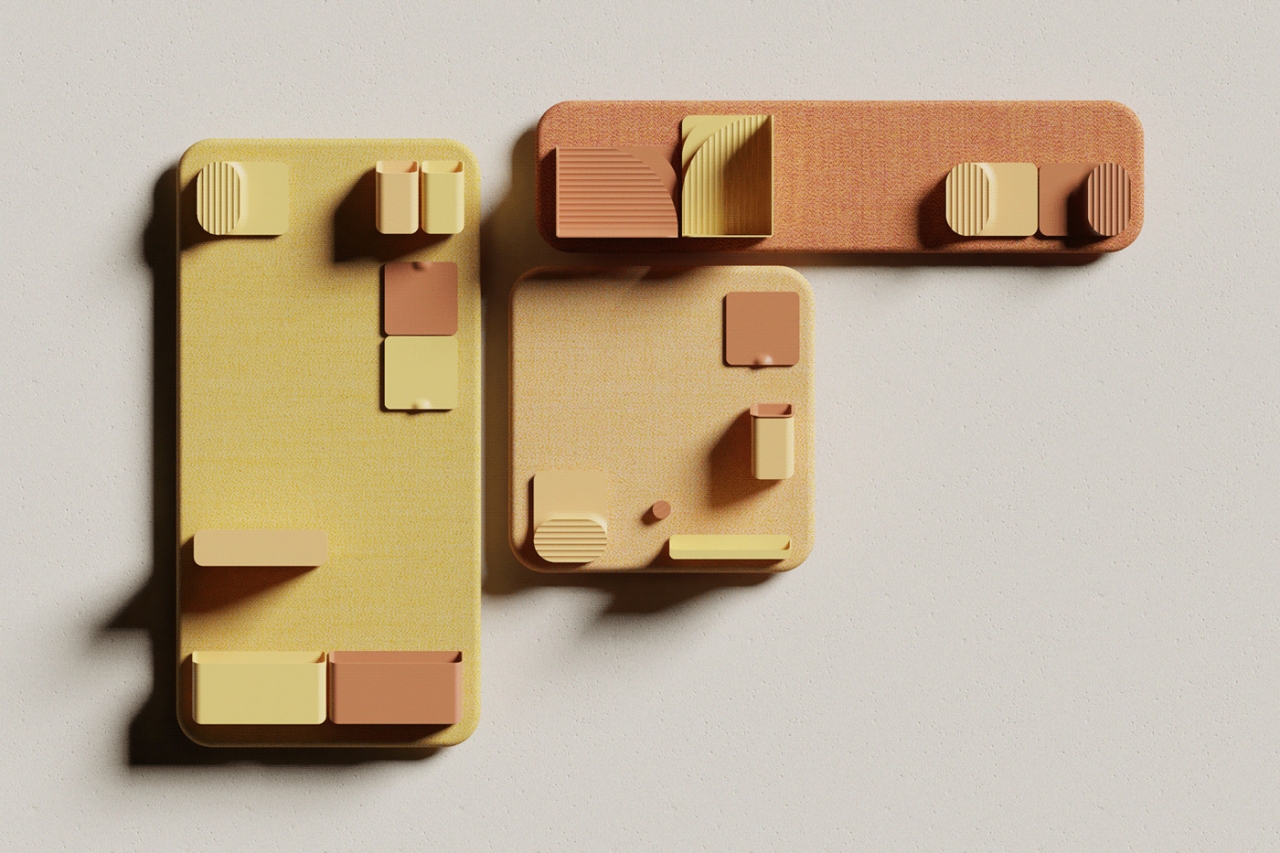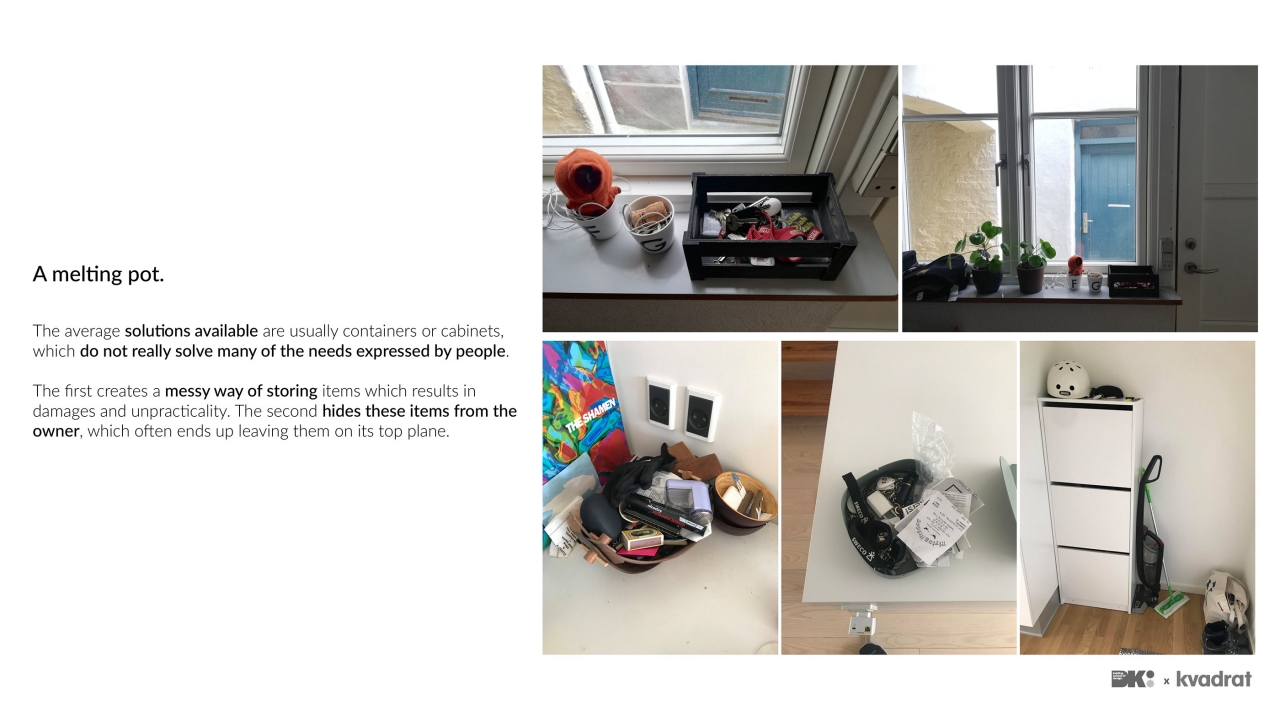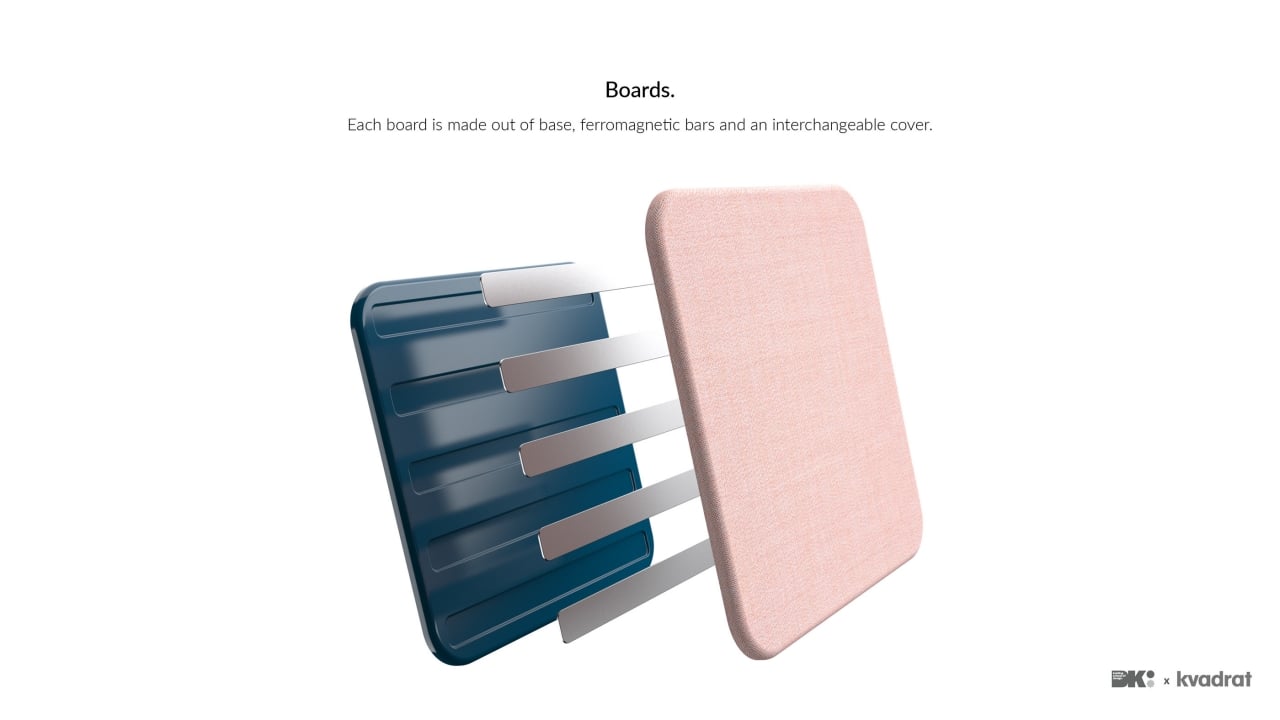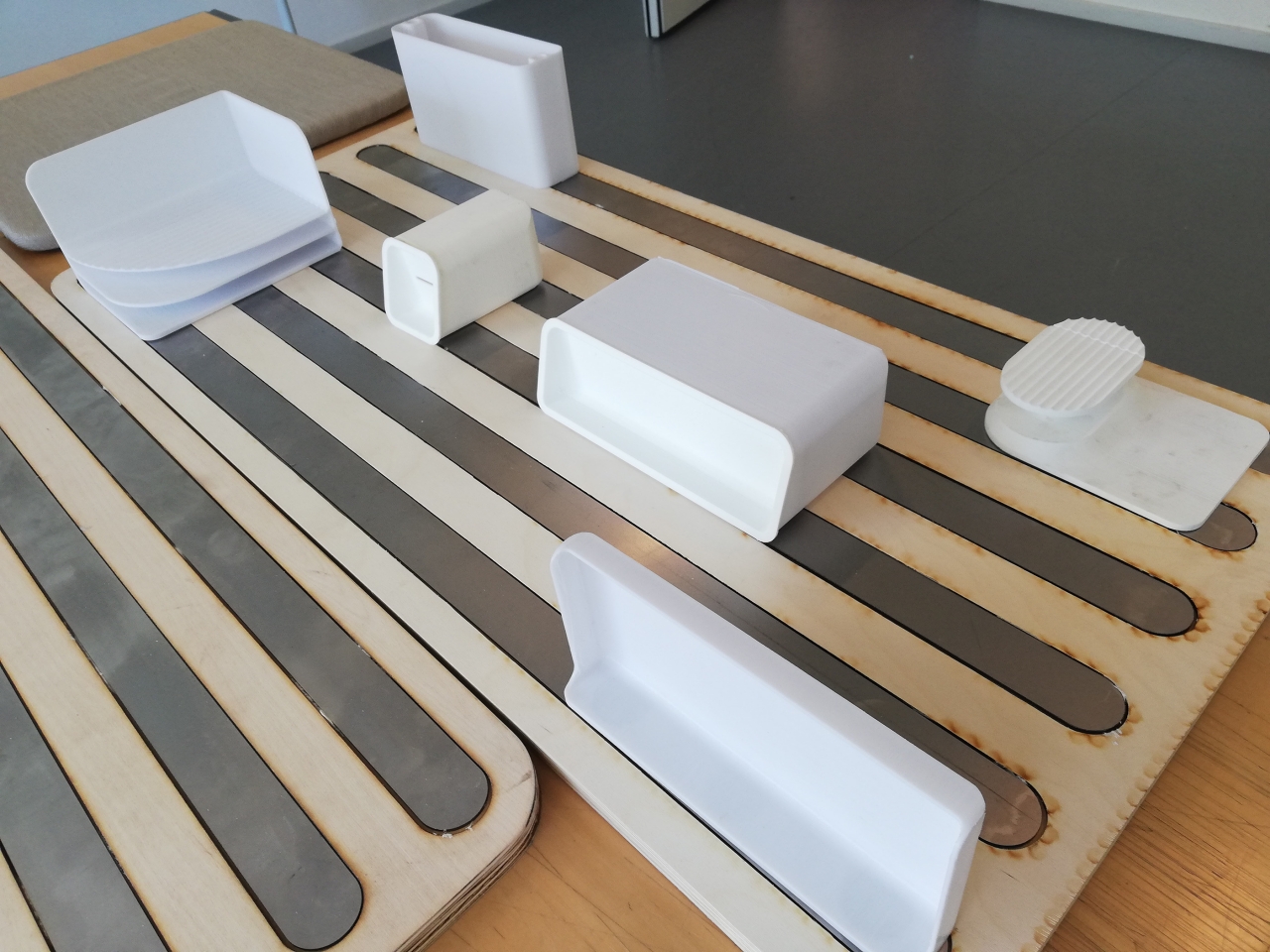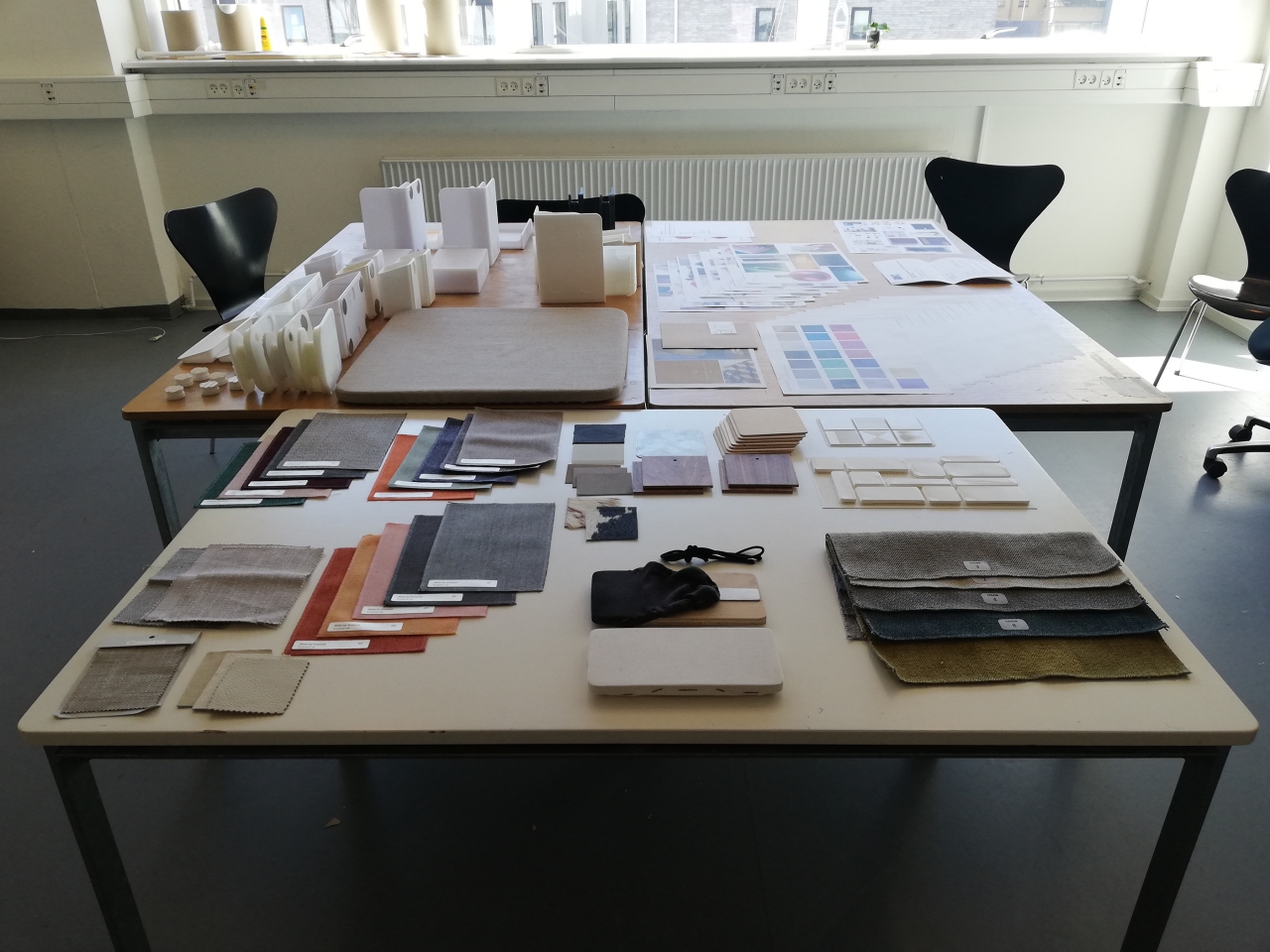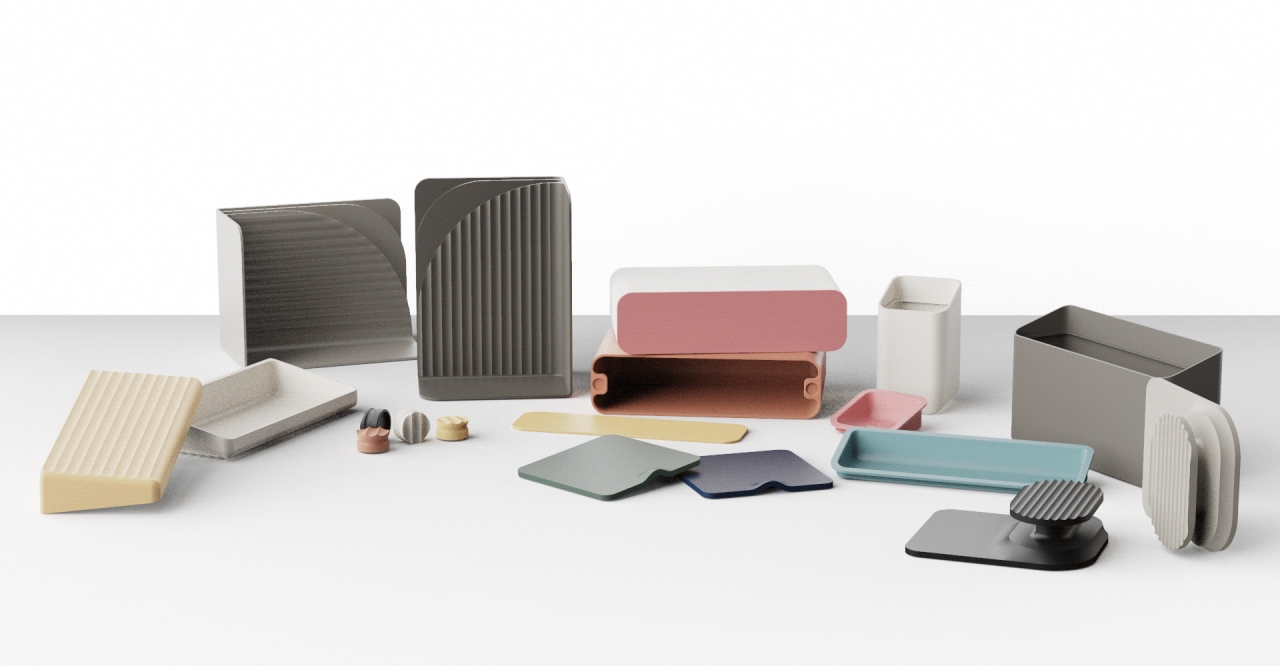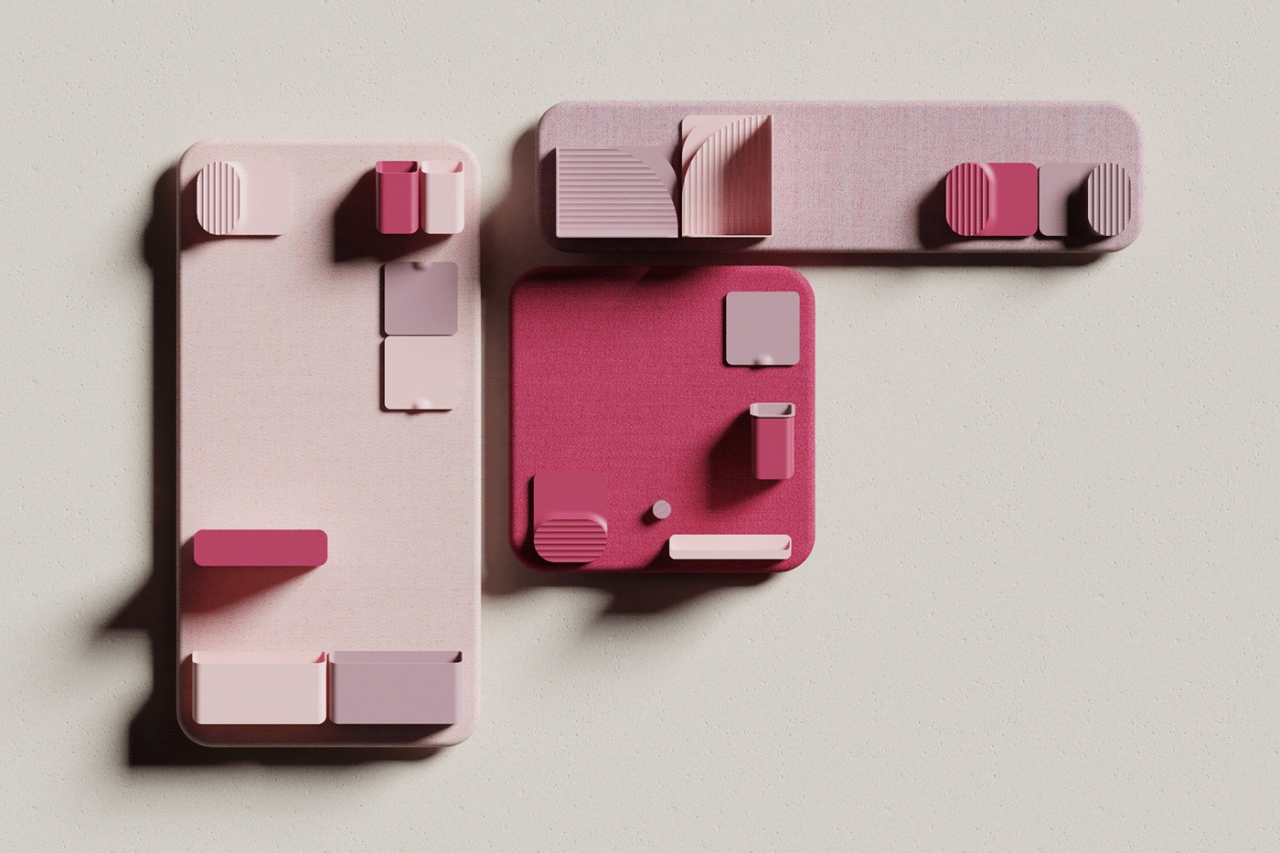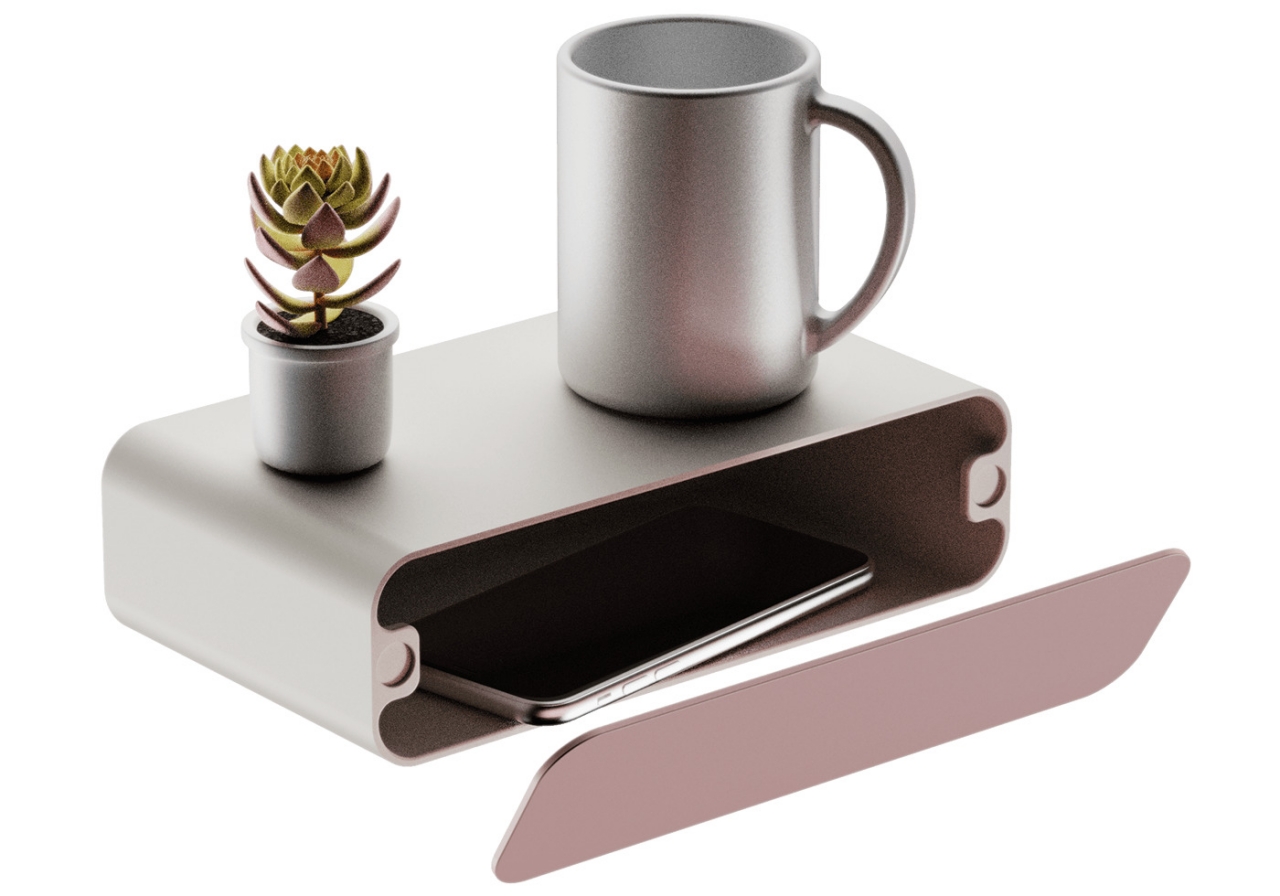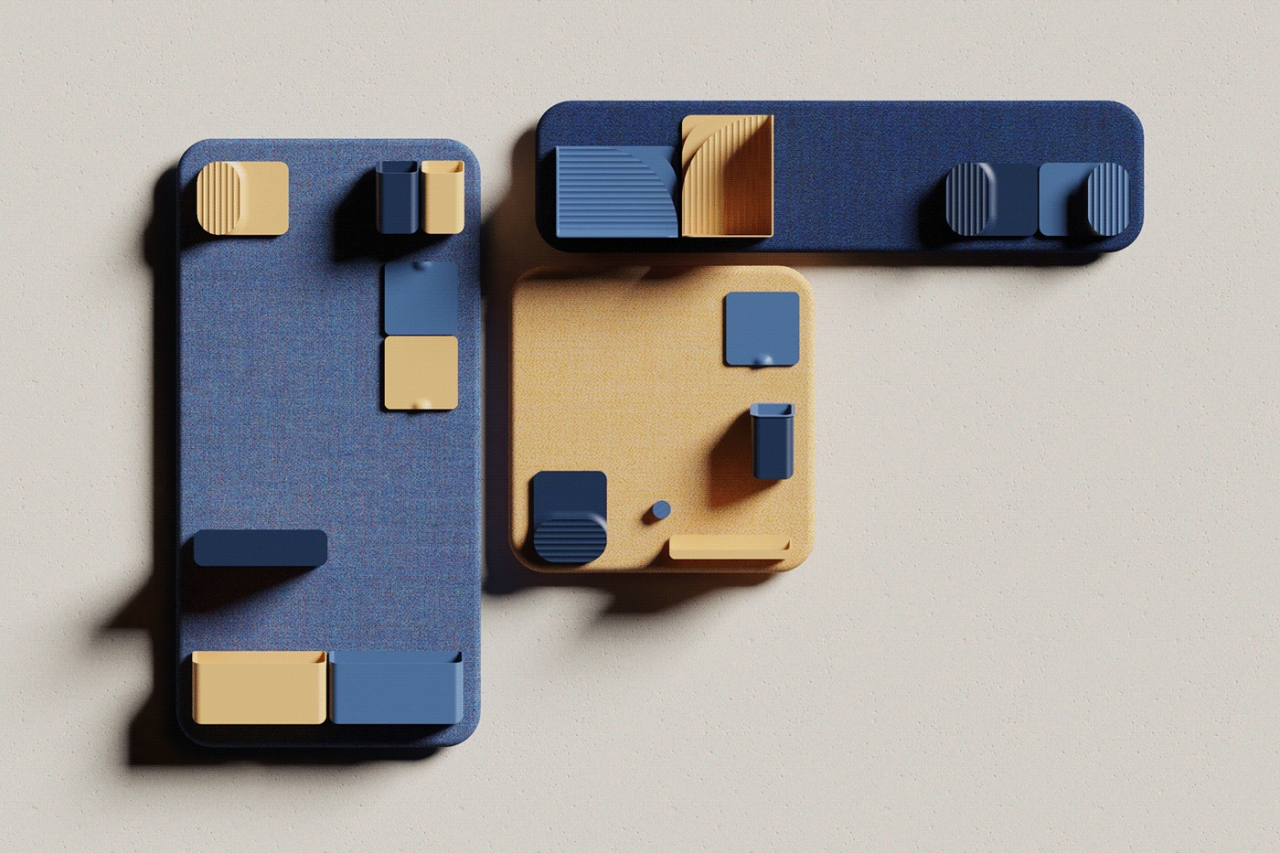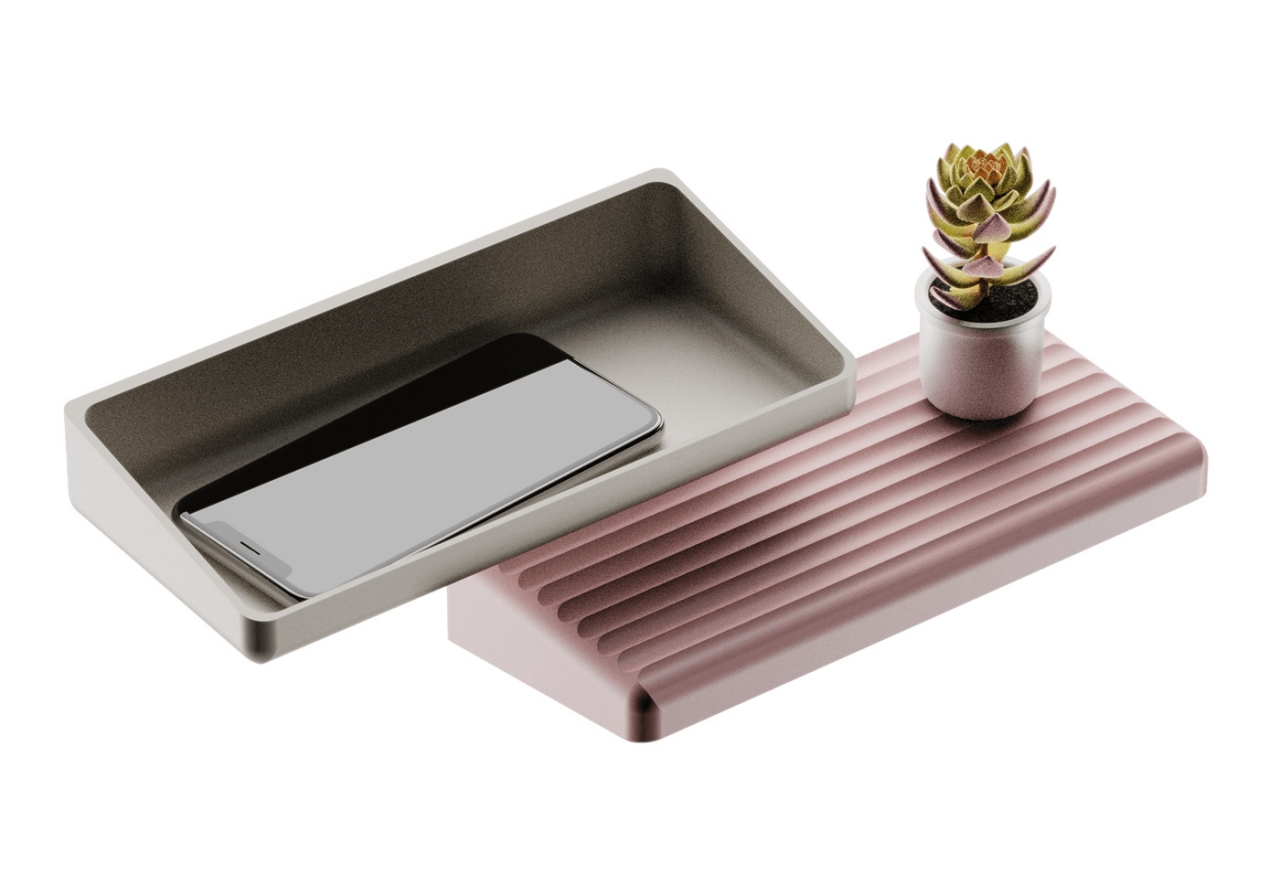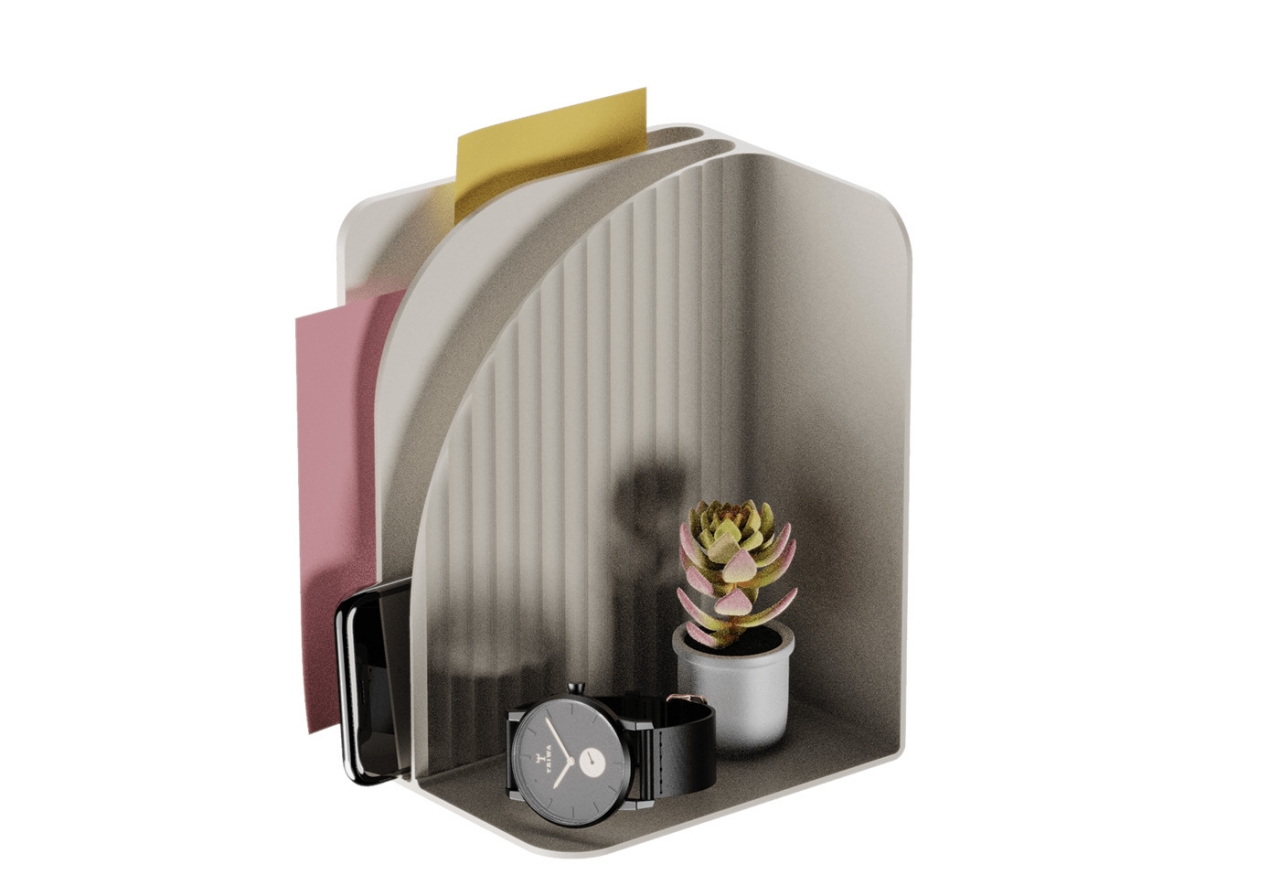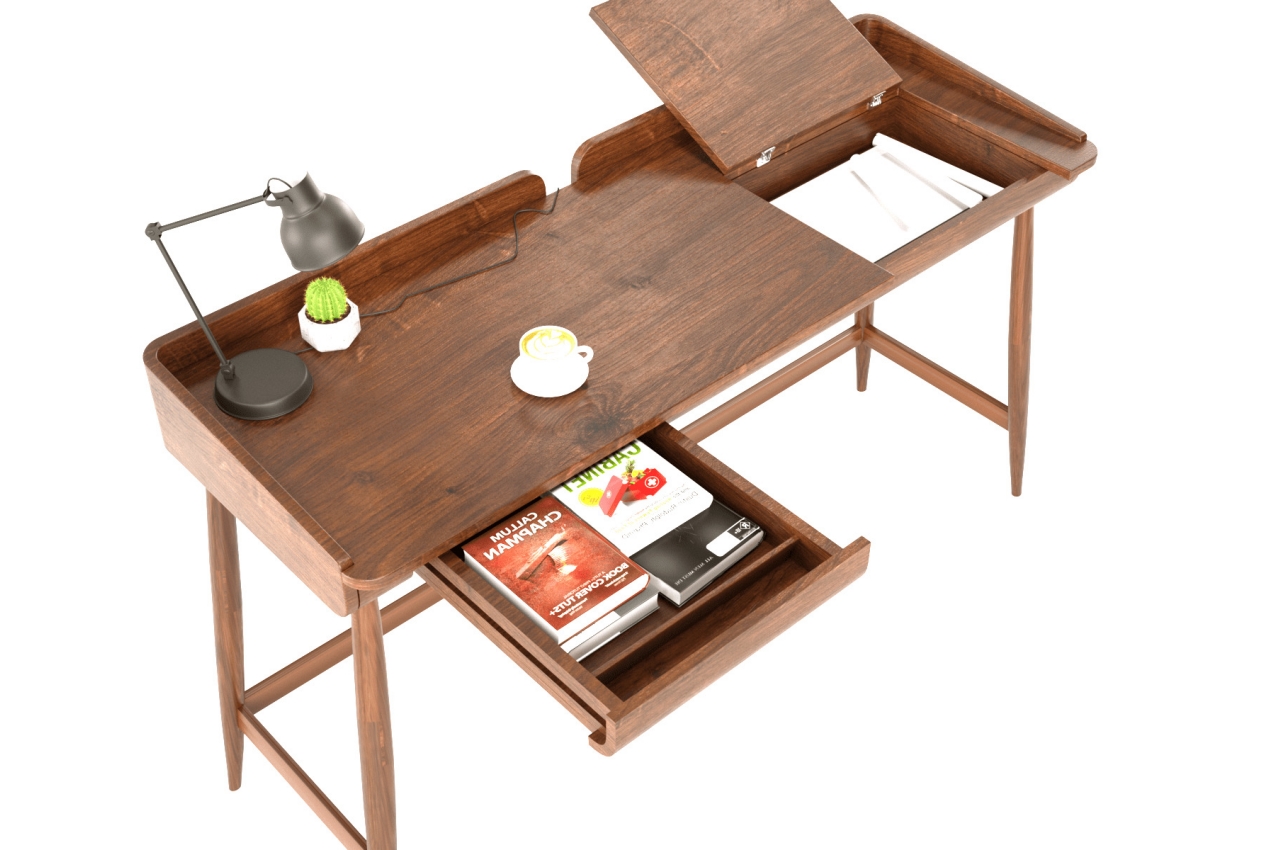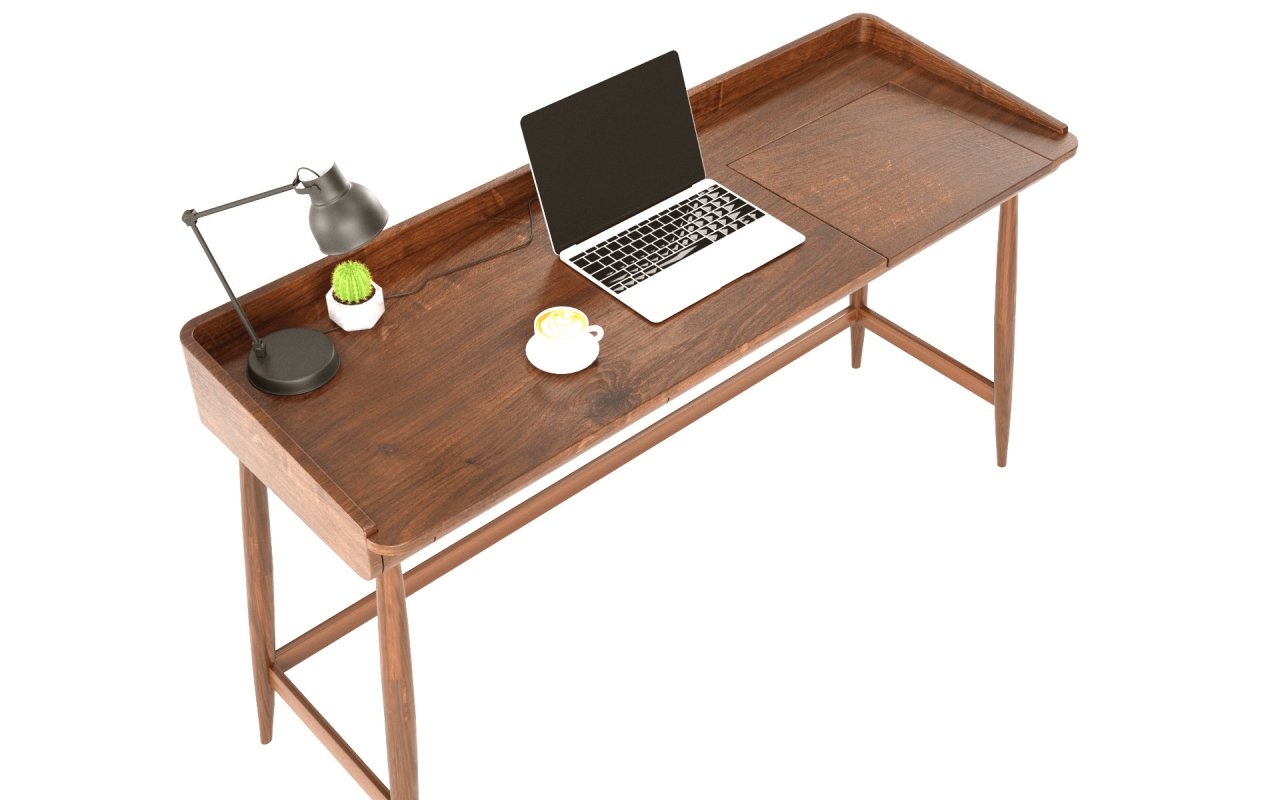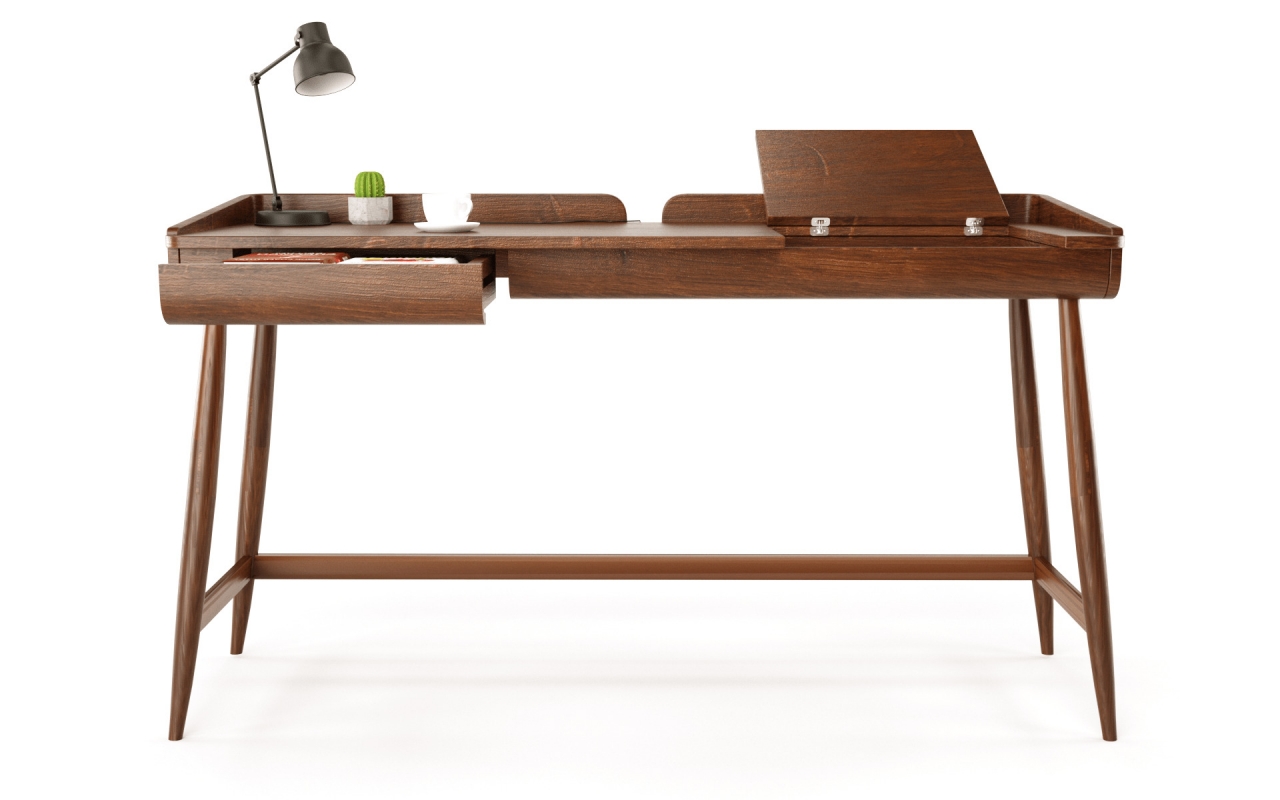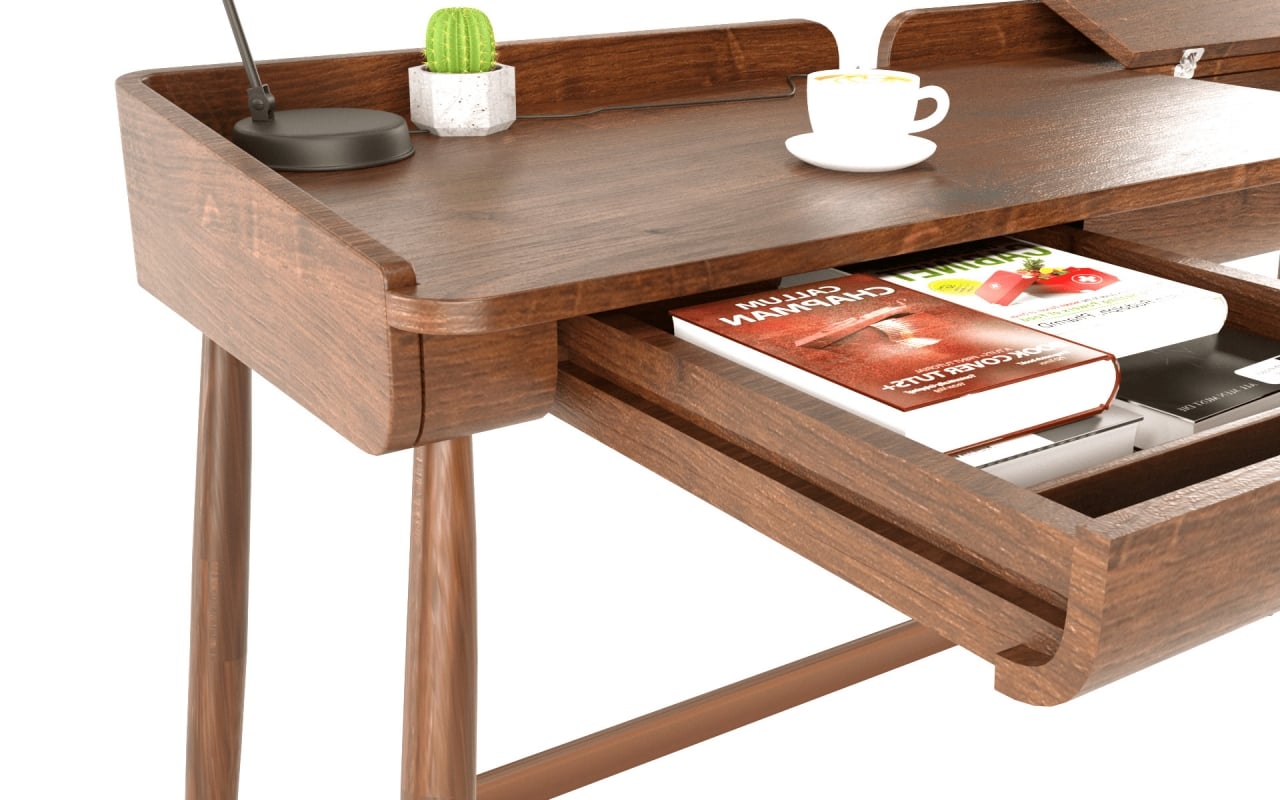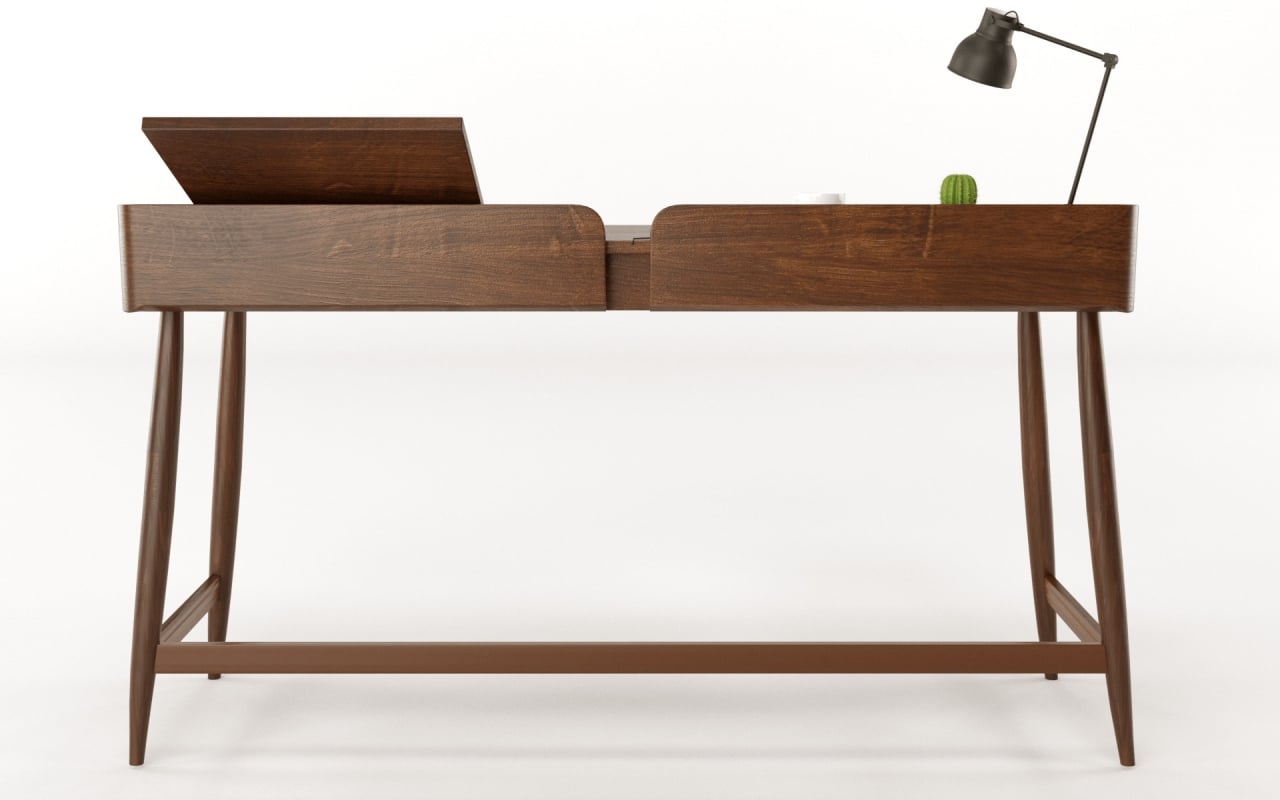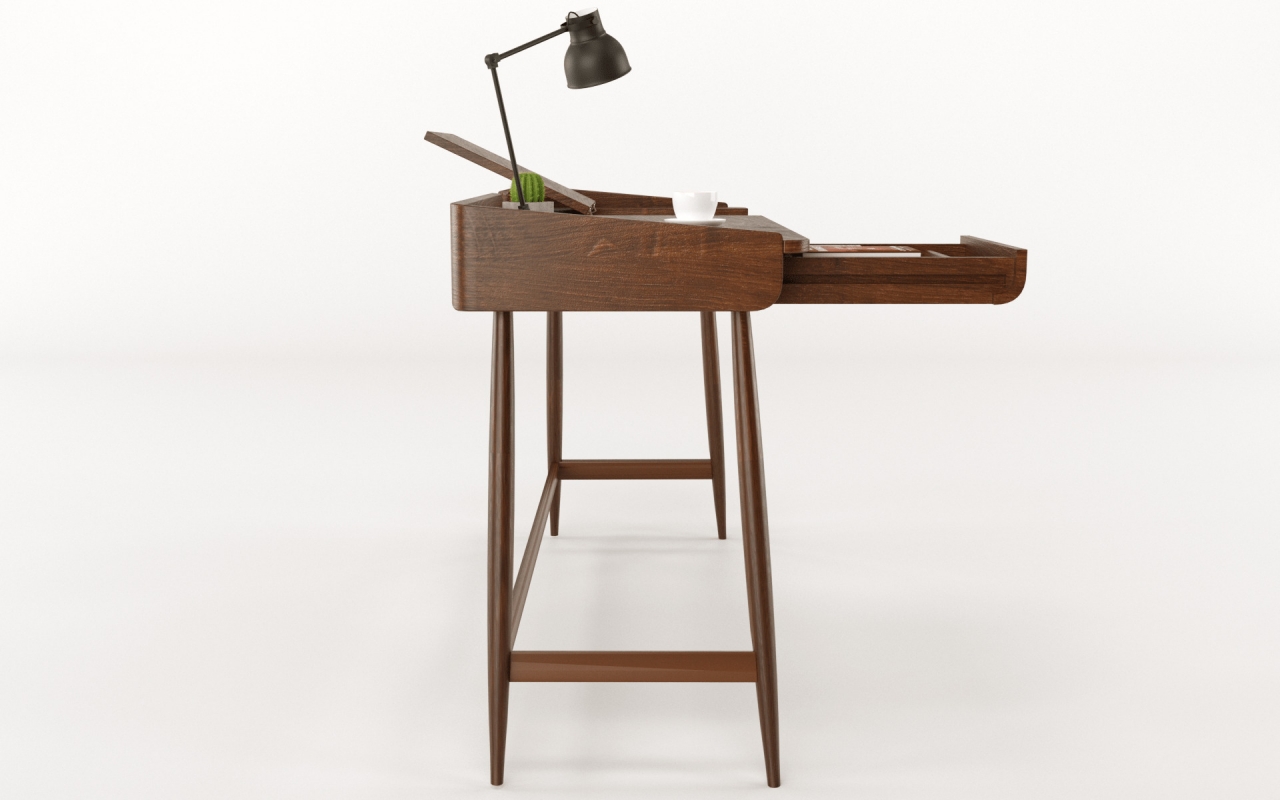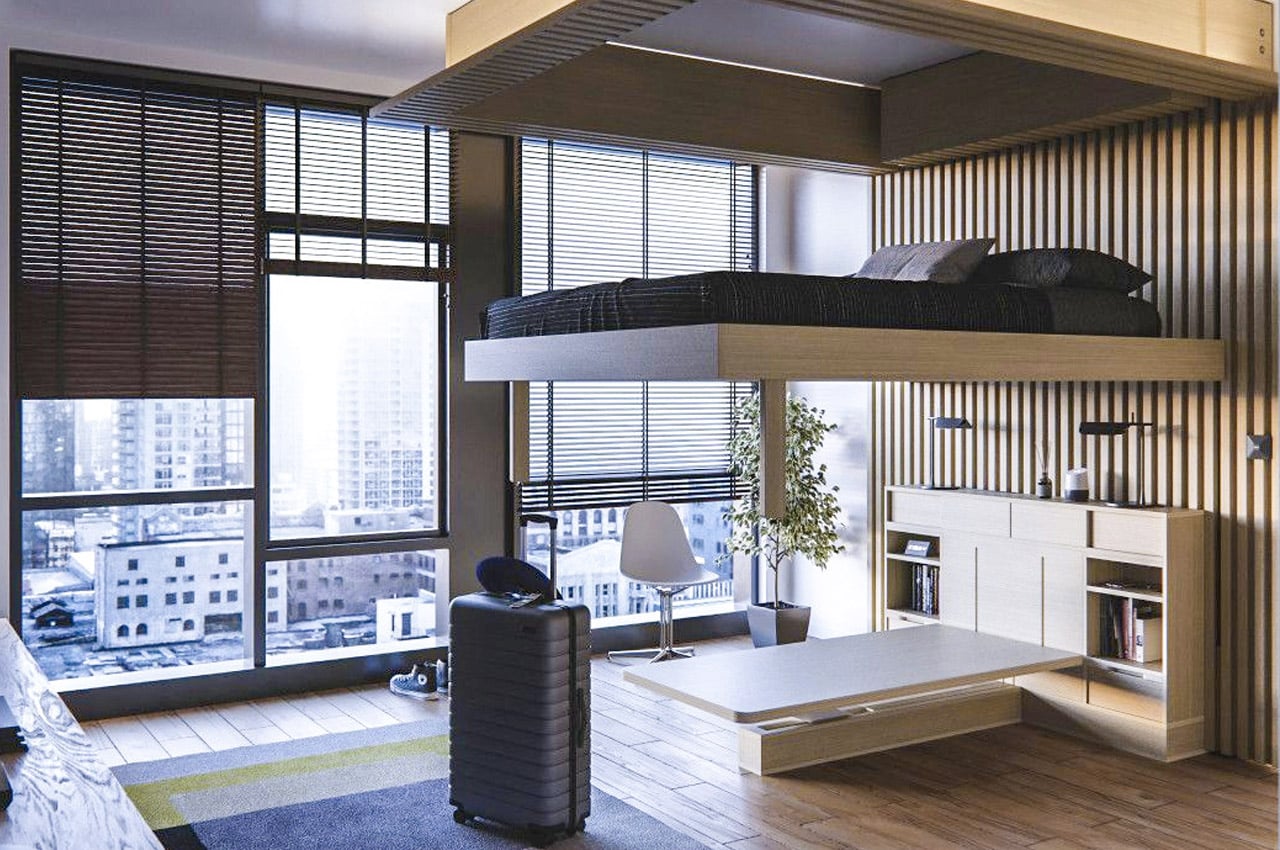
What truly makes or breaks a home at the end of the day is the furniture that’s placed in it. The right kind of furniture design can create the essence and soul of a home. And I do feel it’s essential that the soul of our home is a reflection of our own soul. Hence picking furniture pieces that bring out the best in our homes, while authentically representing our personality is a must. There are certain types of furniture that have gained enough popularity to be deemed as trends! These furniture trends are fun, sophisticated, and functional. They add an extra spark to your home, without compromising on utility in the least. From furniture designs that transform and save space to sustainable furniture created from cardboard – these intriguing furniture trends are definitely here to stay.
1. Transforming Furniture
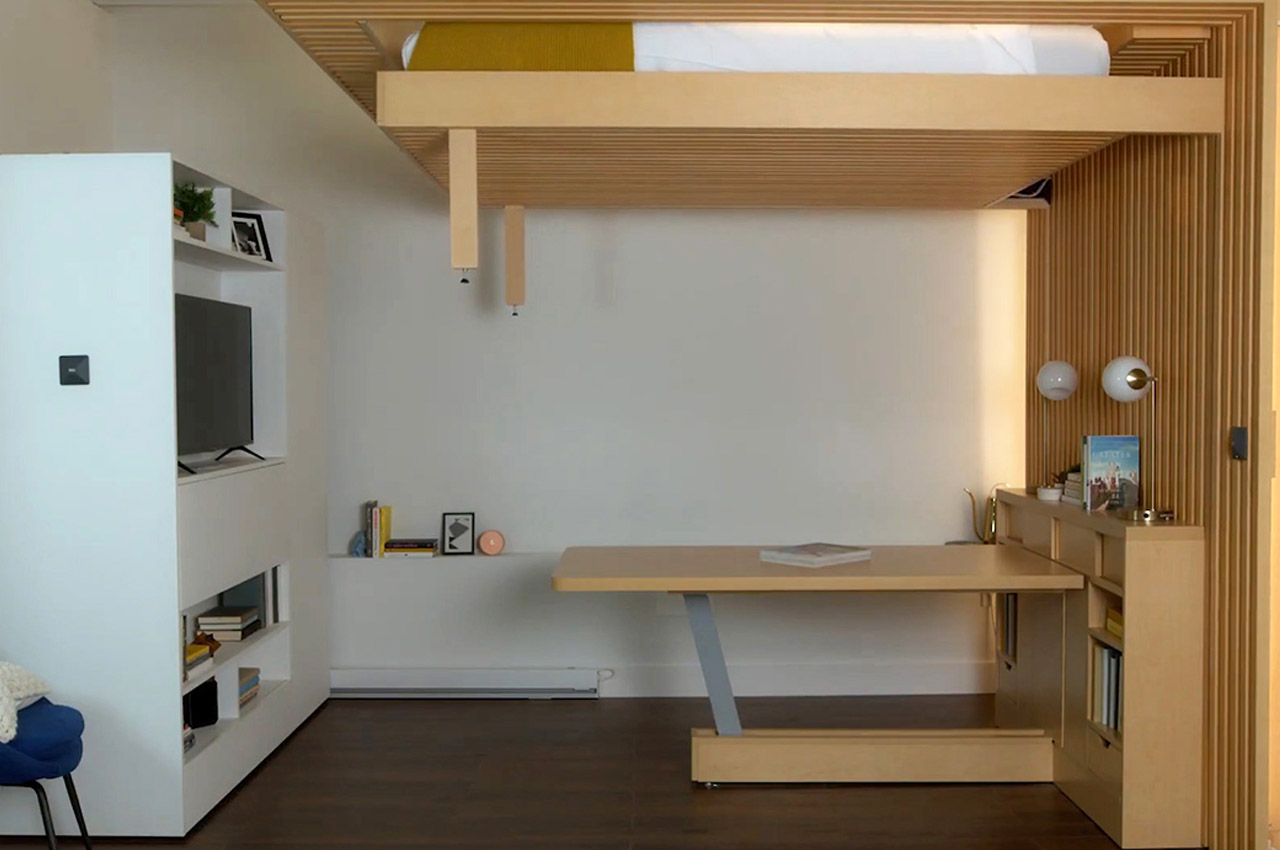
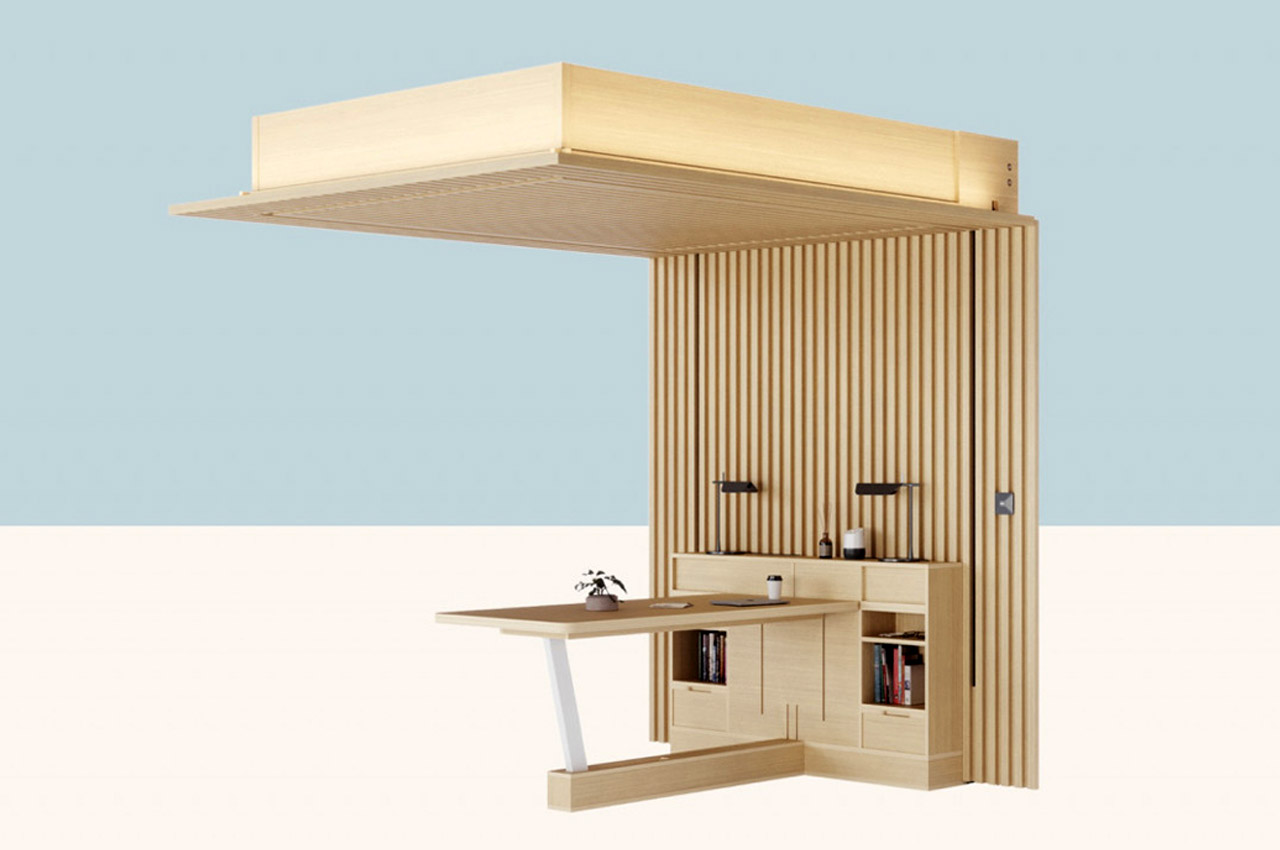
Finding a spacious apartment in our urban cities is a rarity! And if you’ve managed to scrounge one up, then you’re an exception and a very lucky one that is! Because let’s be honest, our modern apartments can be pretty cramped. Space constraint is a major issue, and we often find ourselves squeezing through our own belongings. It’s the ultimate test of our maneuvering skills. However, transforming furniture designs are an ingenious solution to this issue of space restraints.
Sustainable furniture design studio Ori adds a WFH apparatus called the Cloud Bed to the mix, merging an office and desk setup with a cantilevered lofted bed that descends to the floor to really hone in the mutability of working from home. In its initial form, the Cloud Bed features a working desk and table beneath a lofted bed. Built for hospitality interiors and personal spaces, this space-saving work from home solution was designed to cover a small footprint inside the home. UL certified to ensure the bed remains lofted and close to the ceiling during working hours, the desk area folds into itself, merging with the floor as the bed descends from its raised position. While it might be tempting to hop up to the top of the bunk bed and sleep from such a high height, the Cloud Bed, Table Edition comes equipped with an internal mechanism that lowers the bed to the floor once the workday is done. With the push of a button, the mattress and wooden bed frame lower down from its elevated post in time with the desk folding inwards toward the floor.
2. Multifunctional Furniture
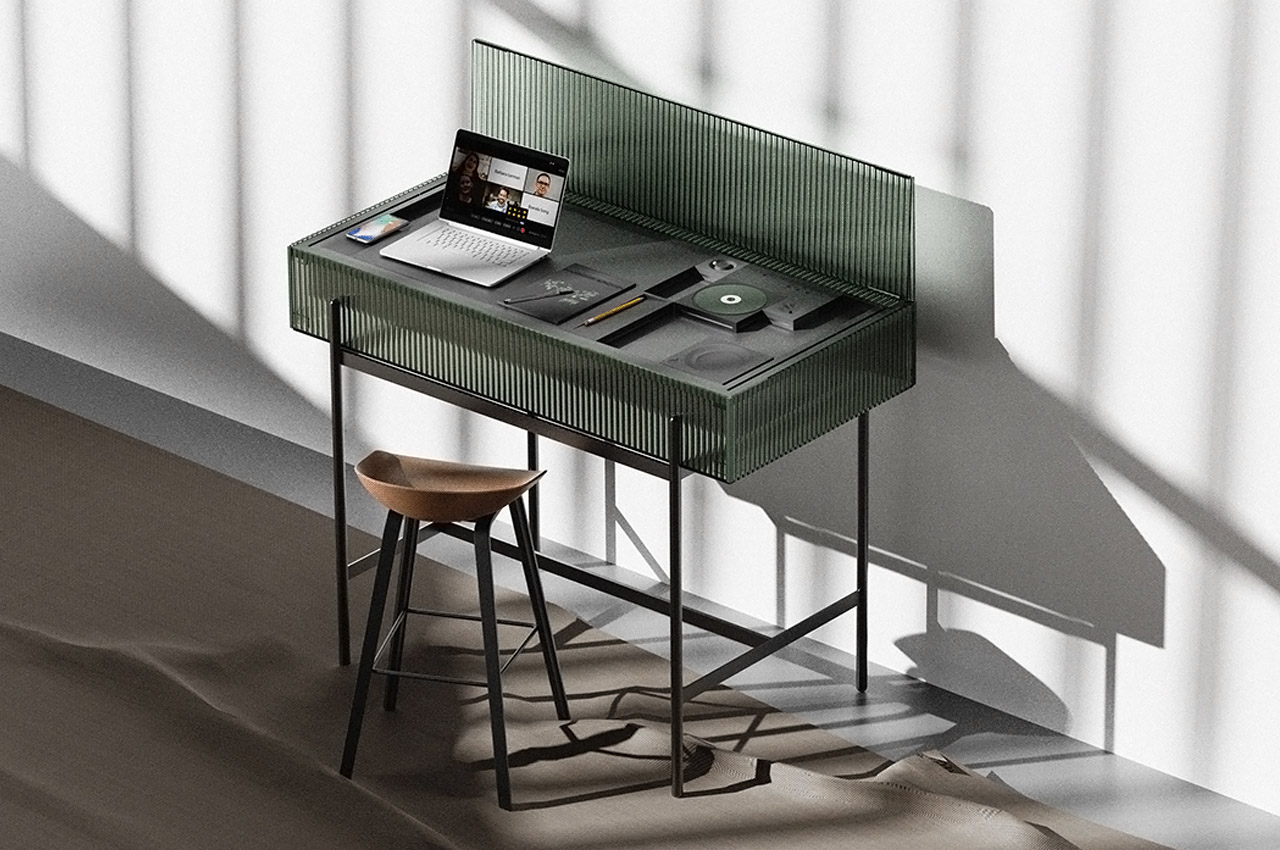
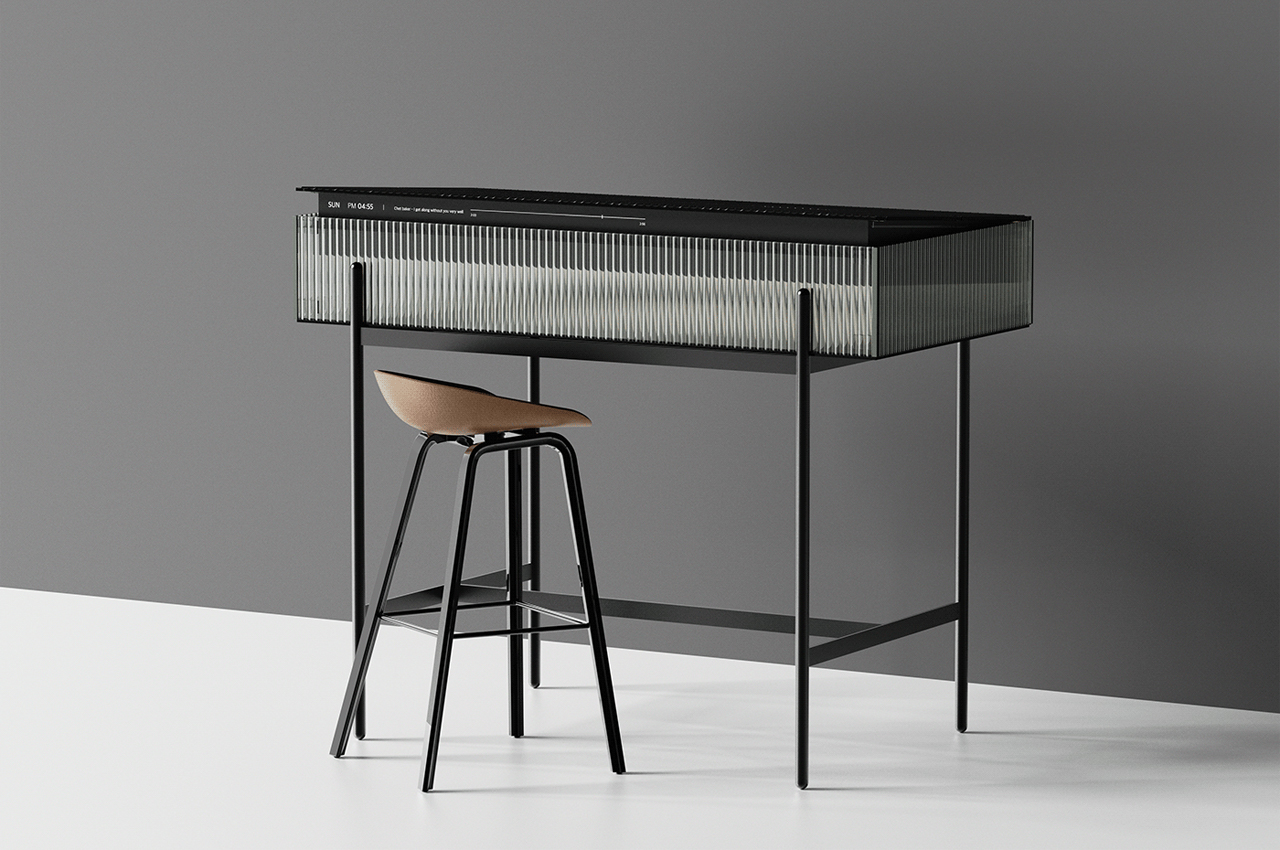
There’s just something about a multifunctional piece of furniture that ticks all the checkboxes for me! Imagine a product that’s been designed to work as a clothing rack and a treadmill?! Or a side table that transforms into a chair! Space-saving goals much? That’s the magic of a multifunctional furniture design. It looks like a single product, but functions as more than one! They’re a smart option for our modern urban homes, which tend to be pretty cramped, hence adding multiple bulky and cumbersome furniture designs to them isn’t really an option. But multifunctional pieces that serve a variety of purposes, and solve a bunch of unique problems can be a lifesaver in such situations.
Inspired by the blurring of work and play in WFH spaces, Juwon Kim, Jiwon Song, and Eunsang Lee framed Layout with a translucent, corrugated exterior finish that immediately catches the eye. Wrapped in sea green, the Layout desk is modular by design to incorporate a plethora of different work and entertainment features. The Layout desk is topped off with an upper cover that’s designed to conceal the workspace after the workday’s done.
3. Sustainable Furniture
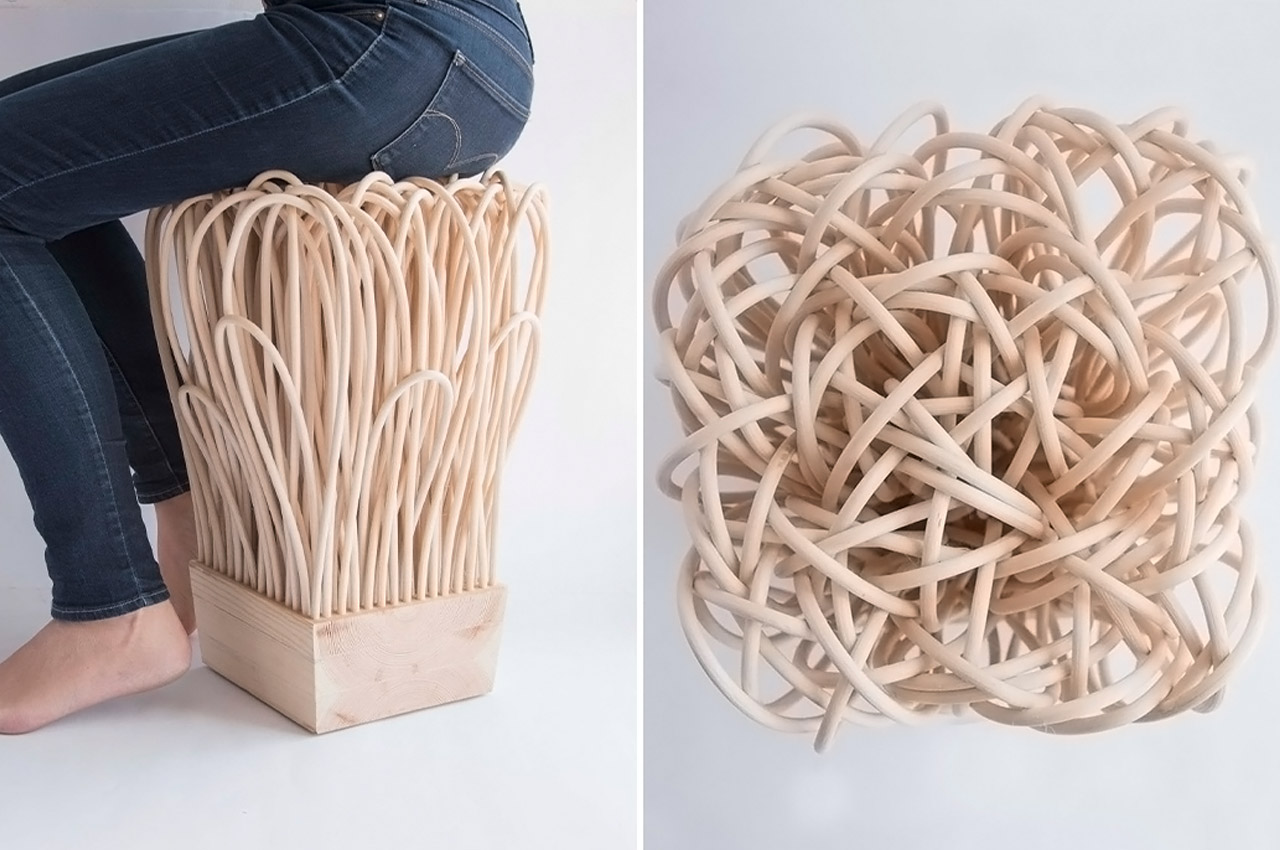
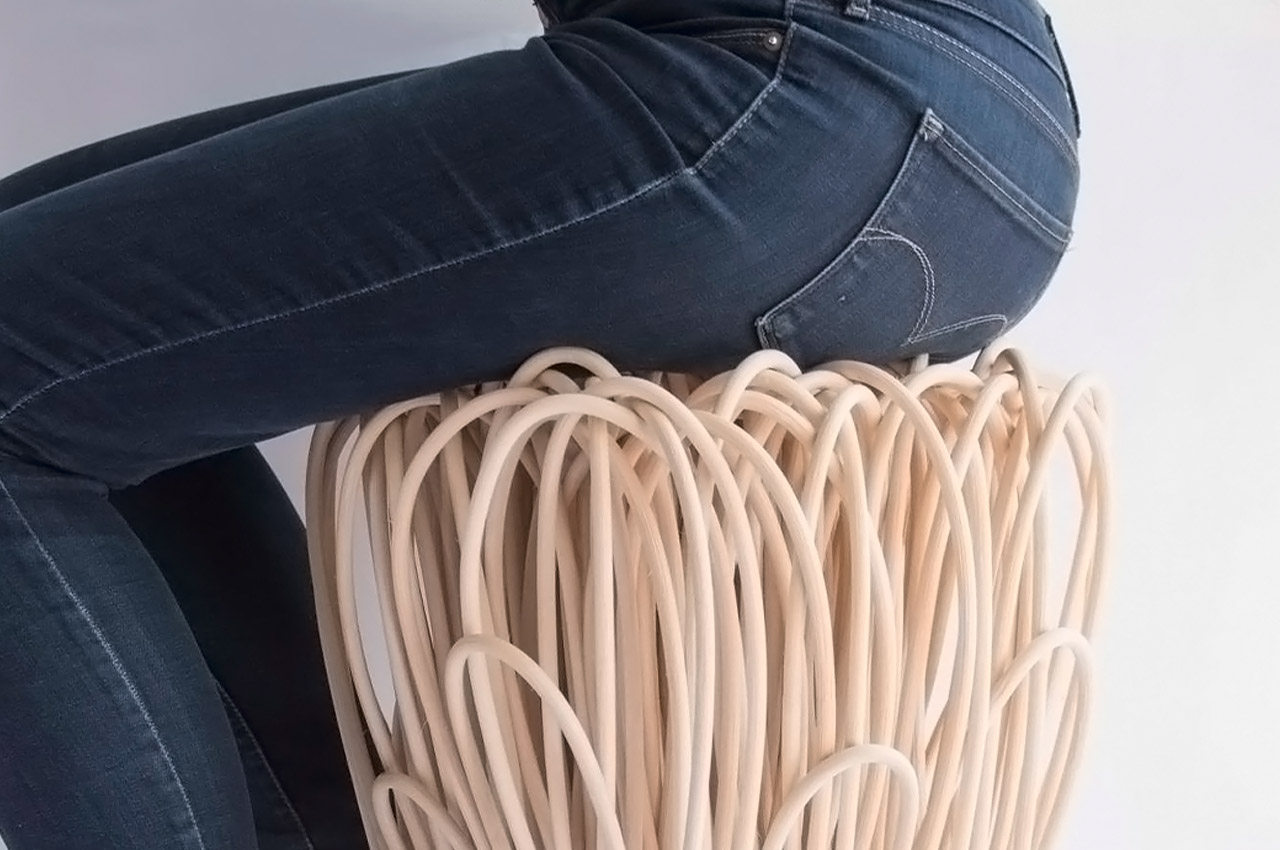
In 2022, we cannot ignore the needs of our planet anymore, we need to take the environment into consideration, and what better way to start doing that than from our own homes? Sustainable furniture is taking the design industry by storm, they’re a step towards making our homes and our daily lives more eco-friendly and sustainable. They’re an attempt to cast aside toxic materials, and instead, add furniture designs to our home that won’t rot away on Earth for years once we’re done with them.
Rattan is an eco-friendly natural material that is usually used in the creation of baskets or furniture, especially chairs. It is sustainable and resilient which makes it an exceptional wood that renews in just 5-7 years. Designers love rattan for creating furniture because the manufacturing is low-tech and the production process usually involves crafting by hand or using facilities that do not negatively impact the environment. Rattan is also an easy material to mold physically and creatively to fit your idea, it accepts paints and it can be worked into many styles. Moreover, the inner core can be separated and worked into wicker – talk about reducing waste! This stool explores the malleability of rattan as a material in furniture design.
4. Smart Furniture
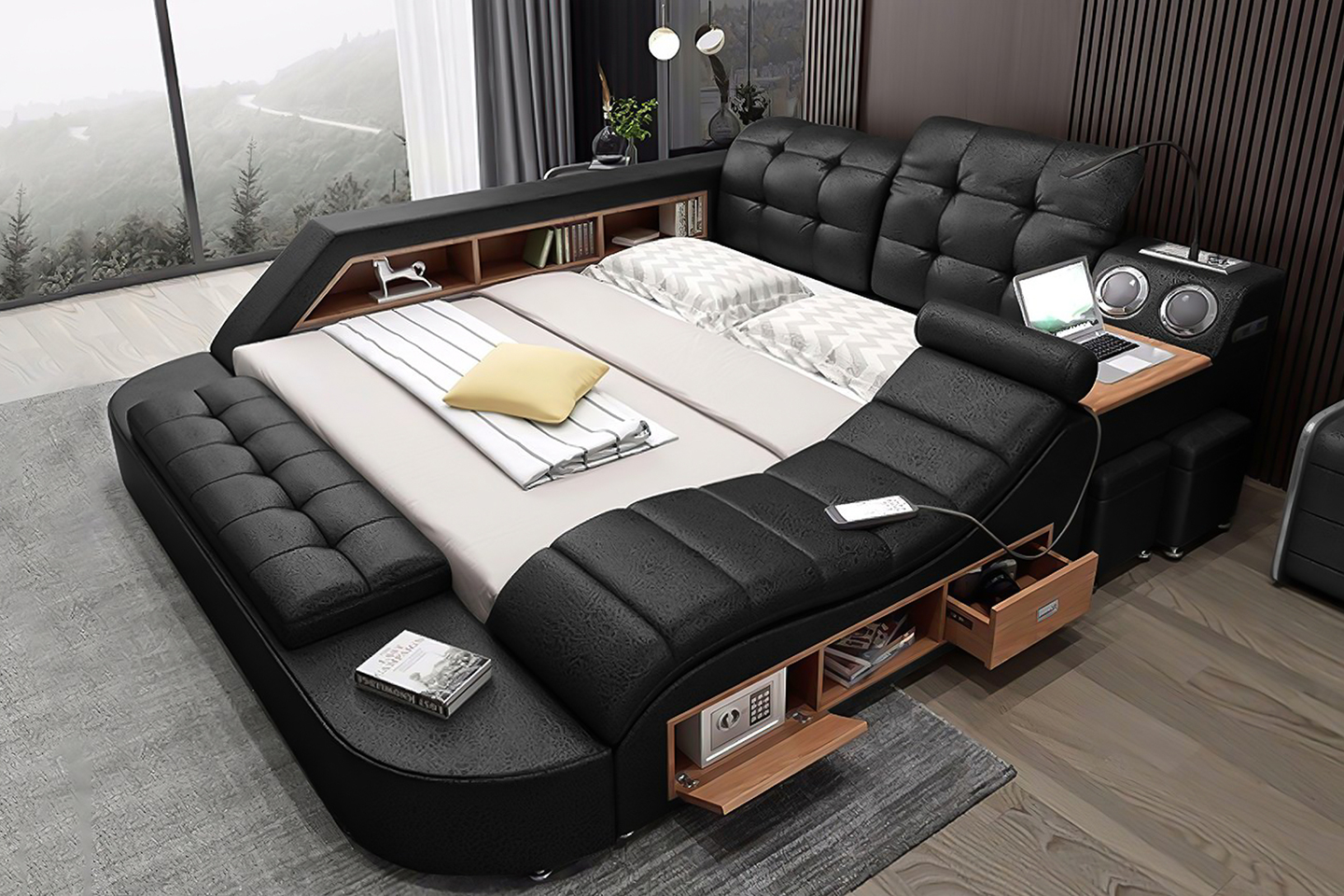
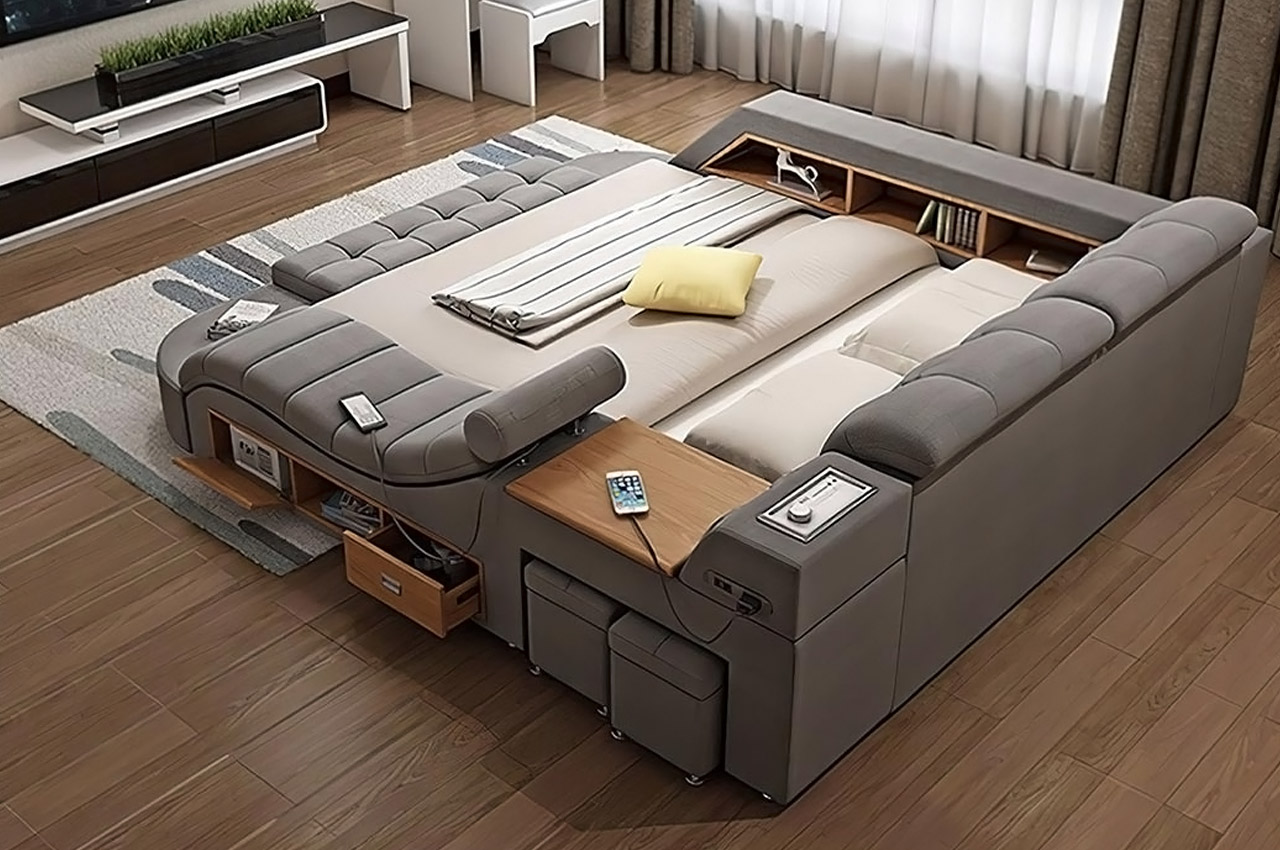
As pleasing as aesthetic and visually intriguing furniture designs can be, people are now shifting towards furniture designs that are more focused on function and utility (that simply put make our lives a whole lot easier) and one such interesting genre is Smart Furniture! Tech-enhanced furniture is a whole new ballgame, catering to our multiple needs, and making our daily lives more comfortable.
The Hariana Tech Smart Ultimate Bed is one such example. It was designed to have everything you will need to relax within your bed frame. It has an integrated reclining massage chair with a remote, a built-in Bluetooth speaker, a bookshelf, a reading lamp, an air cleaning system, an area to plug in and charges your devices, a foot-stool that opens up for extra storage, and a pop-up desk for the ultimate WFH setup, Netflix marathon or cozy reading hours. The sound system also features an SD card slot, an auxiliary port, and a USB port.
5. Pet-friendly Furniture
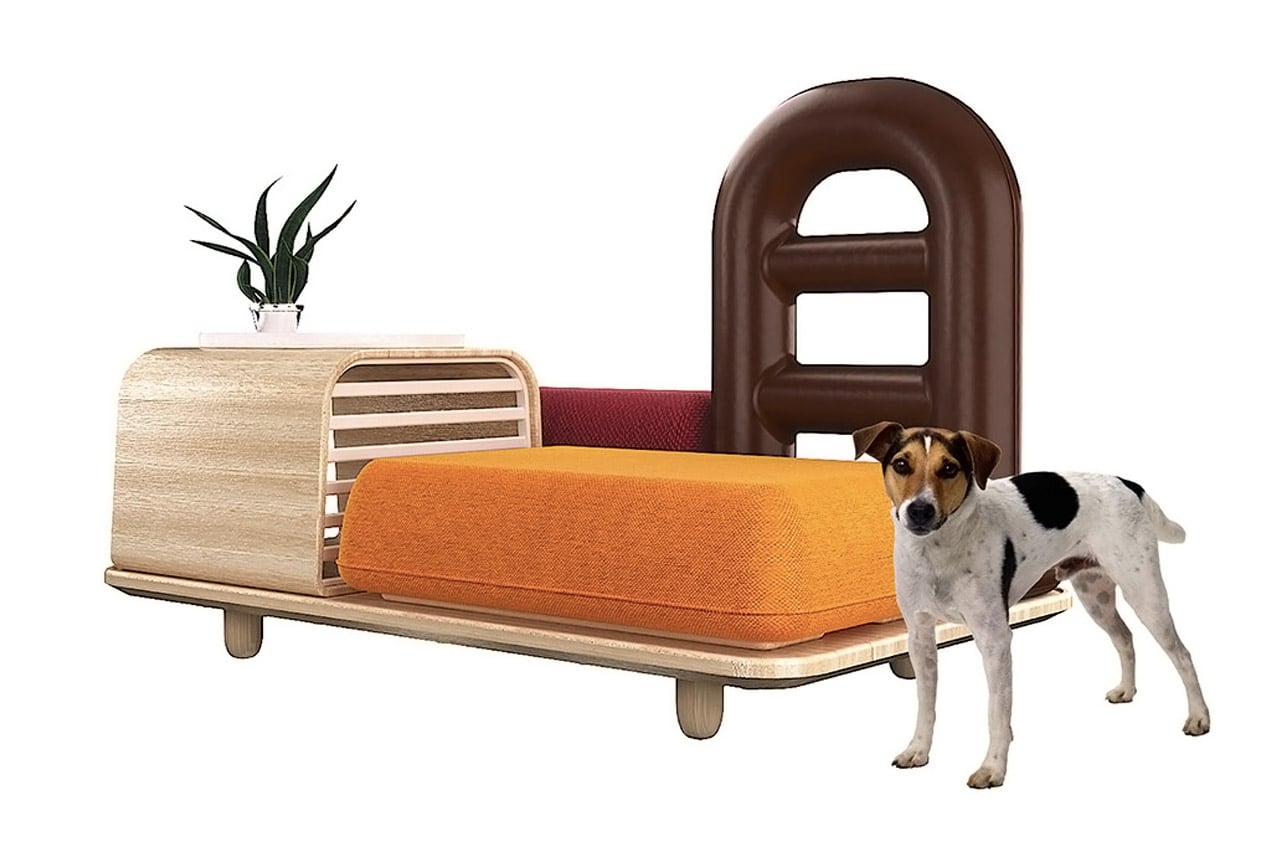
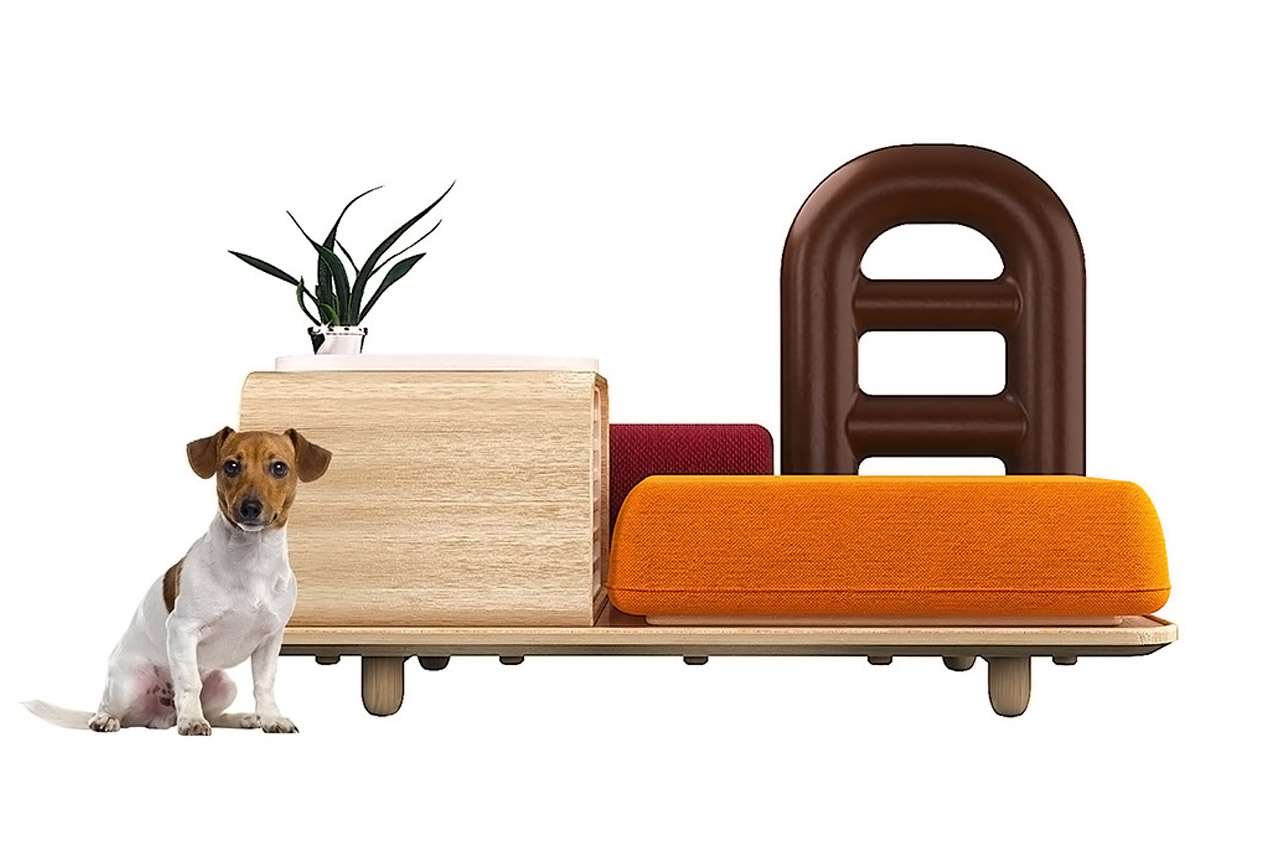
Ensuring your pet feels safe, secure, and comfortable at home is every pet owner’s priority. We want to make sure they always feel loved and truly at home! It’s important to create an environment where they feel completely safe to let their guard down, while also managing to stay active and playful. And, pet-friendly furniture designs are one way to help your pet feel completely at home! It allows them to truly integrate and feel at one with your living space.
The Playground is a doghouse that also alternates as a modular sofa! The various modules of the sofa can be arranged creating not only different sofa designs but also fun spaces wherein your doggo can hop, bounce, and play about! The wooden doghouse on one side of the furniture piece seems super comfy and adorable! A little hole on its roof, allows your dog to pop his head out of the doghouse, and connect/interact with you while you lounge about on the sofa. It’s the perfect way to spend quality time! Xiao designed Playground, especially for millennial pet owners. The designer kept in mind that the homes of millennials often have space constraints, and nor do they have much free time on their hand. Hence, Playground is extremely easy to put together, and will not occupy much space in our modern-day cramped apartments. Since Playground was created for young target customers, Xiao tried to give it a trendy and cool appearance! Bright colors, minimal woodwork, and a little plant give the furniture design a modern appeal.
6. Floating Beds
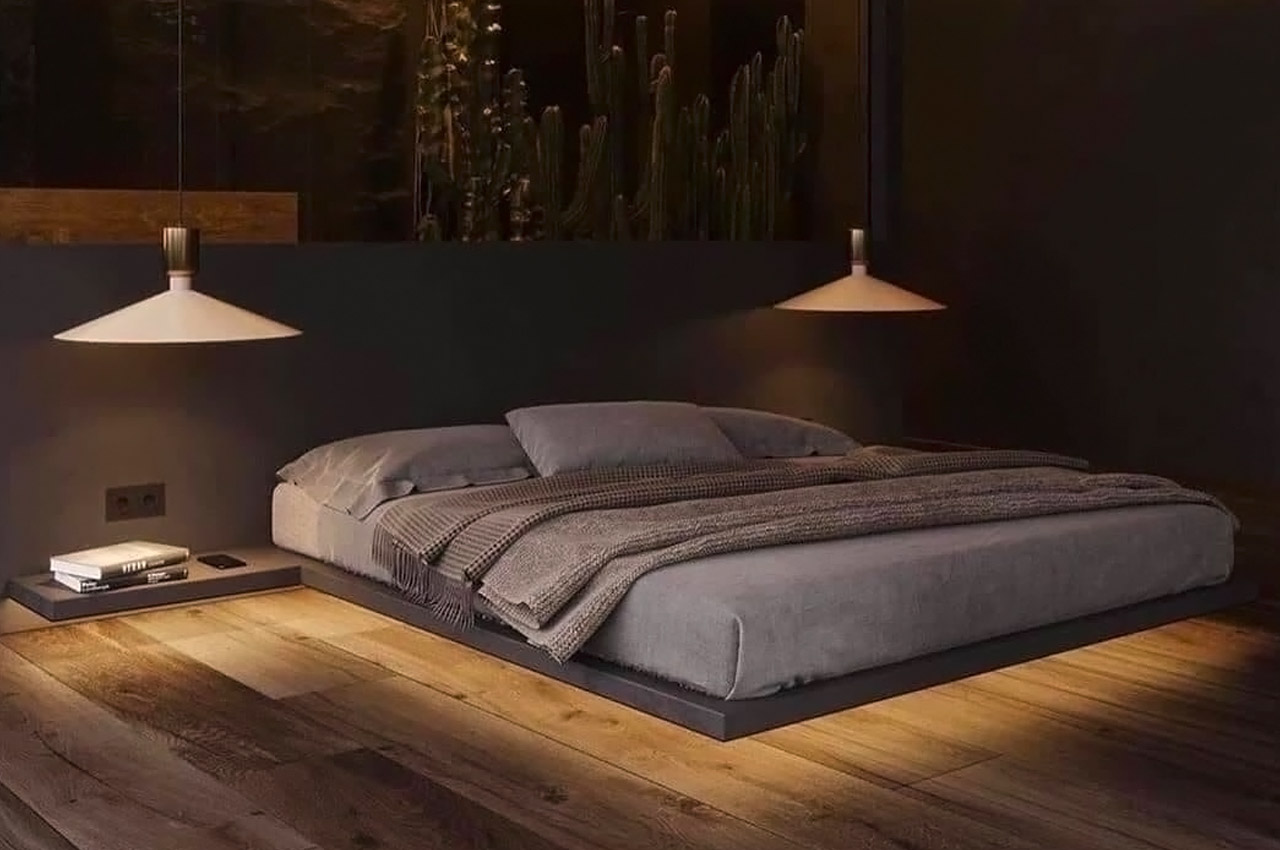
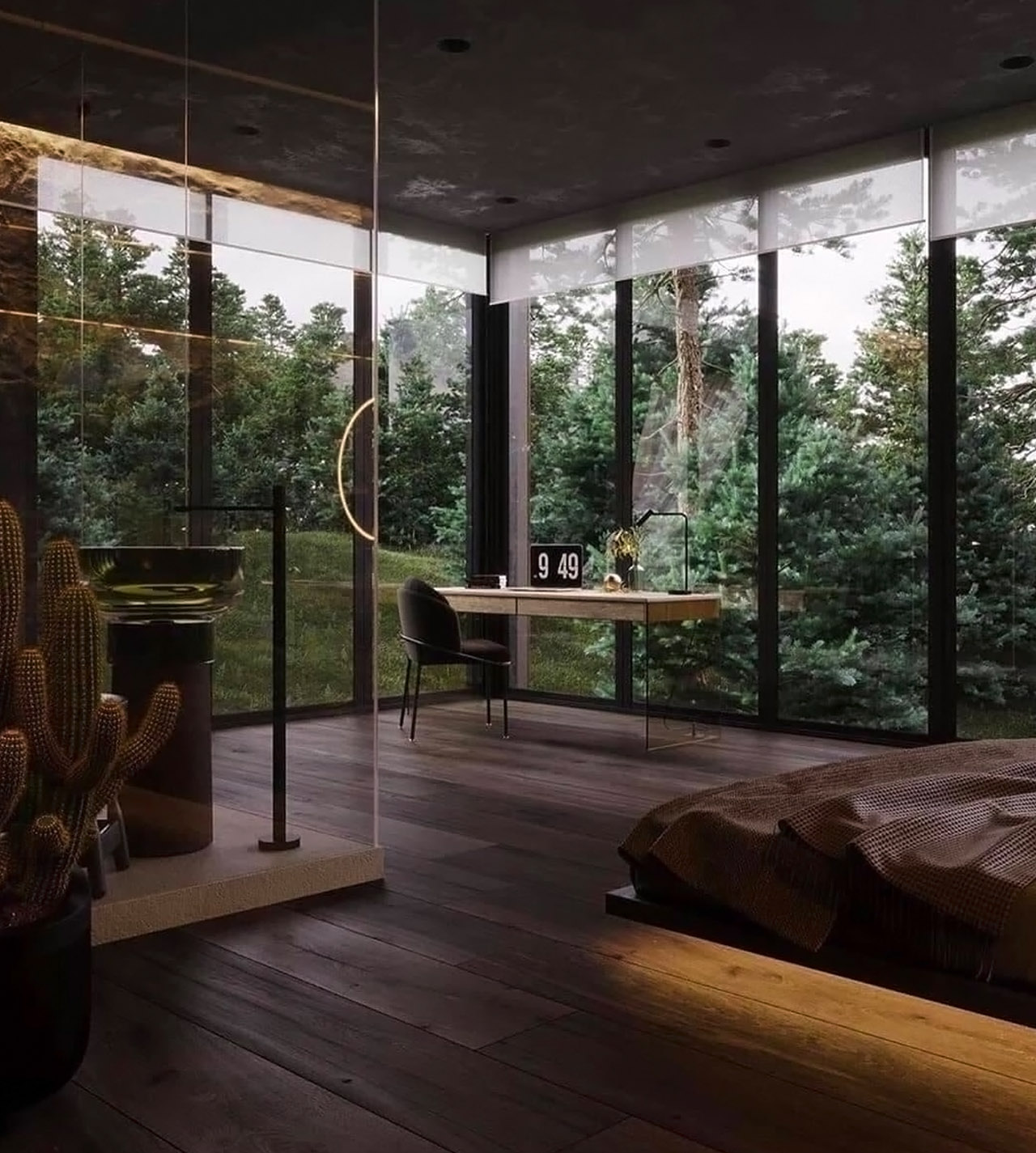
The most important and sacred space in our home is our bedroom! It’s our happy place, a space where we can simply sprawl on our bed and de-stress after a long day of adulting. I believe doing up your bedroom in the right manner is extremely essential to a peaceful mindset, and of course, the core focus on any bedroom is its bed. Floating beds have somehow crept into a lot of bedrooms these days. These beds quite literally float above the floor of the room, creating an open and airy effect, and making the bedroom seem much more spacious than it actually is.
Designed by Anna Kireeva, this bedroom in a house called ‘In The Woods’, is truly placed right in the middle of a forest! A floating bed is surrounded by floor-to-ceiling windows, that provide access to the woods around it, creating a space that feels large and open.
7. Flat-packed Furniture
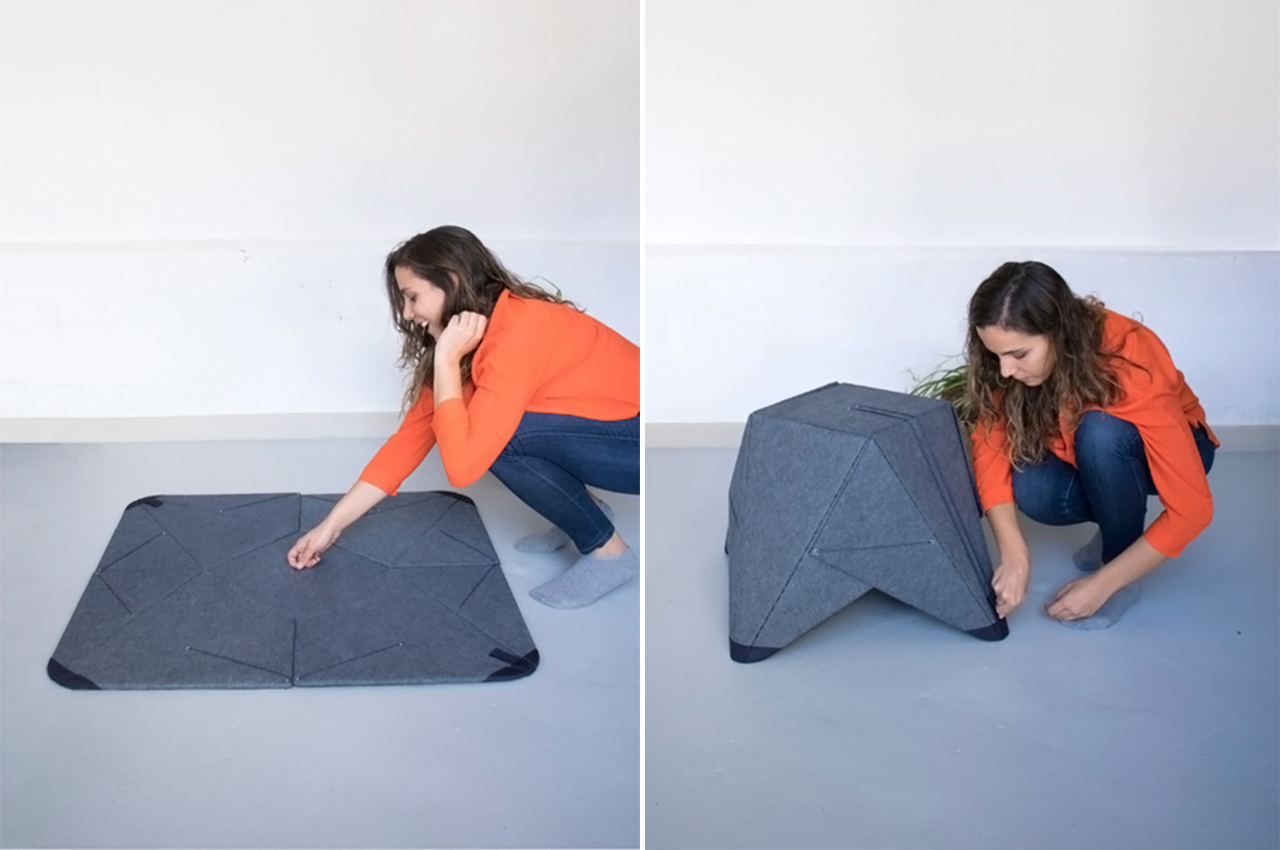
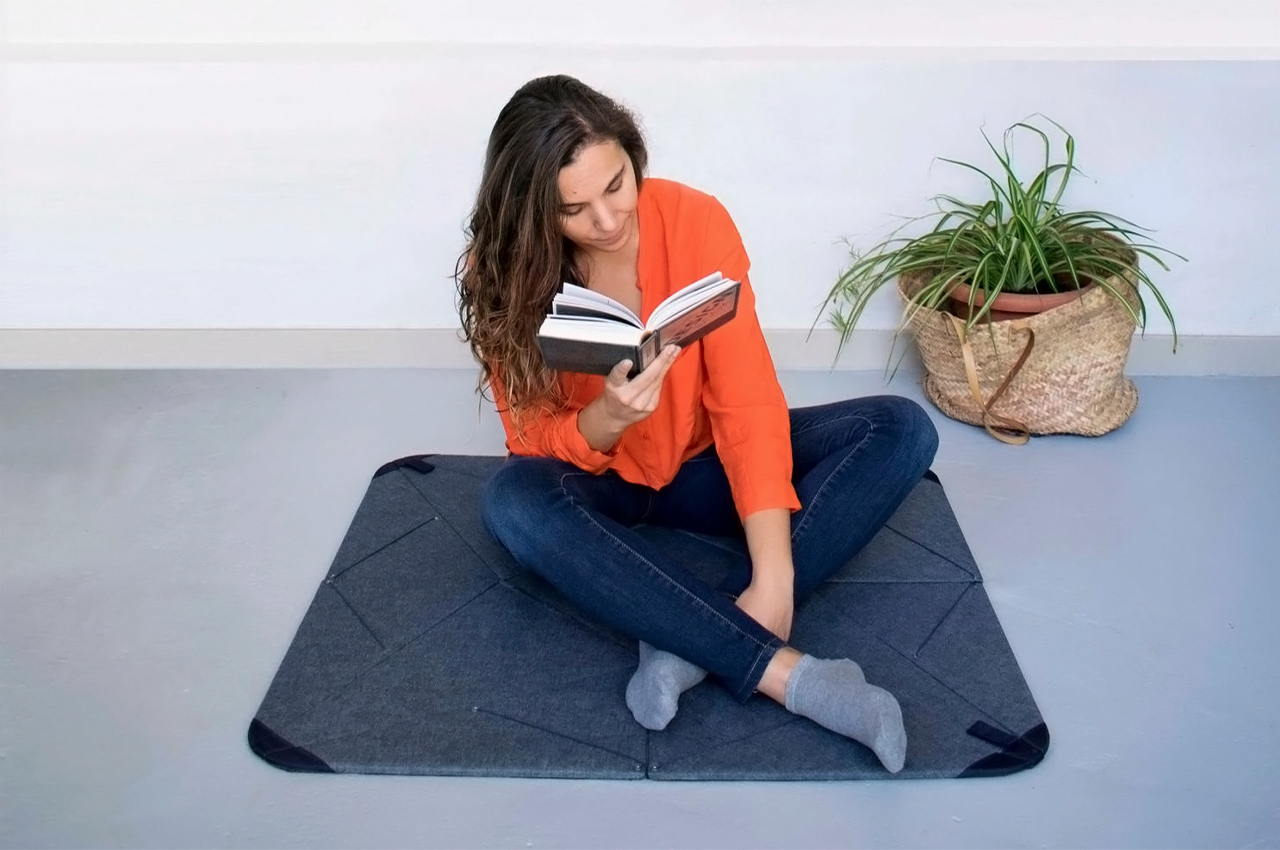
Flat-packed designs are really quite intriguing! They’re portable, easy to put together and occupy minimum space. And, this innovative technology is now being introduced to almost all kinds of product designs…including furniture! From foldable chairs to pet houses, there’s nothing that cannot be flat-packed. These designs, not only rate high on space efficiency, but also eliminate the usage of heavier space-consuming designs. They are definitely functionally and ergonomically beneficial, but they also possess minimal and clean aesthetics, that allow them to harmoniously blend with any living space. Flat-packed furniture is also a major boon when you’re moving houses. You can easily ship all your furniture from one home to another, without having to do any heavy lifting and carrying. Flat-packed furniture designs are truly the future!
In the unfolded position, FLUP works like a conventional mat or rug on which we can sit or step without interrupting the movement of people through the space. It transforms from plane to volume, from floor to space while changing the function with its shape. In the folded position, it works as a piece of minimal furniture – it can be used as a pouf, an auxiliary seat, a footrest, a nightstand, etc. It is a perfect example of space-saving furniture. What makes it better is that there is no assembly required, it is a singular element that transforms with folds into another object like origami.
8. Minimal Furniture
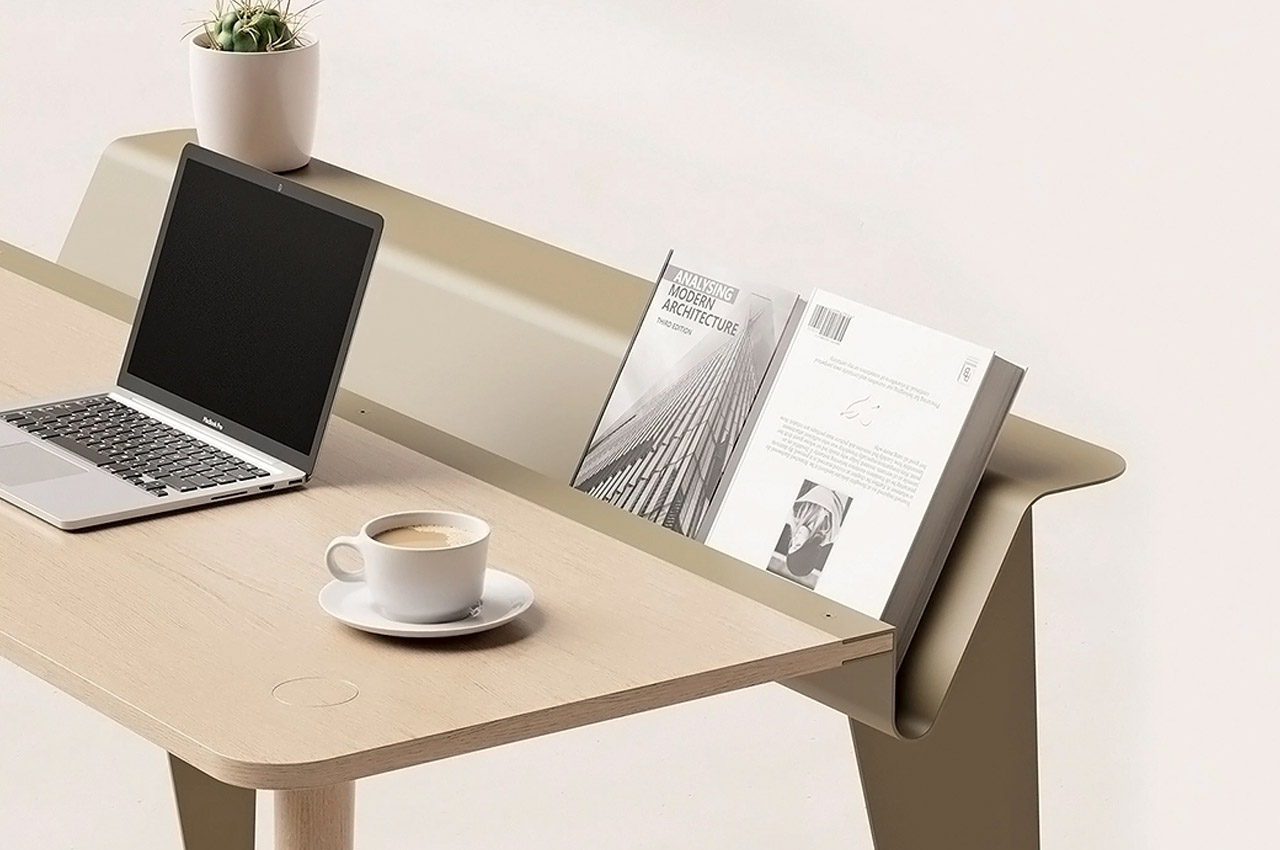
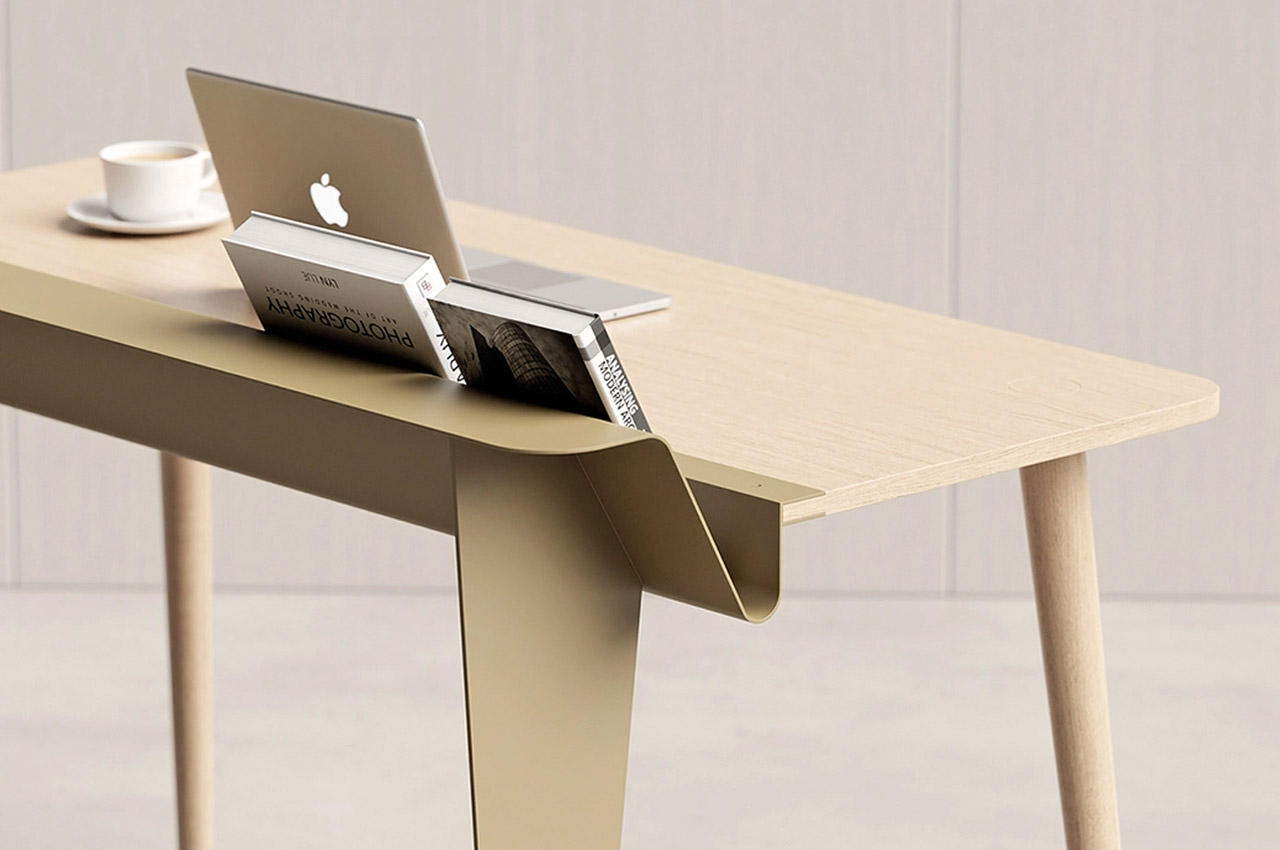
I absolutely love minimal furniture designs! A subtle and simple piece of furniture can truly complete a room. It can be the final piece that makes a space come full circle, building a comfortable and cohesive haven, rather than a random area. Furniture pieces make or break a home, they add to the essence or soul of a home, hence one needs to be extremely picky while choosing a furniture design. The design should be a reflection of you, and what you want your home to be. When you place a piece of furniture in a room, it should instantly integrate with the space, creating a wholesome and organic environment. And I believe minimal furniture designs do exactly that!
The Piano desk gives that traditional piano design a nod by incorporating it into your familiar wooden desk with some additional inspiration from the Standard chair by Jean Prouvé that elevates the minimal piece. The Piano desk created so the designer could experiment with a hybrid material selection and play with interesting visual contrasts. On the one hand, we have metal which is a cold material that is beautifully balanced by the warmer wood. On the other hand, the same metal which allows for a slimmer silhouette is given the sturdiness with the addition of wood. The key factor in the briefing was to design a product with a democratic approach. That is how the minimal desk without any complex production processes was born while still featuring a small design element that other minimal desks didn’t have – the dipped shelf!
9. Furniture with Hidden Details
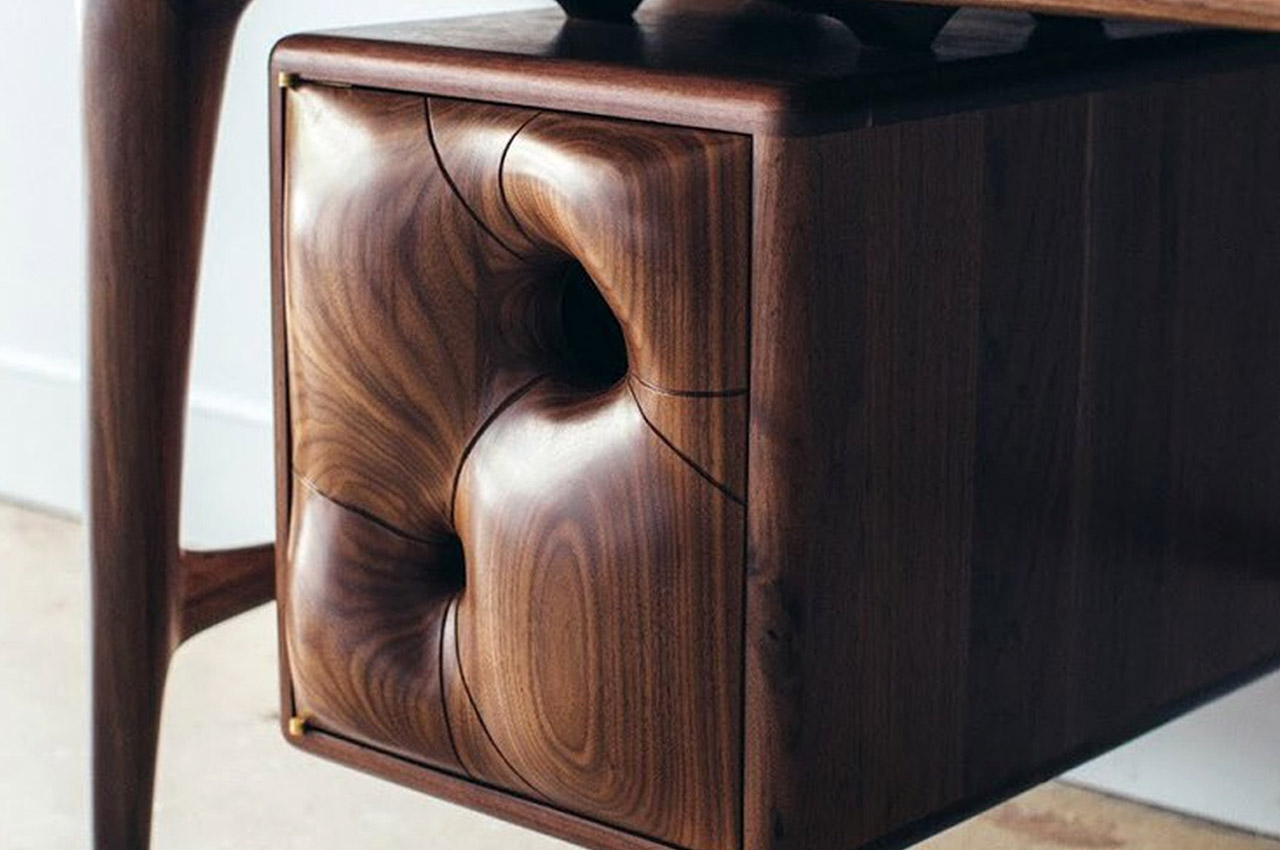
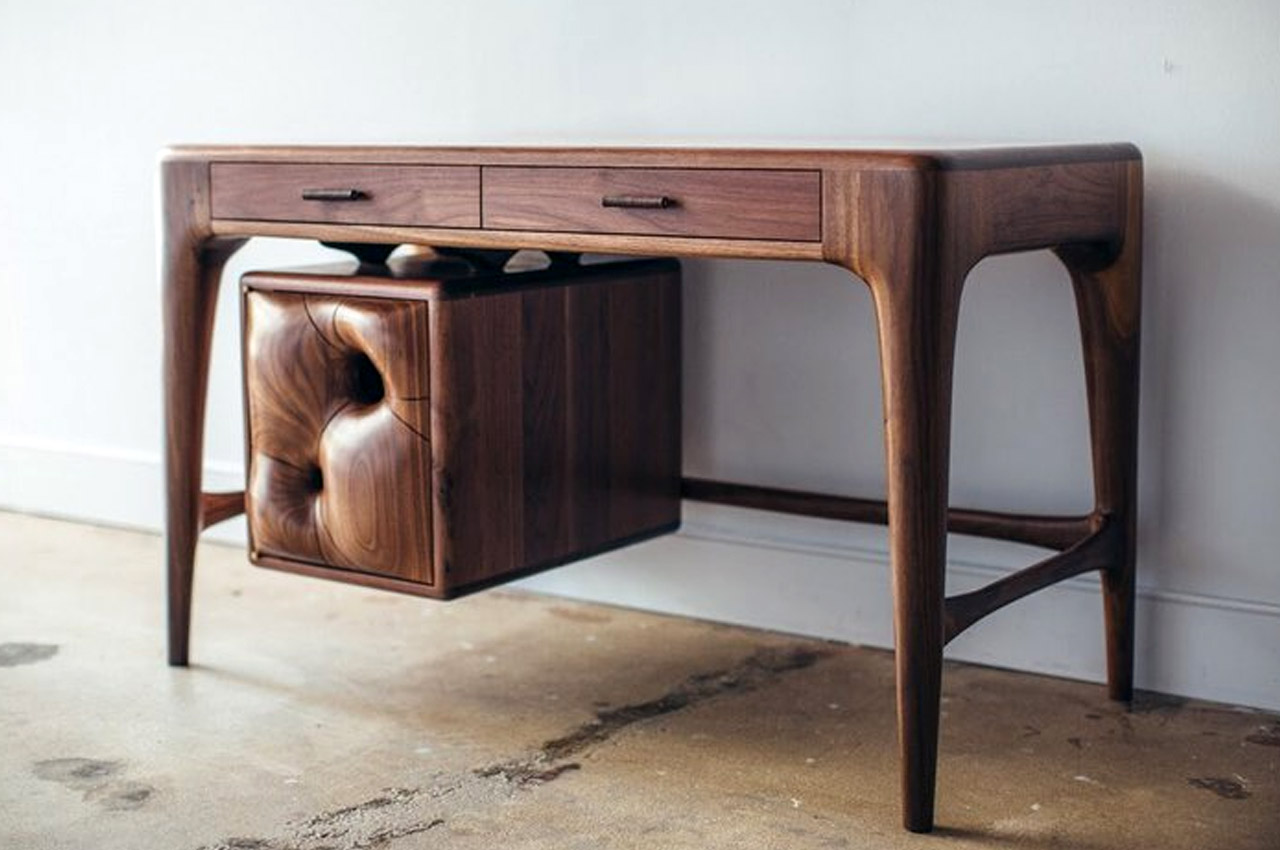
Designed with extreme attention to detail, overflowing with love and care, and not only aesthetically but functionally pleasing, furniture designs with hidden details are an invaluable addition to your living space, making you feel truly at home. These furniture designs not only feel like pieces of art but also touch your heart. Once you settle on to them, or place your favorite book upon them, or simply brush past them, you instantly feel “Ah, I’m home!”
Designed by Casey Johnson Studio, the Billow Desk is a majestic wooden desk. Its most intriguing detail would be the shelving space, below the tabletop, which is billowed out from the front. It’s a storage unit that instantly calls for attention, and is at a distinction from the usual storage designs.
10. Cardboard Furniture
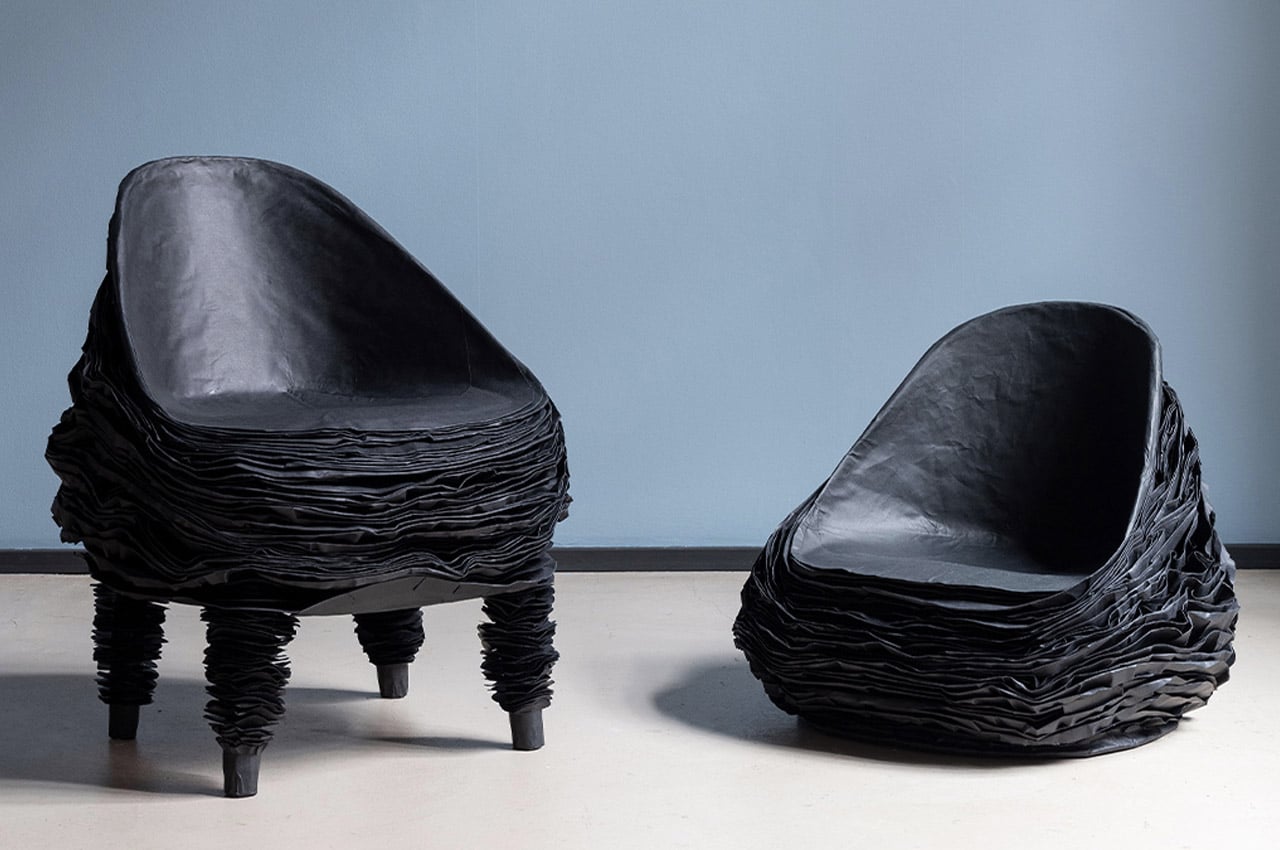
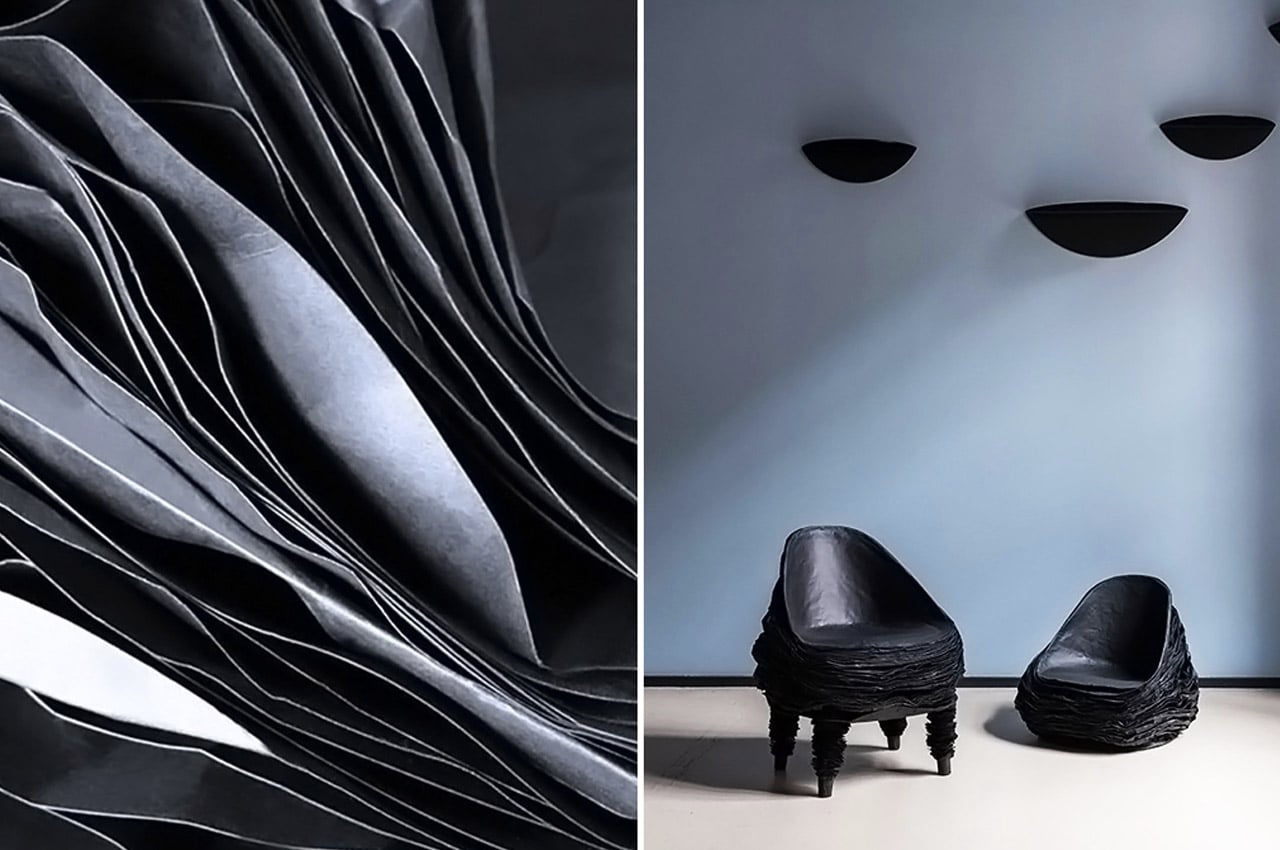
We always associate furniture with being built from traditional materials such as metal, wood, or plastic. And, although these materials create fantastic products, I do wonder if they are the most sustainable and efficient option out there. A material that furniture designers have been recently venturing into is…cardboard. Cardboard is great for building sustainable furniture, as these designs tend to leave a minimal carbon footprint, and are recyclable and biodegradable as well! Not to mention product designs crafted from cardboard tend to be light, portable, and also easy to assemble.
Every piece of furniture that Kibardin makes is one of a kind, there is no mold and he shapes them all himself. We are now moving towards a sustainable lifestyle but Kibardin has been doing this for over 25 years – he has successfully recycled 2000 pounds of cardboard which is equivalent to saving 17 trees into sustainable furniture. To put it into perspective, 17 trees absorb 250 pounds of carbon dioxide each year and we need to ramp up the materials we use in design so that they serve a functional purpose while also contributing to slowing down the climate crisis. Using sustainable construction materials like paper and turning it into furniture that is stylish, modern, and eco-conscious is the future of long-lasting interior design.
The post Top 10 furniture trends of 2022 first appeared on Yanko Design.
